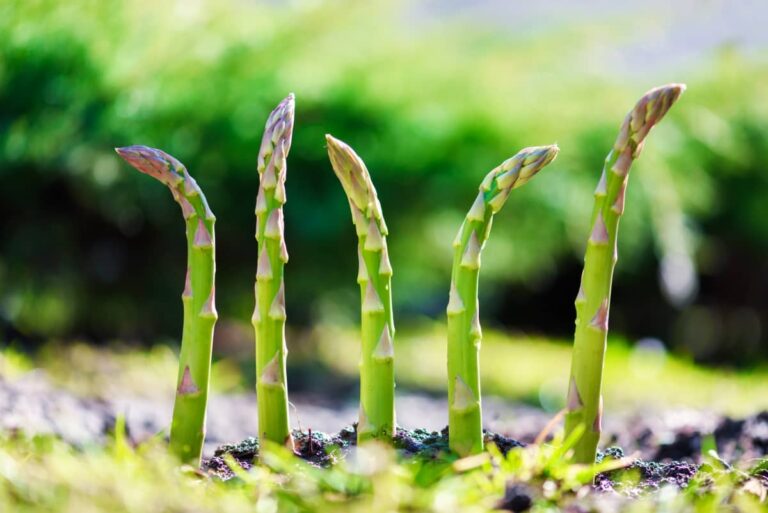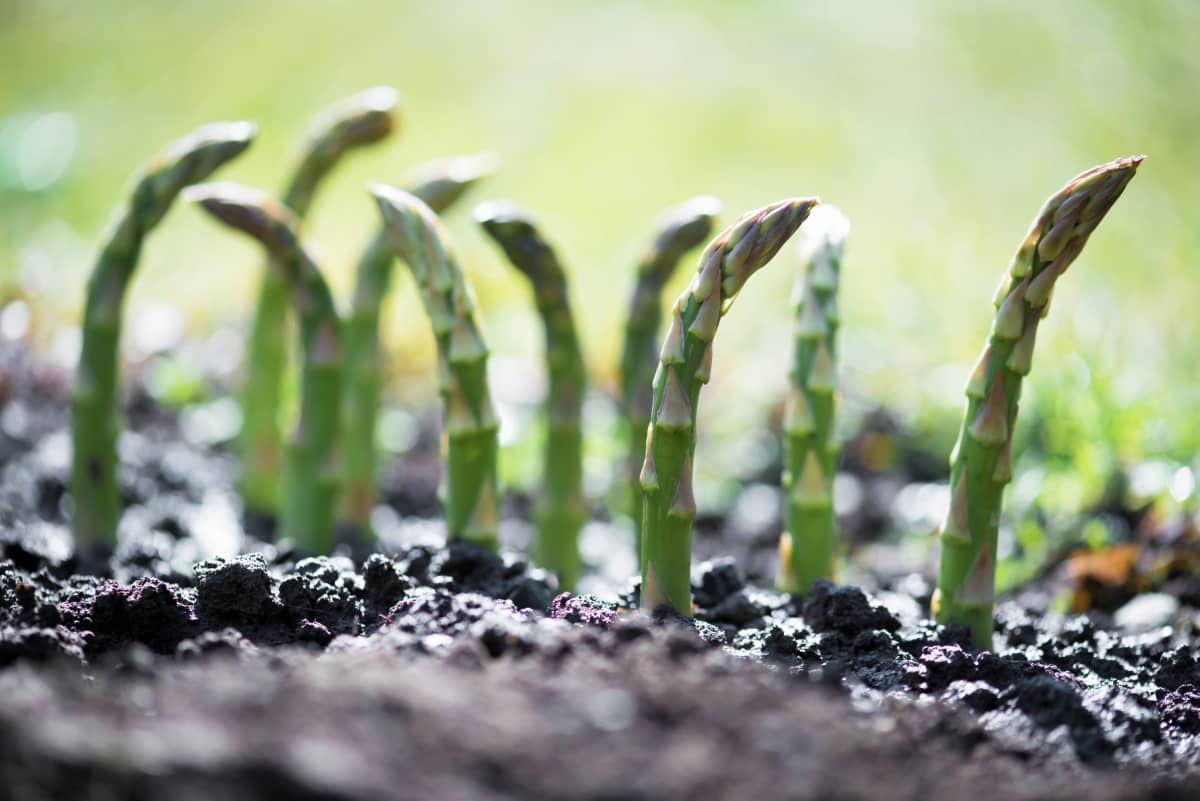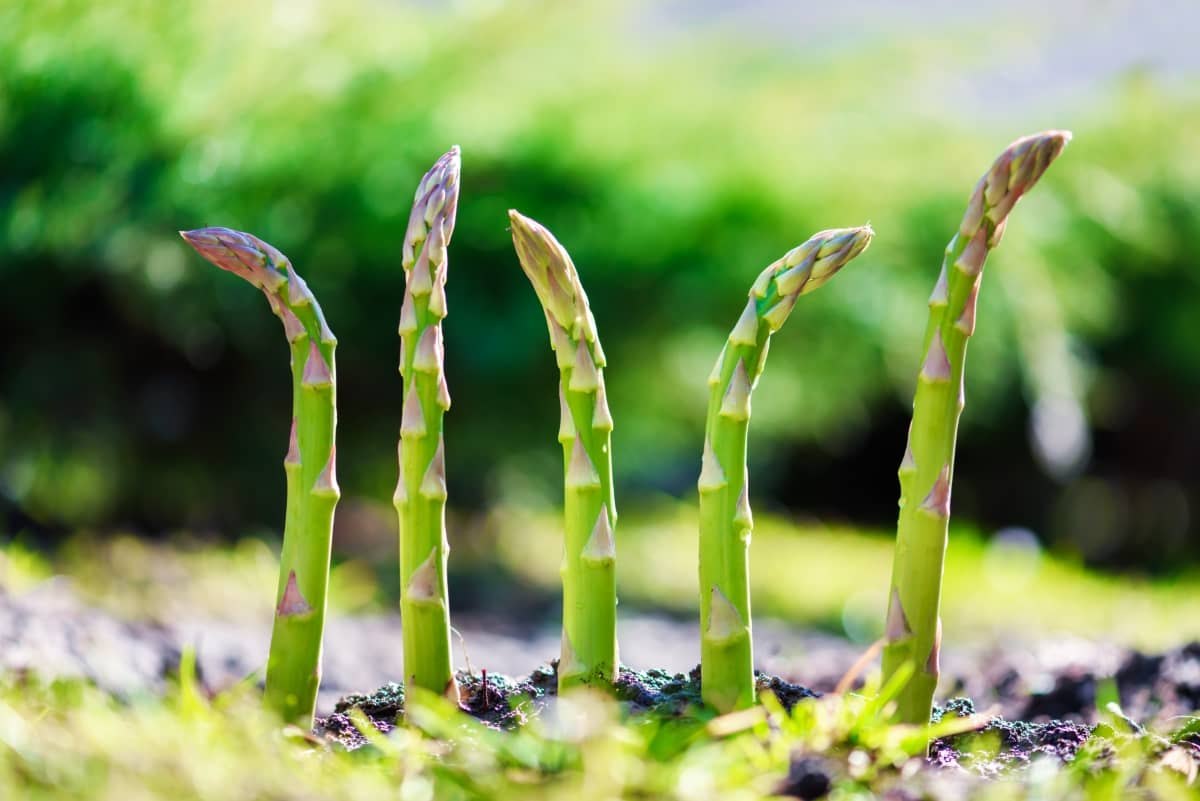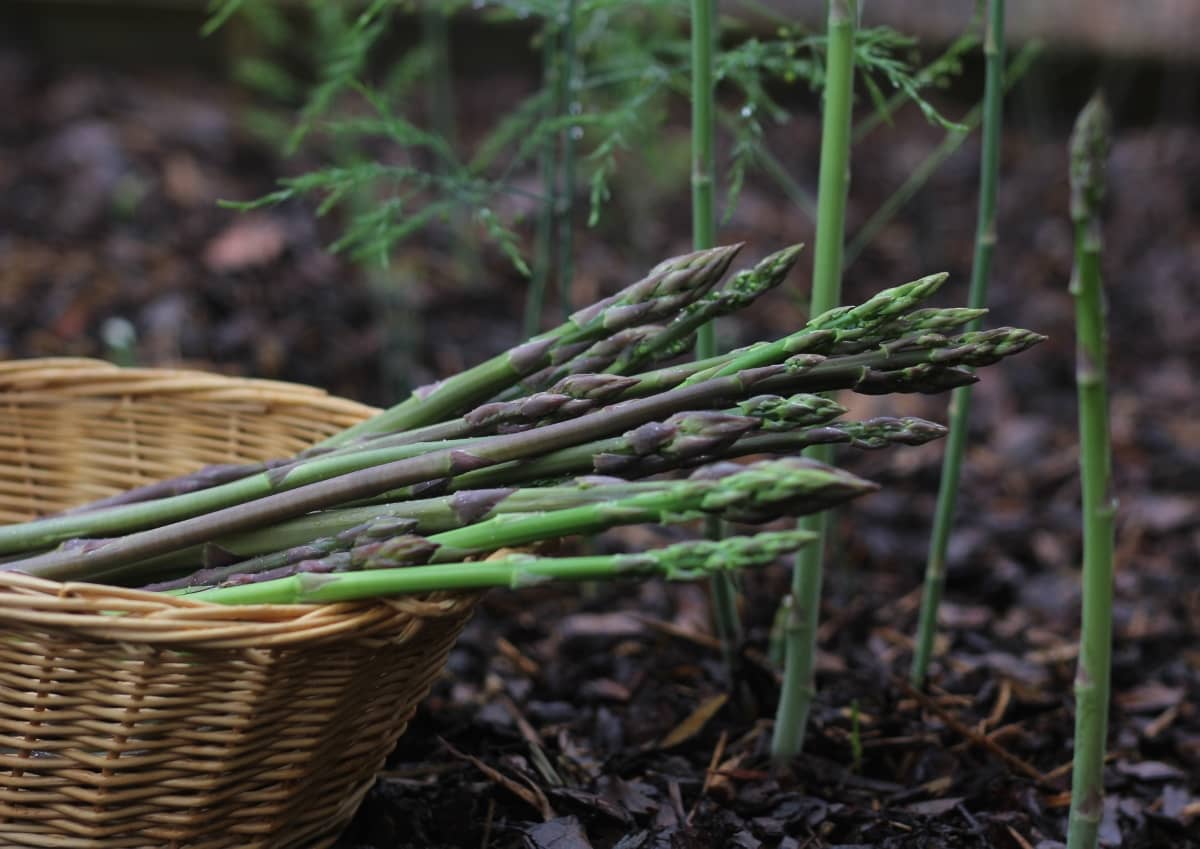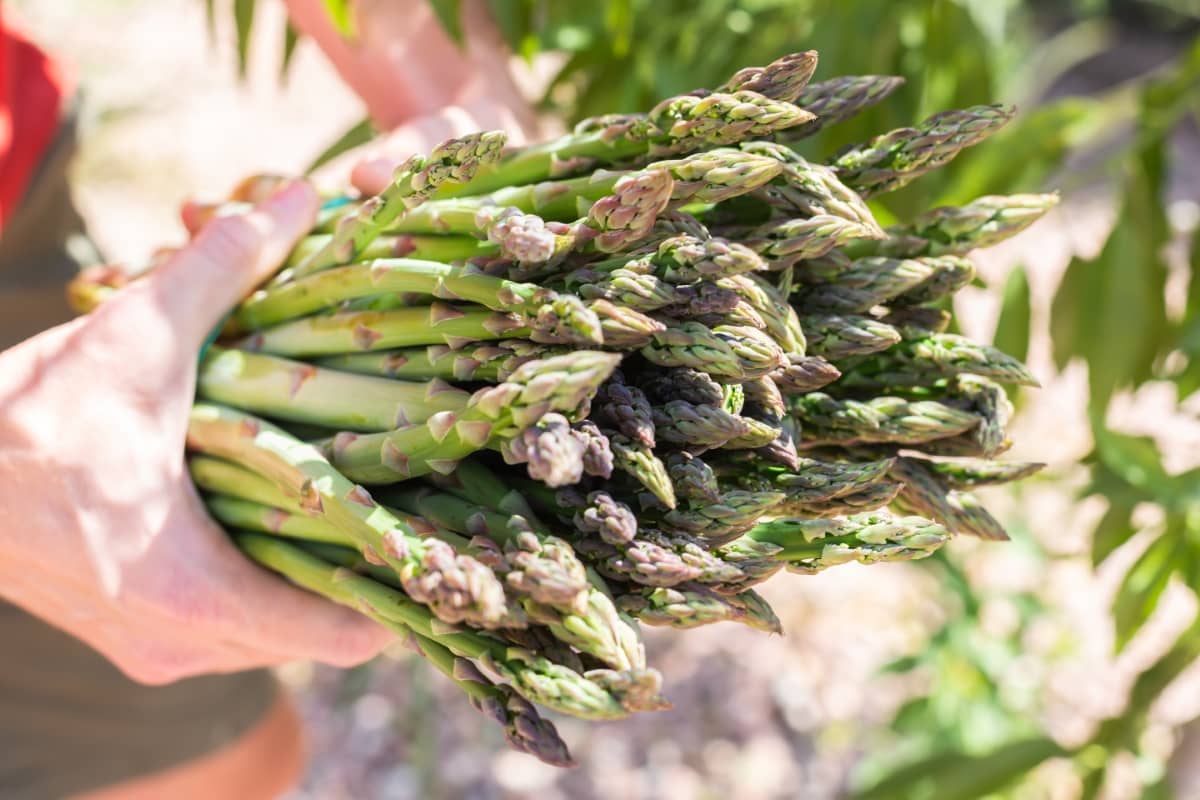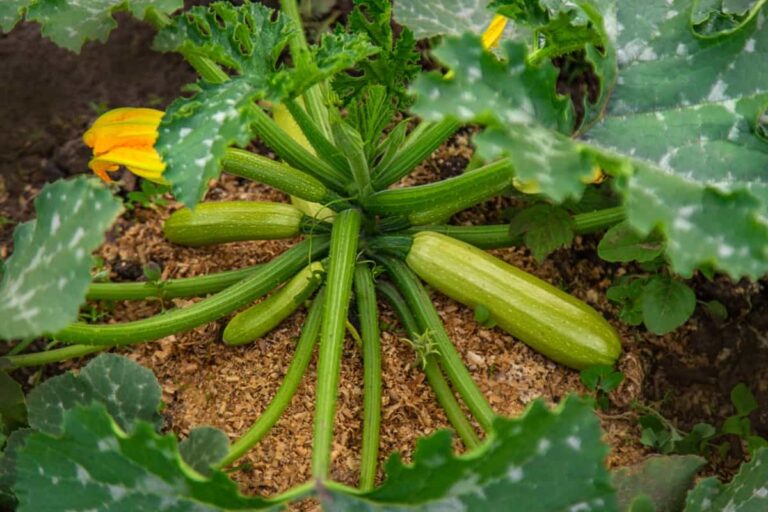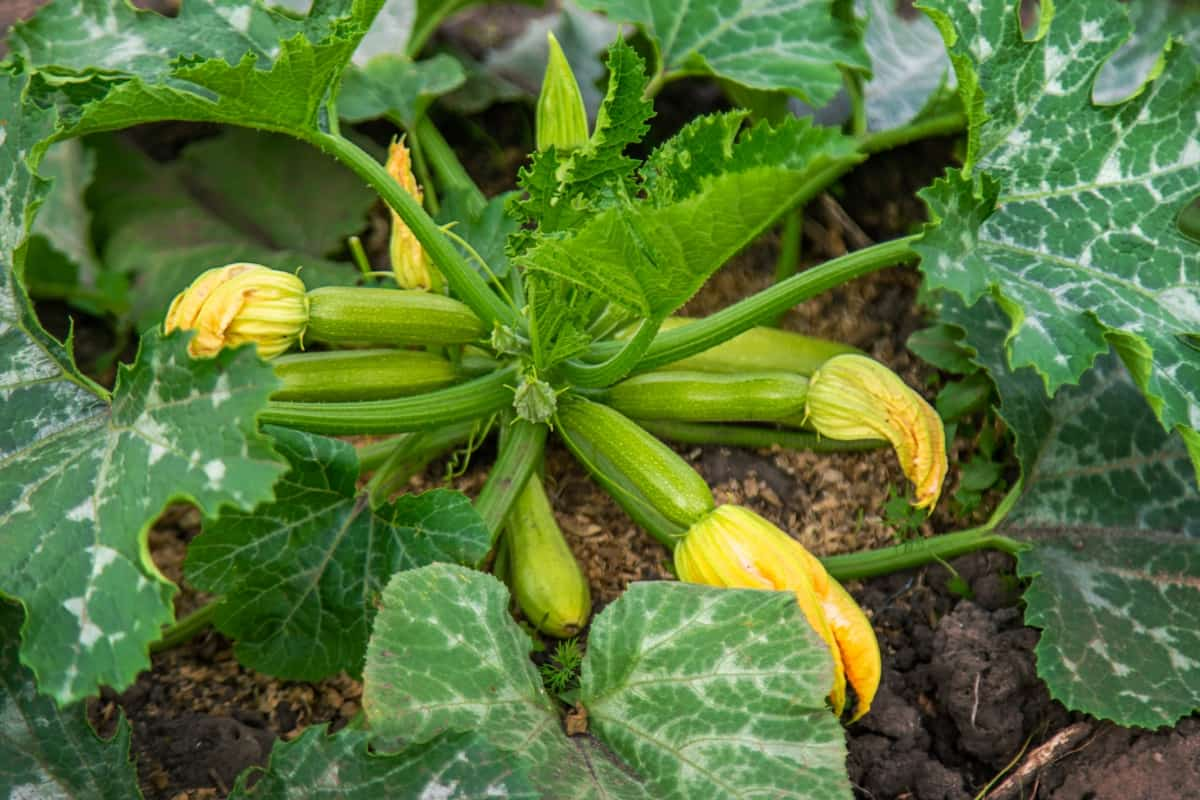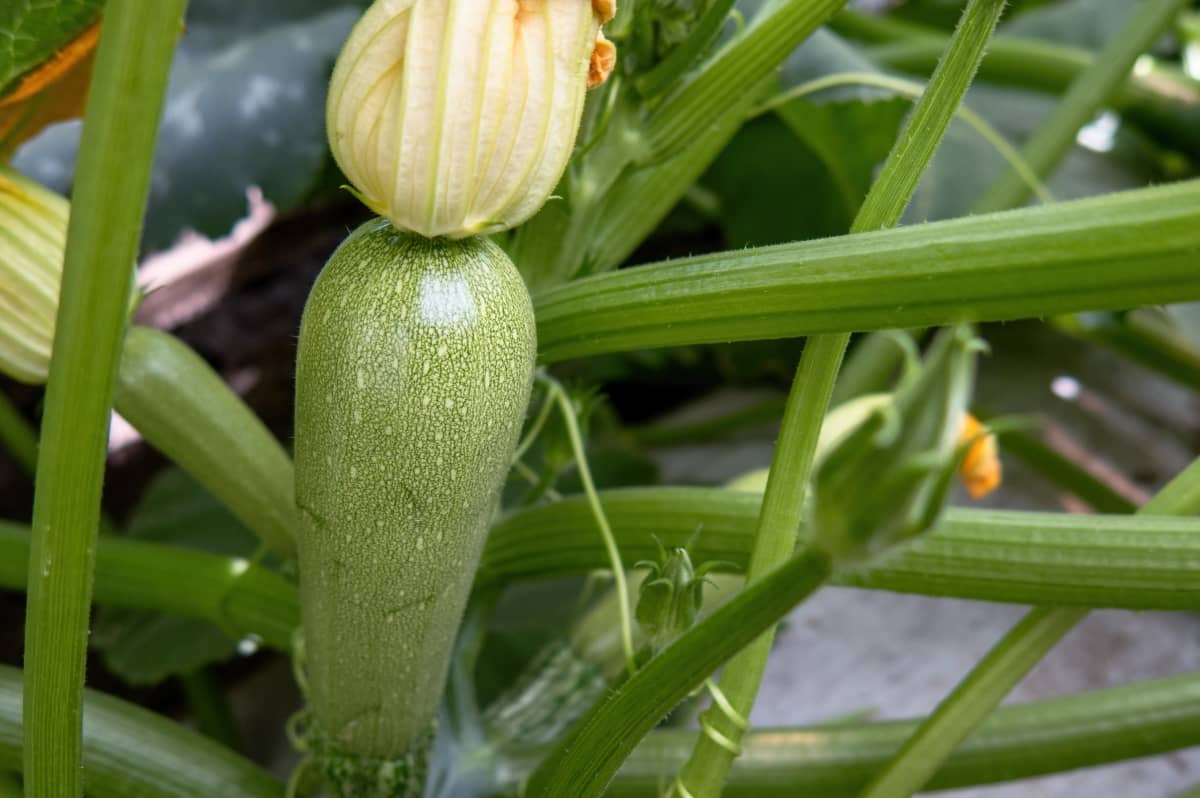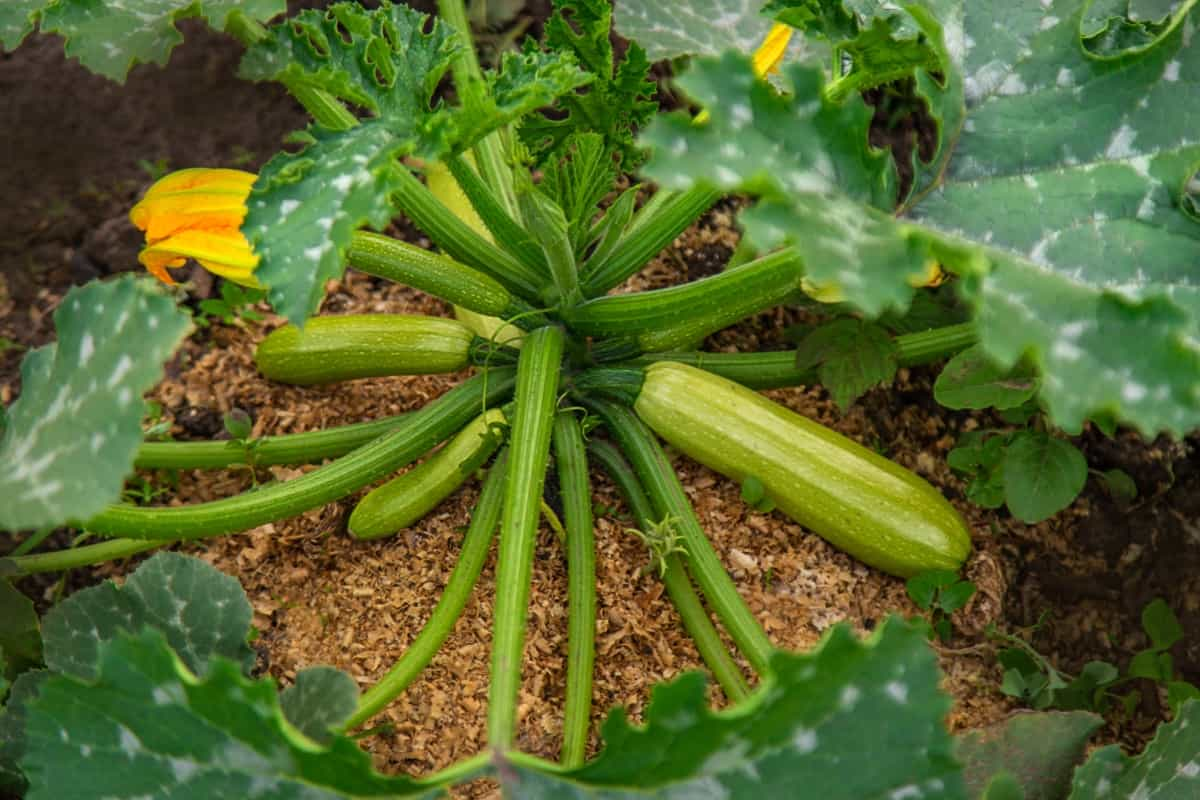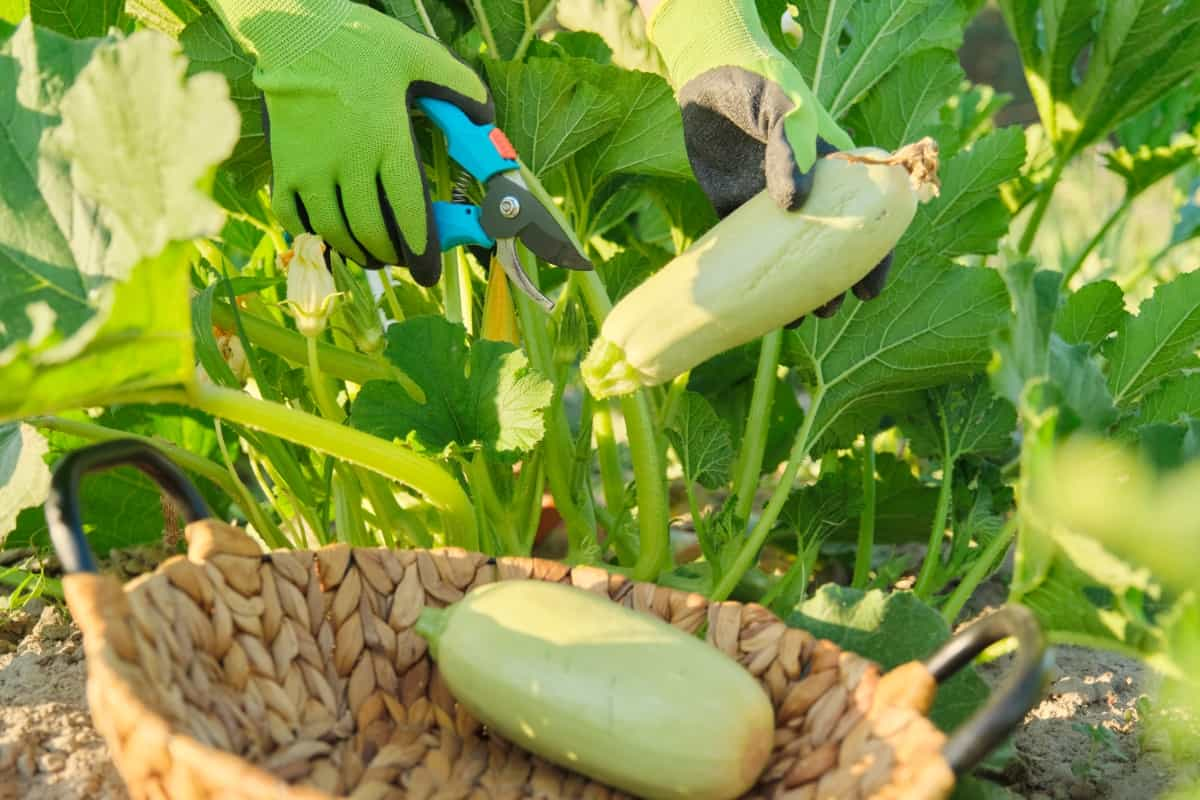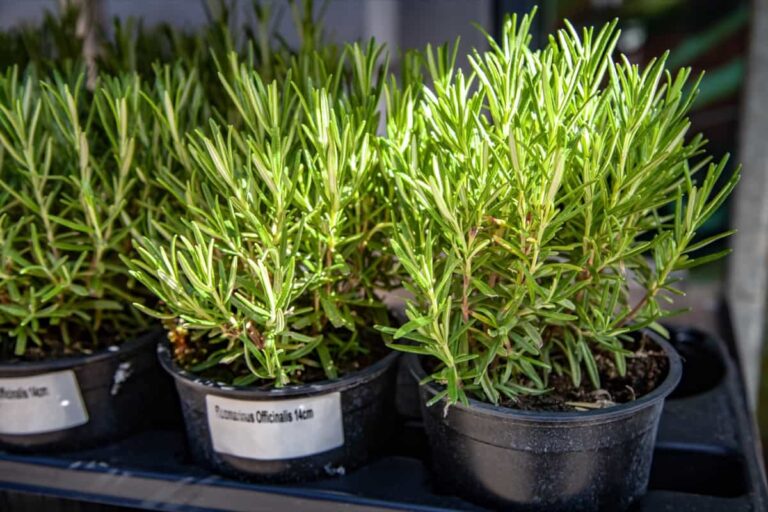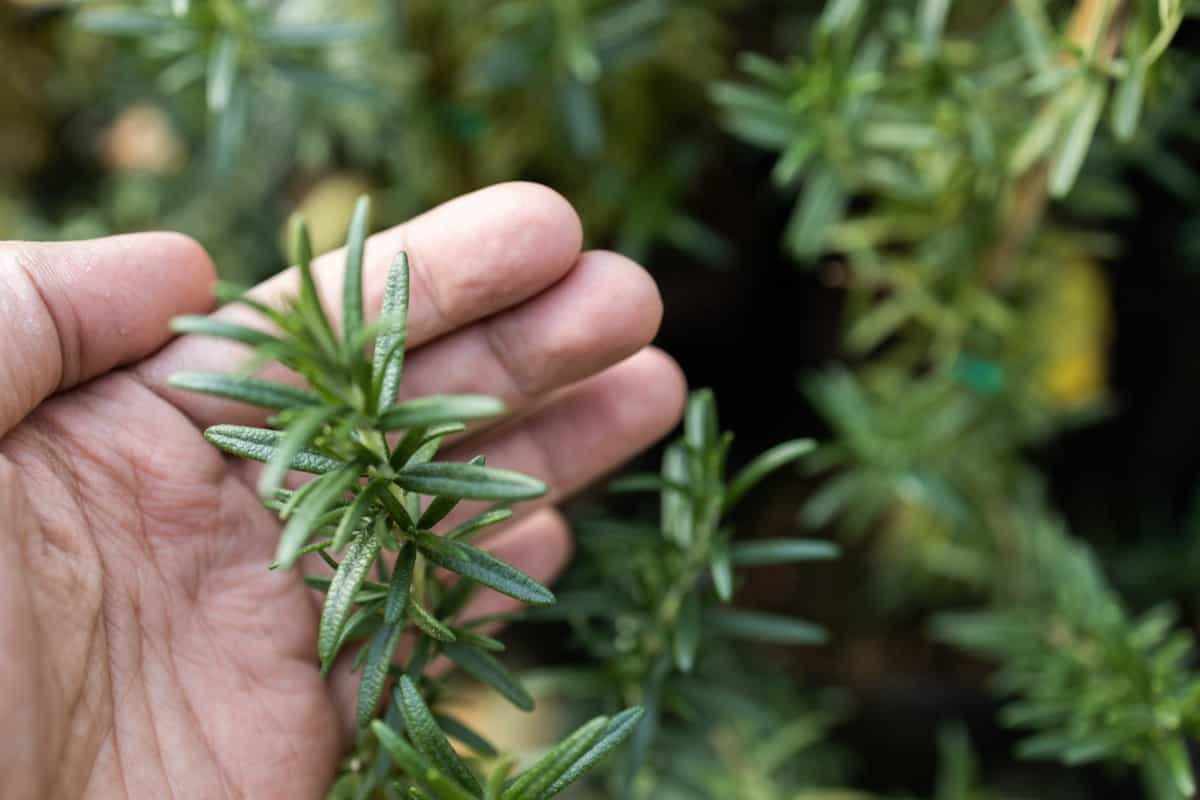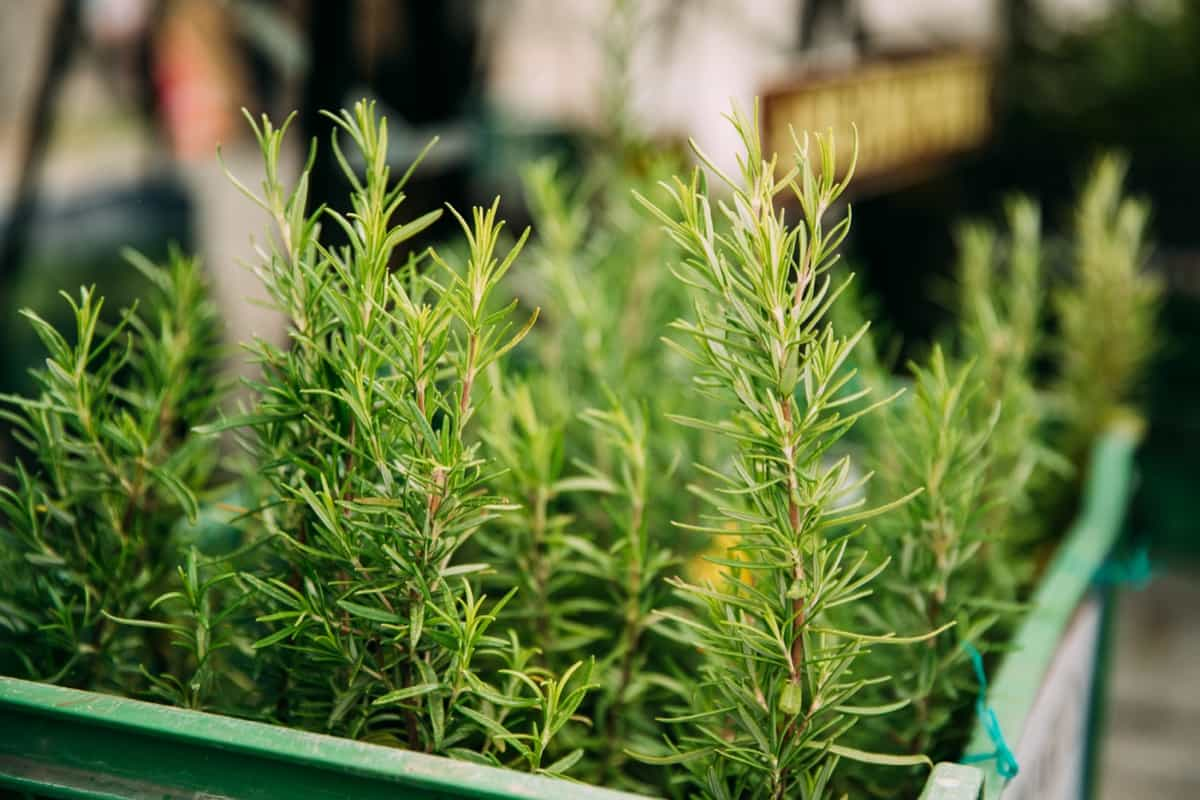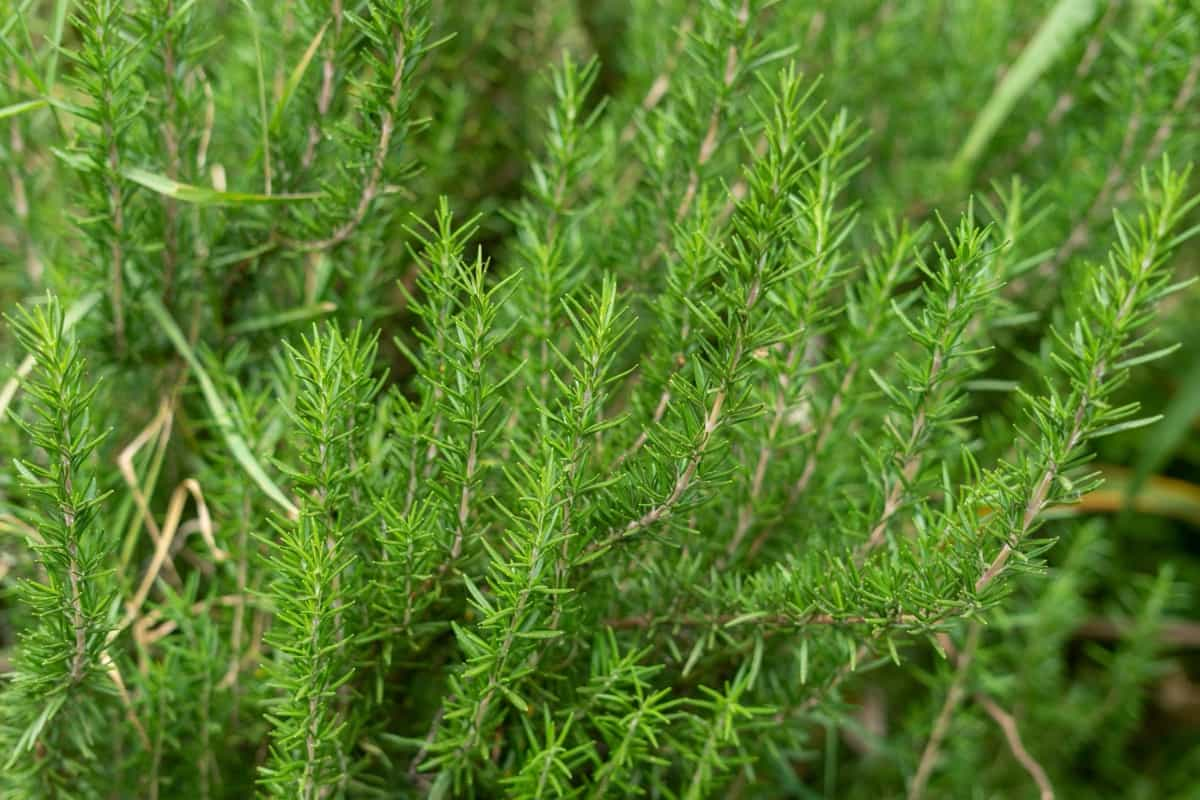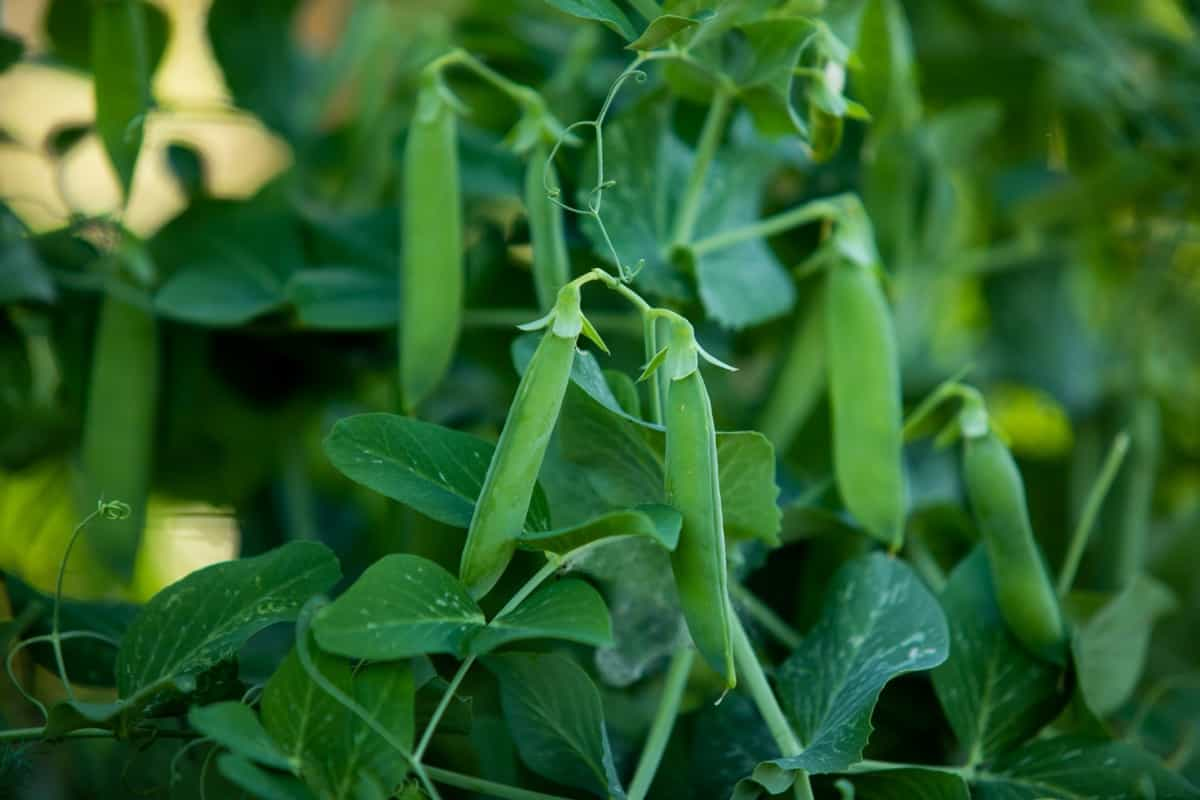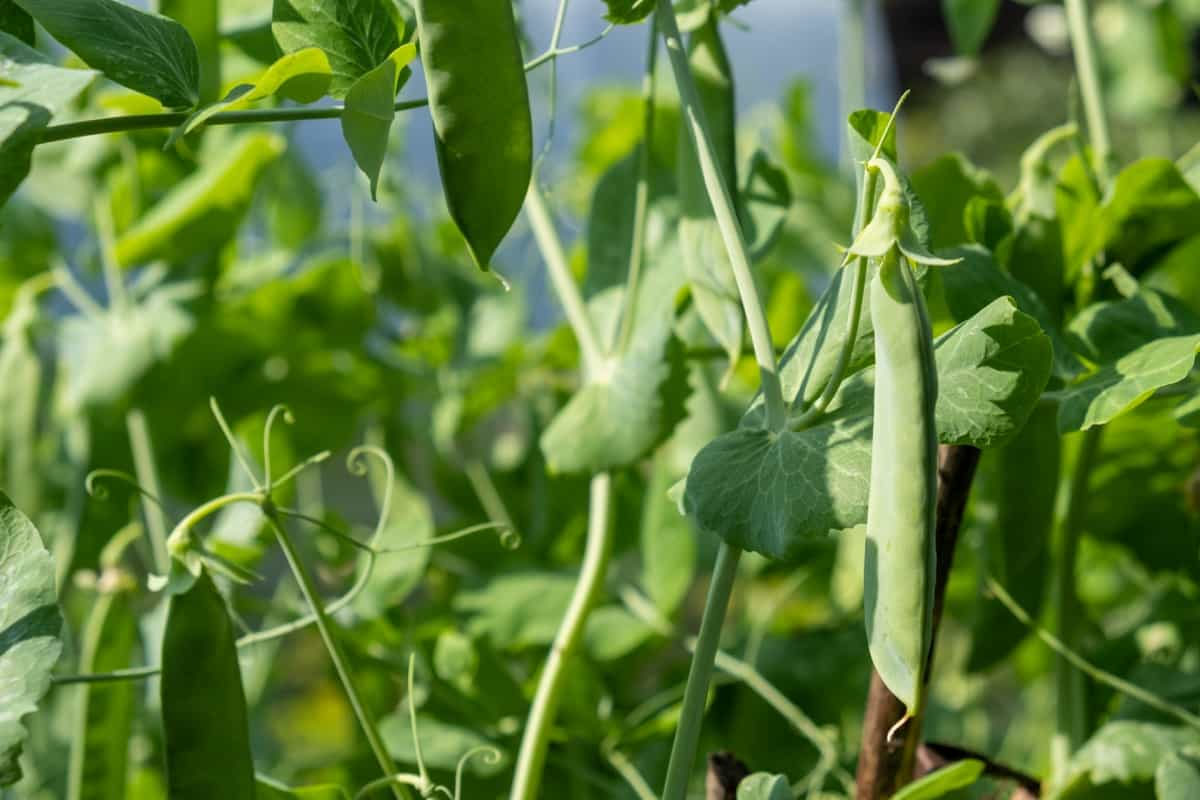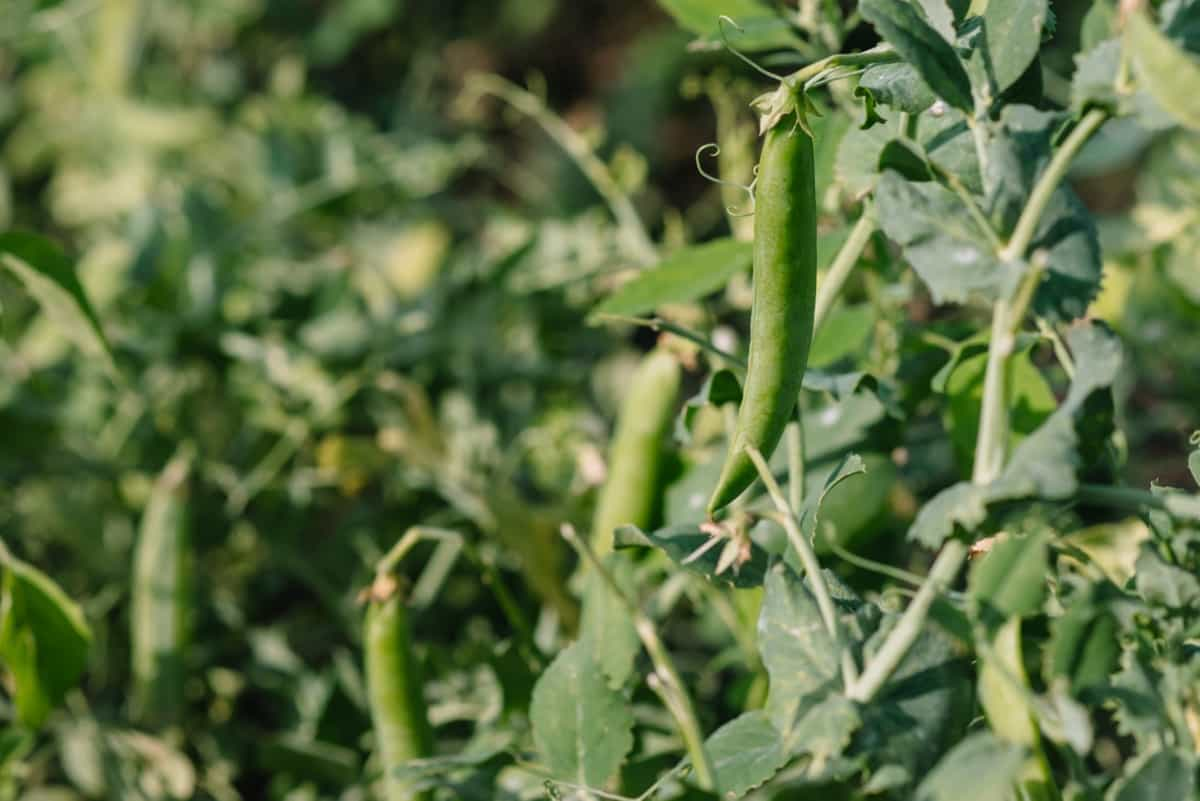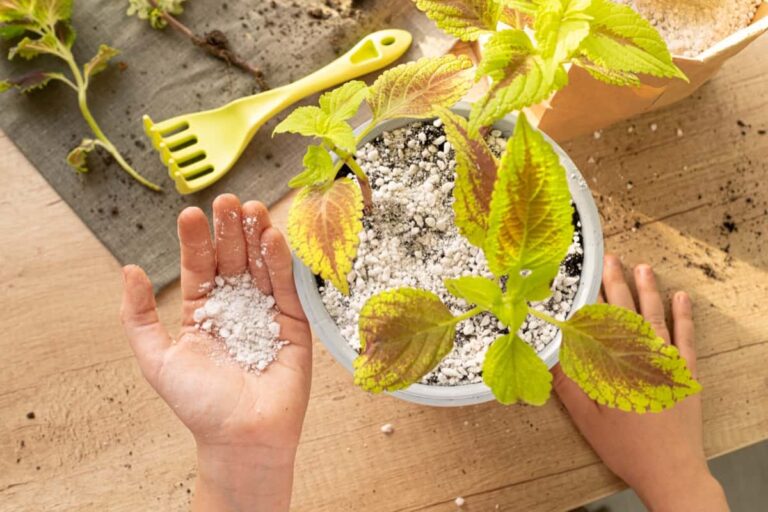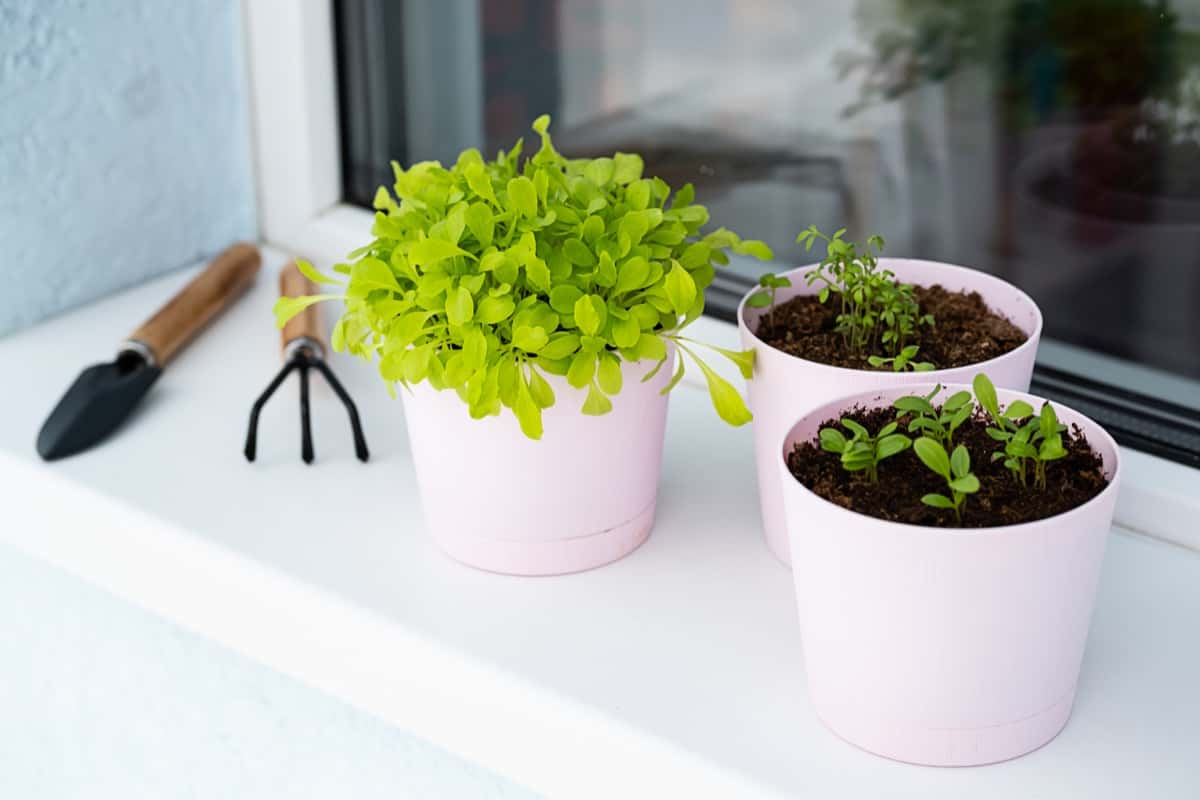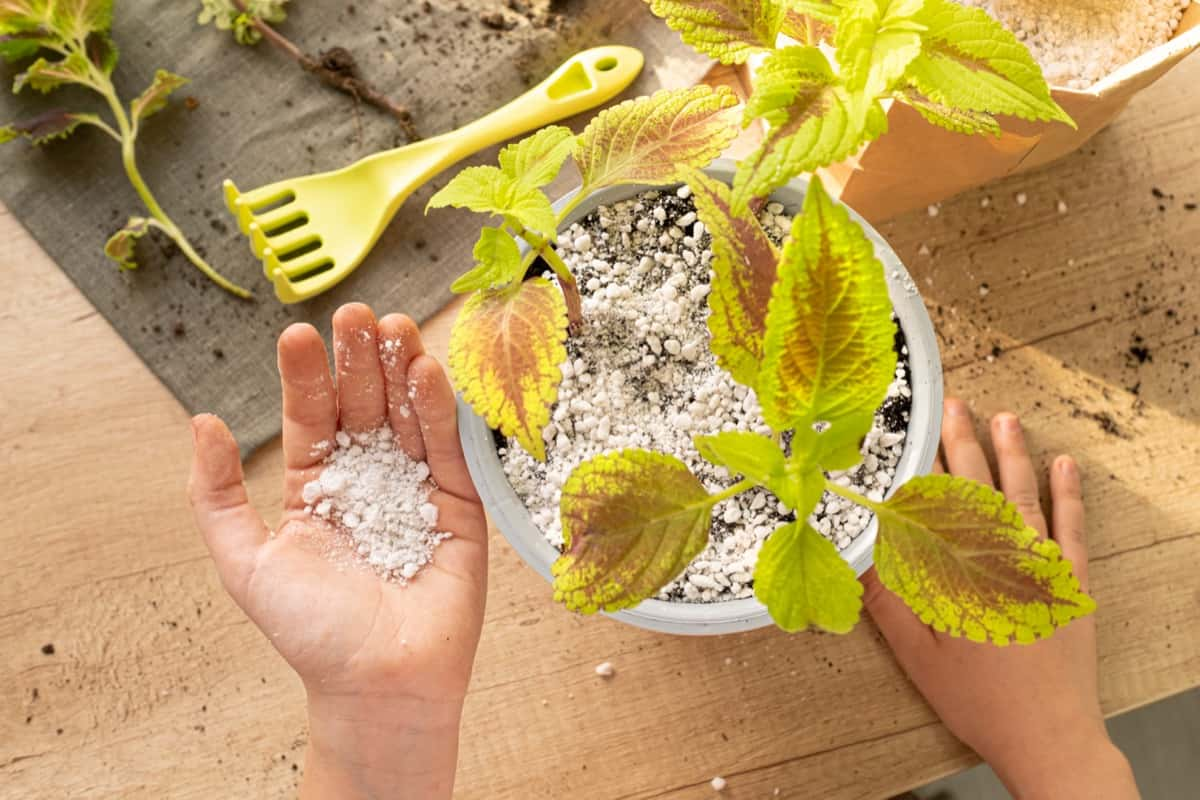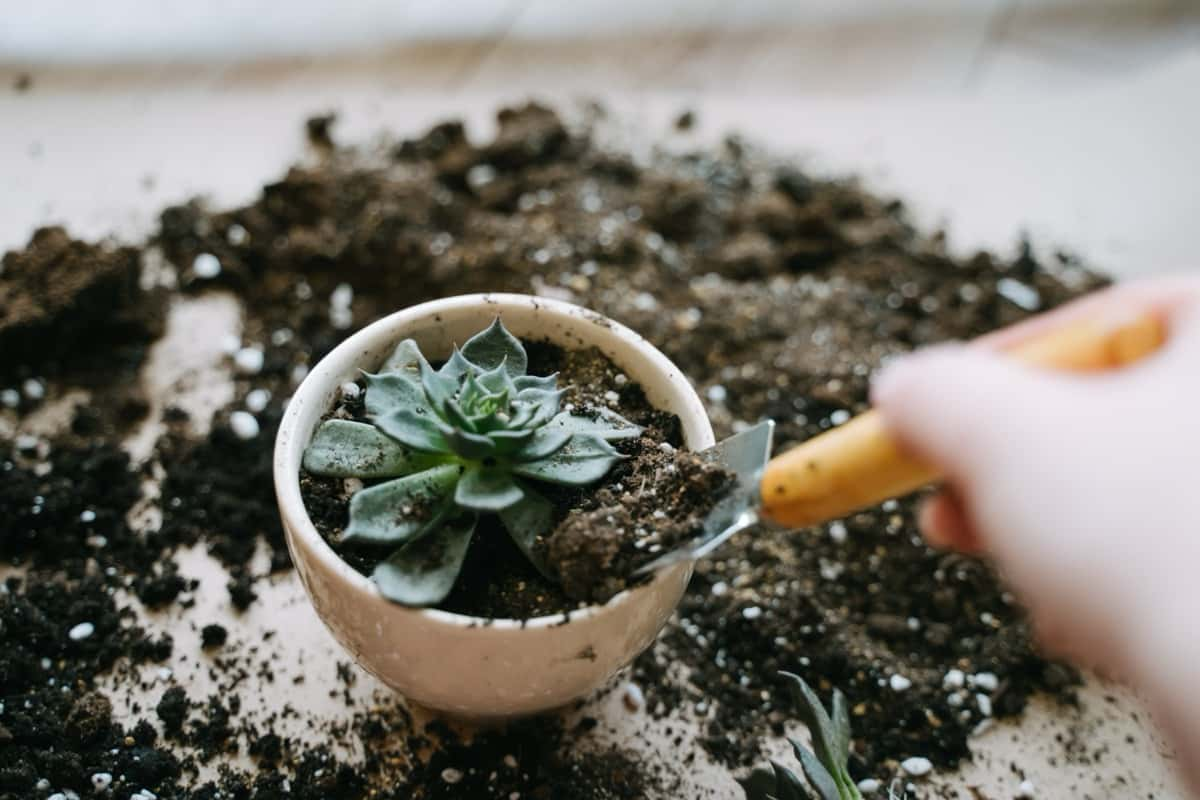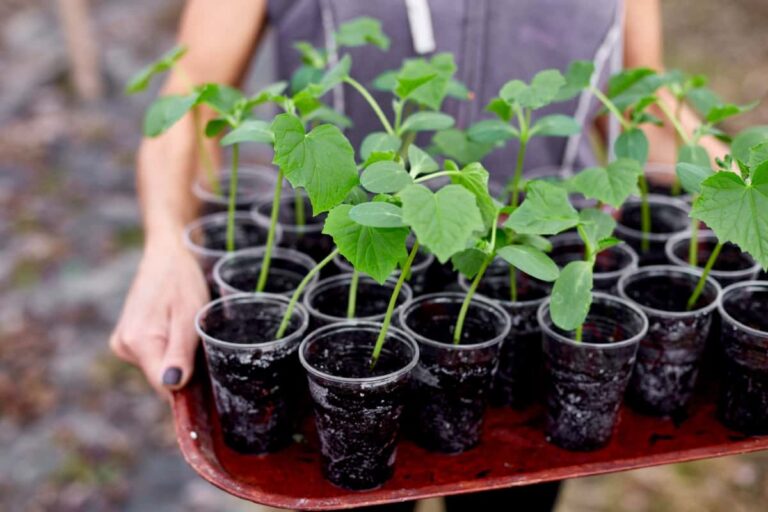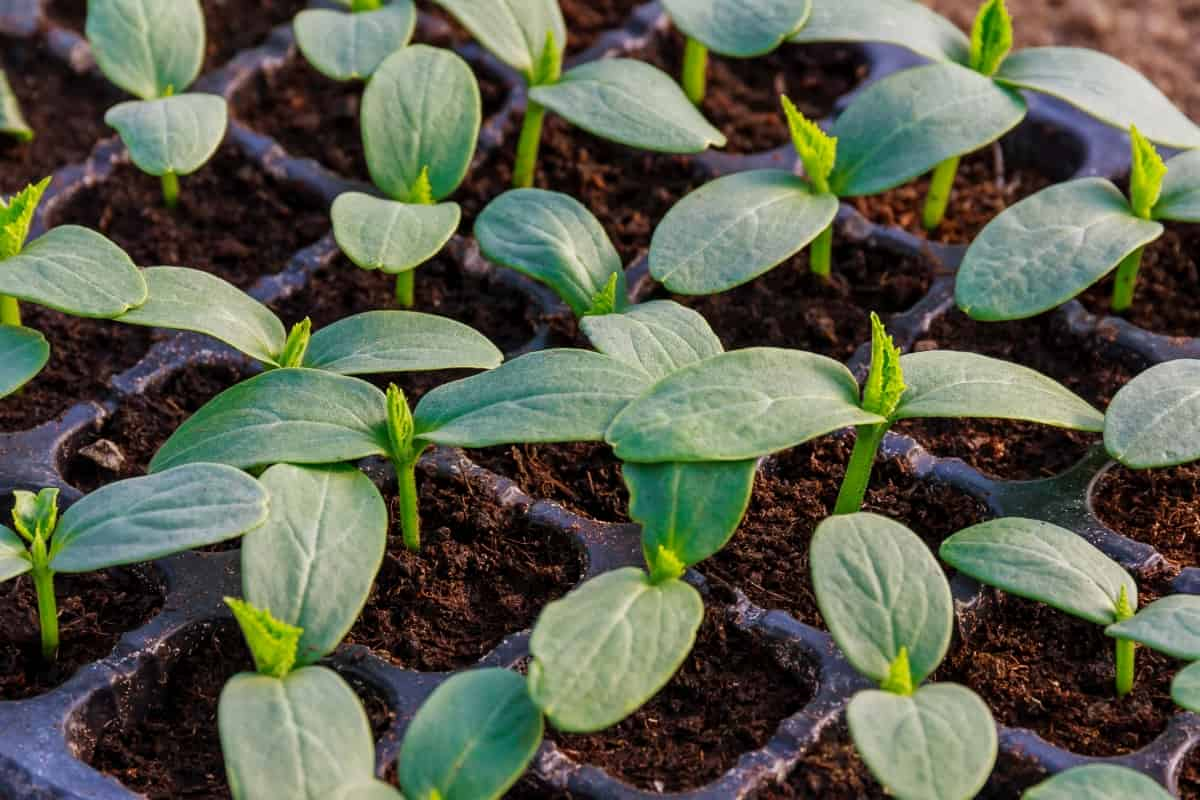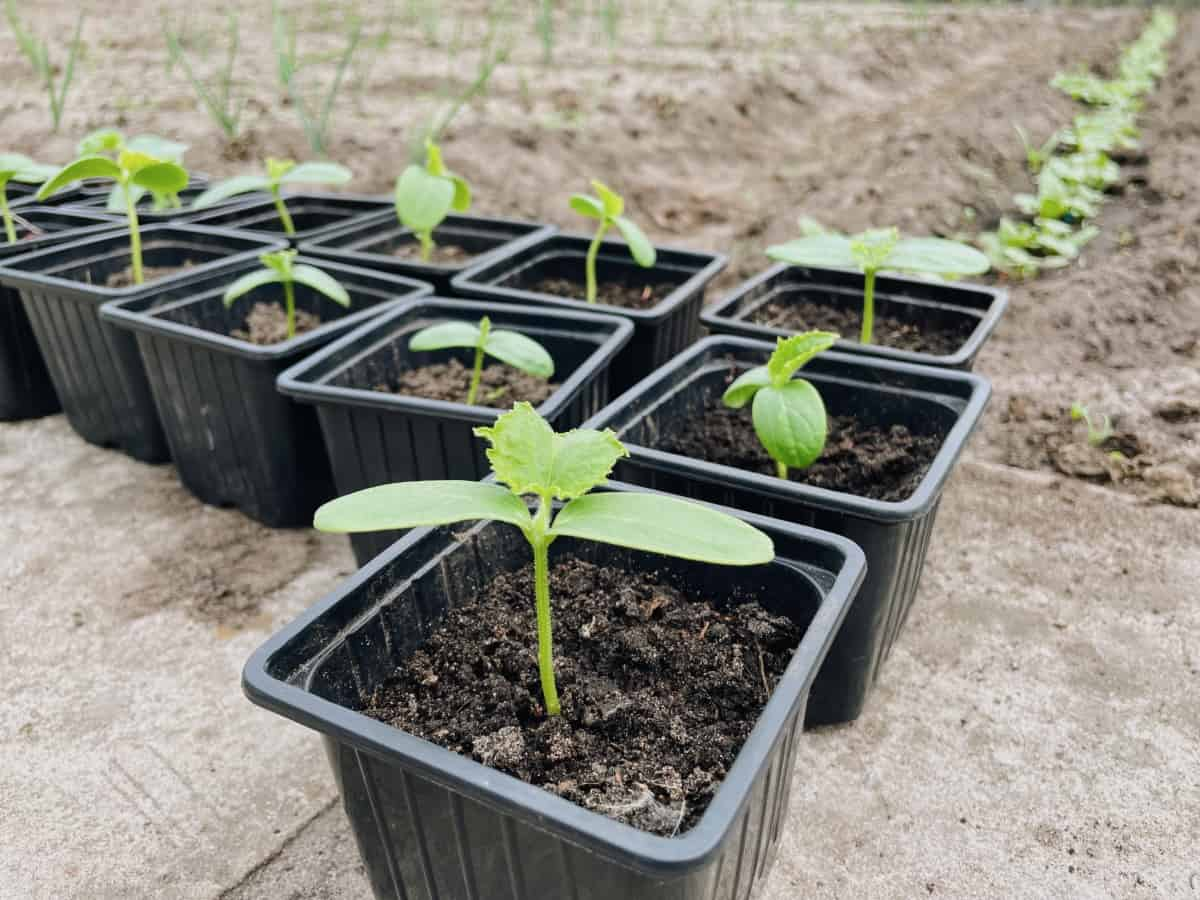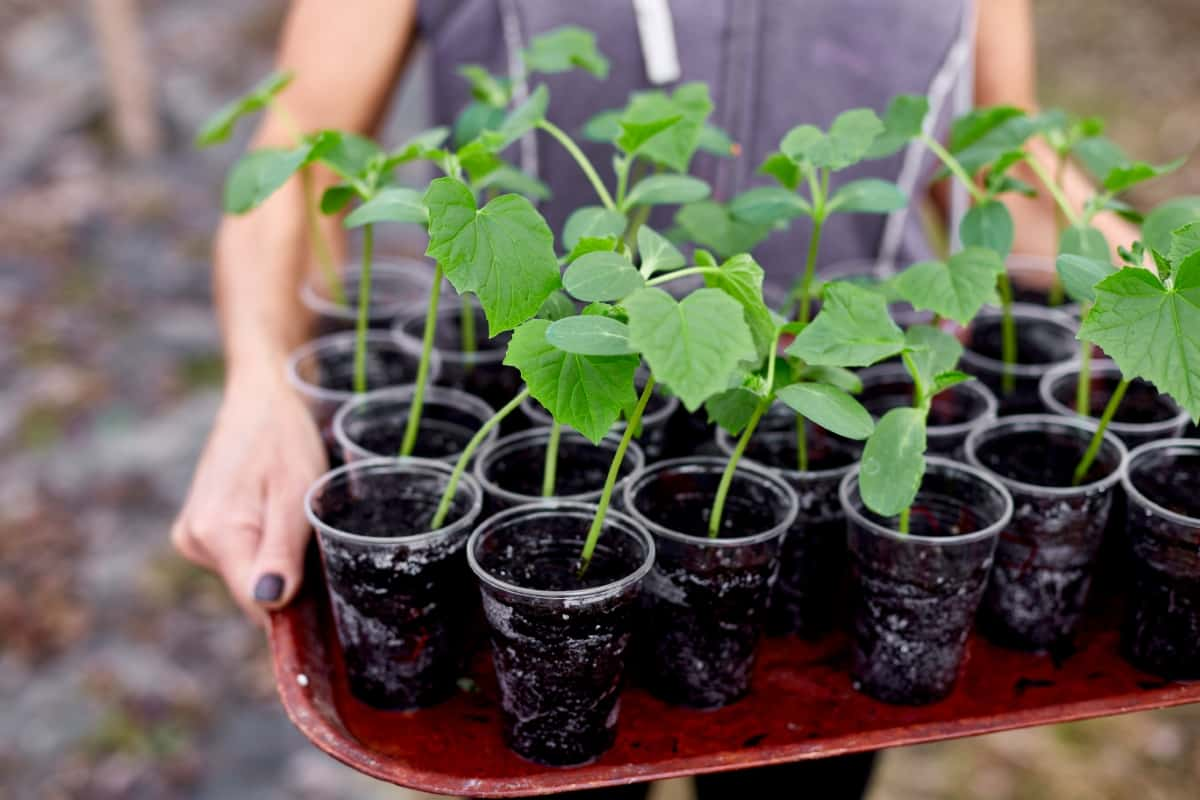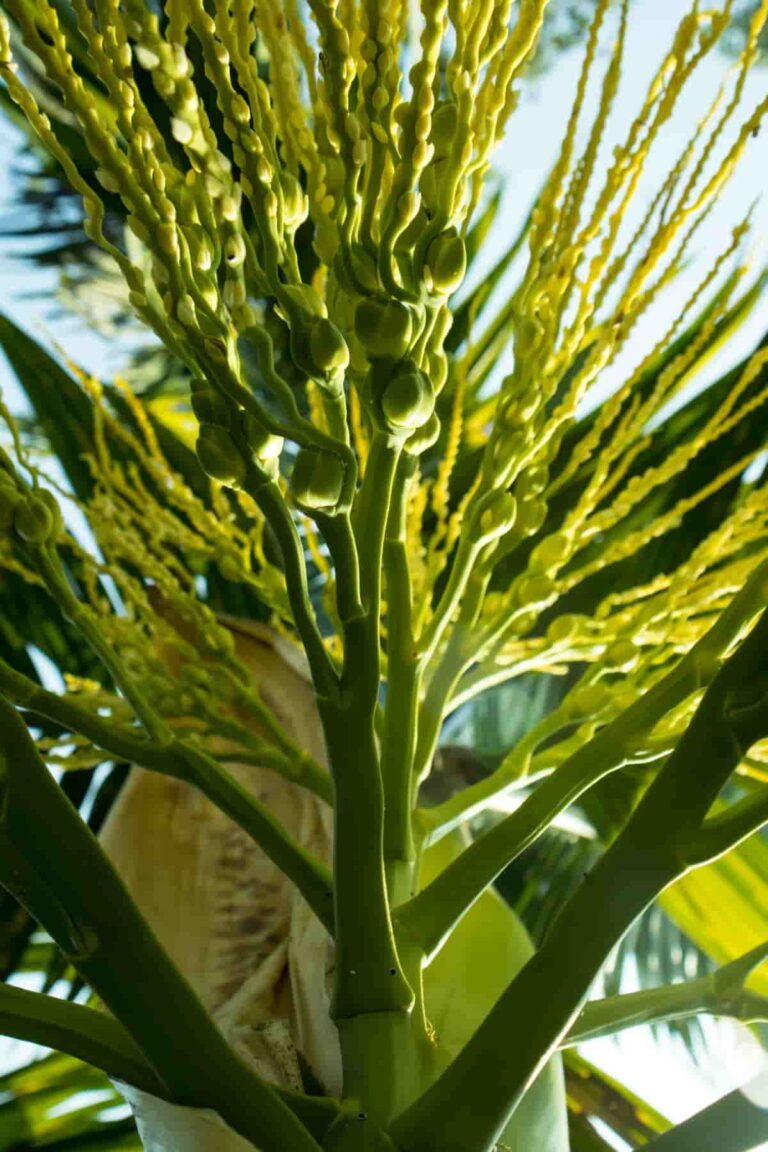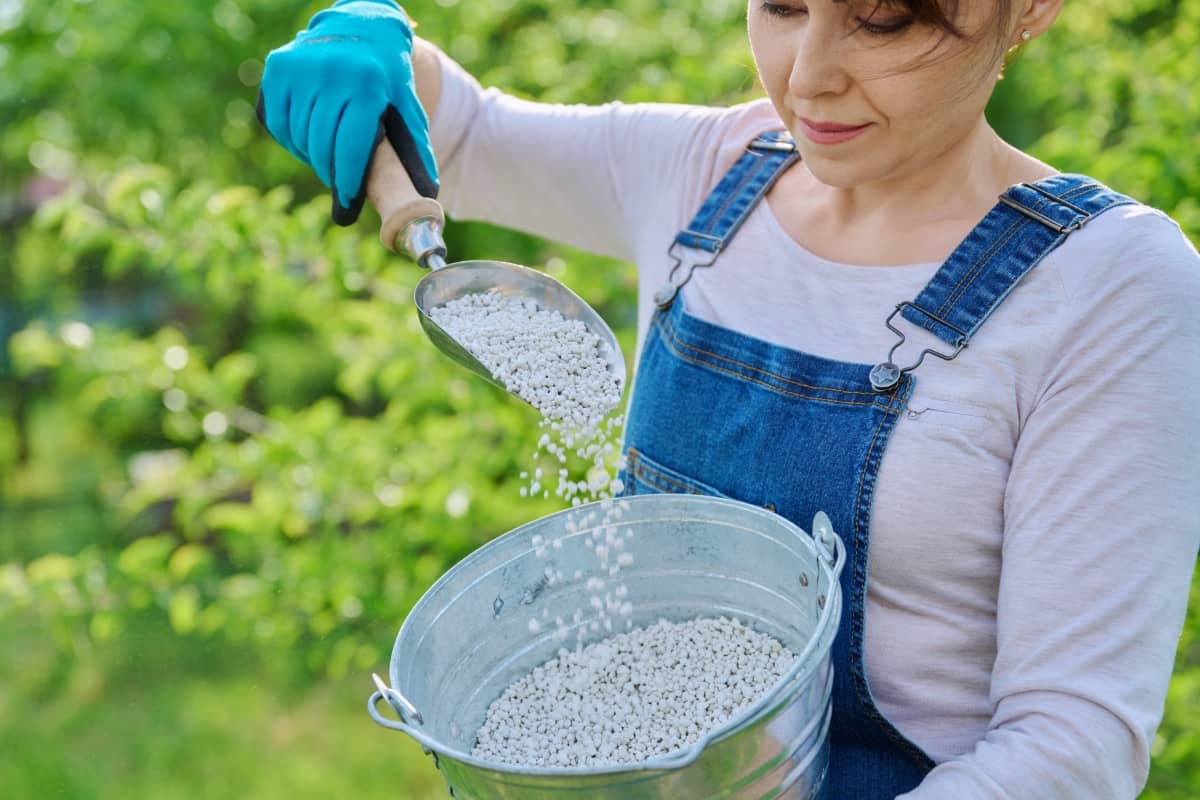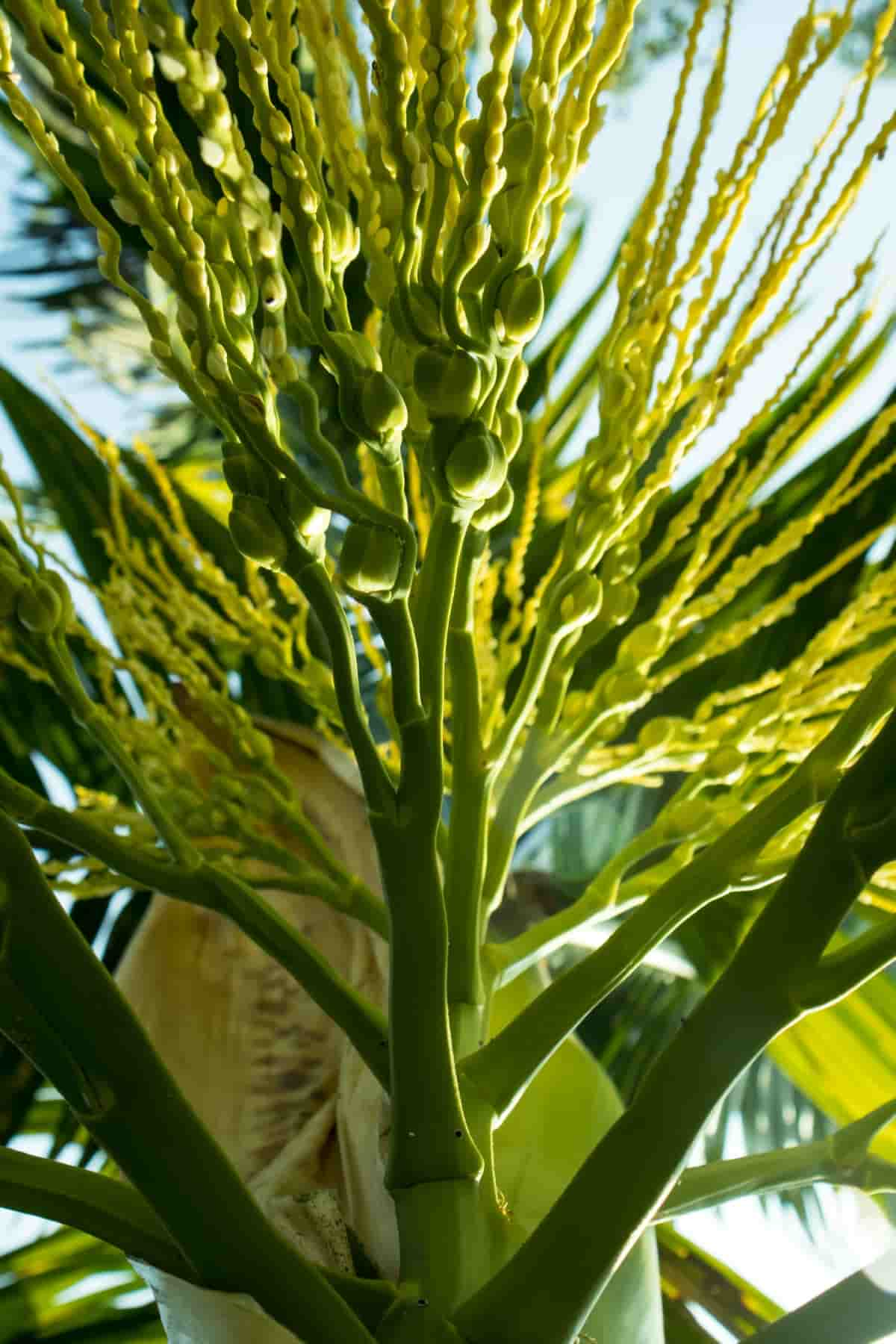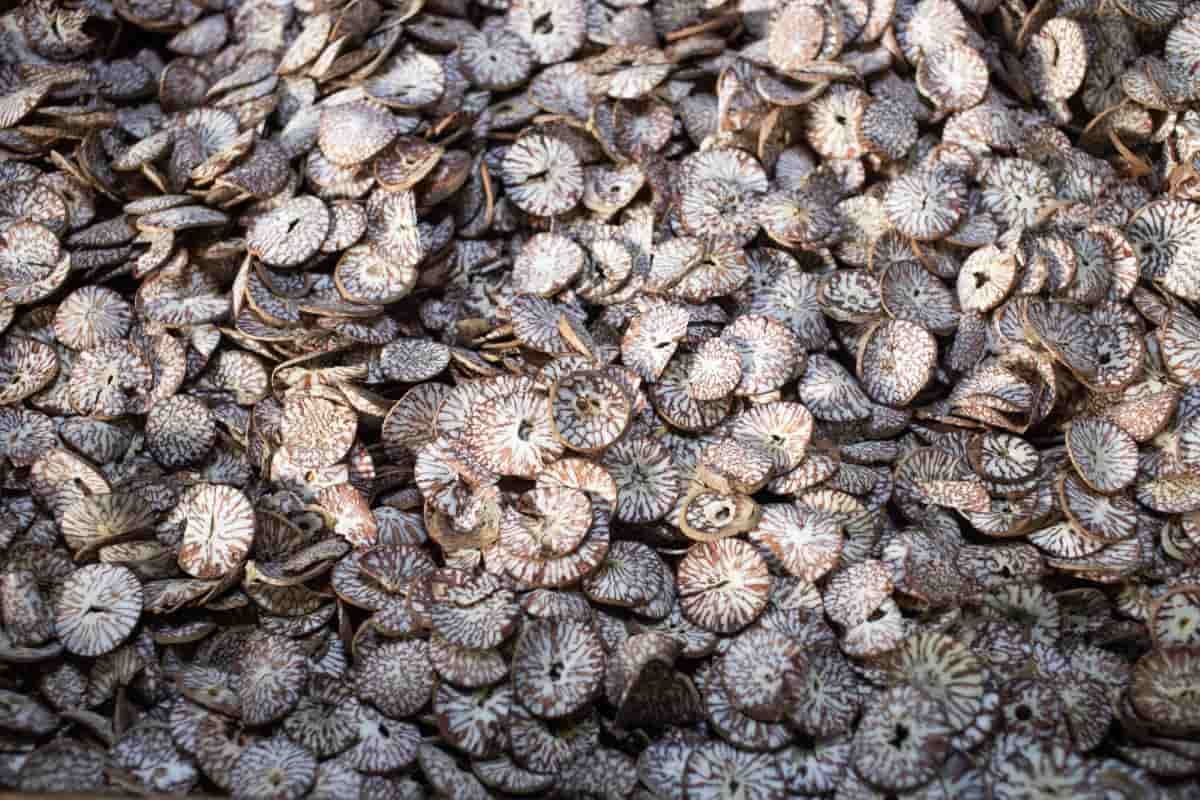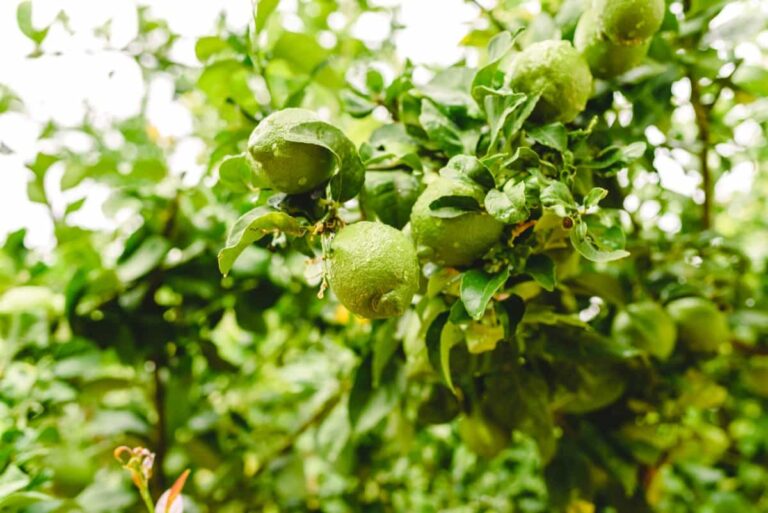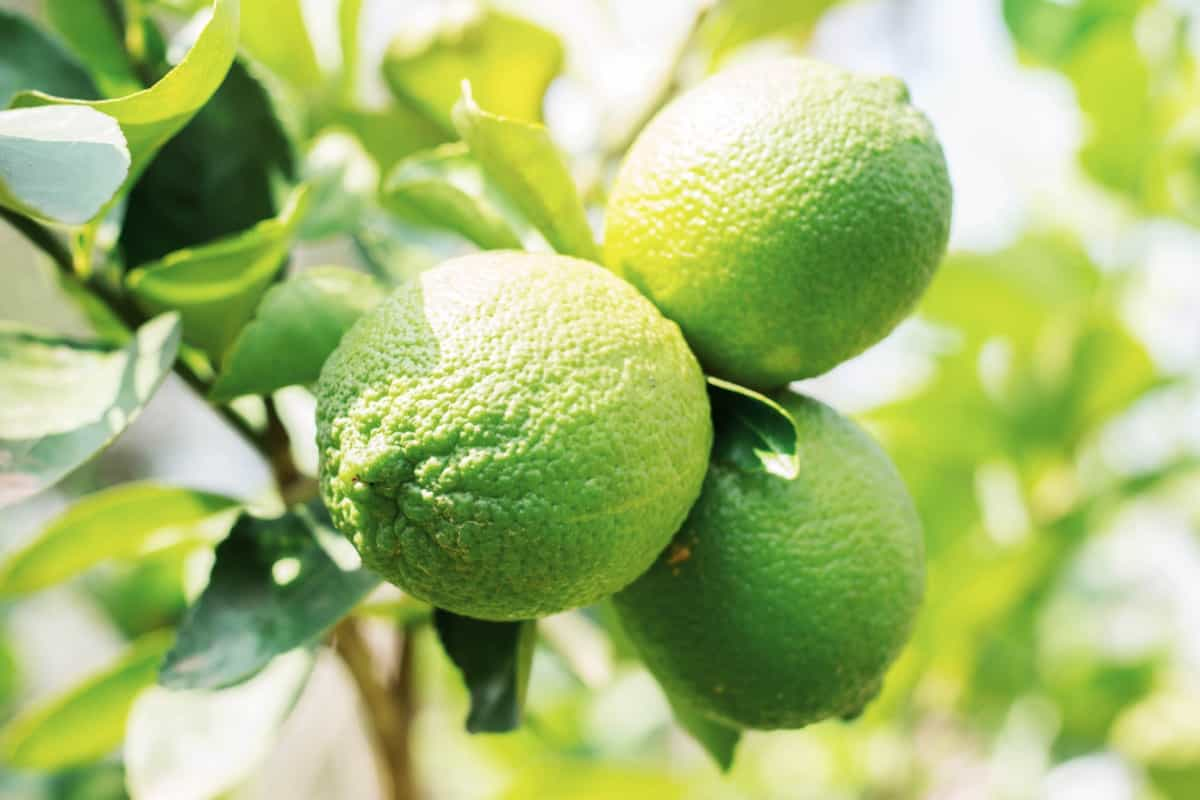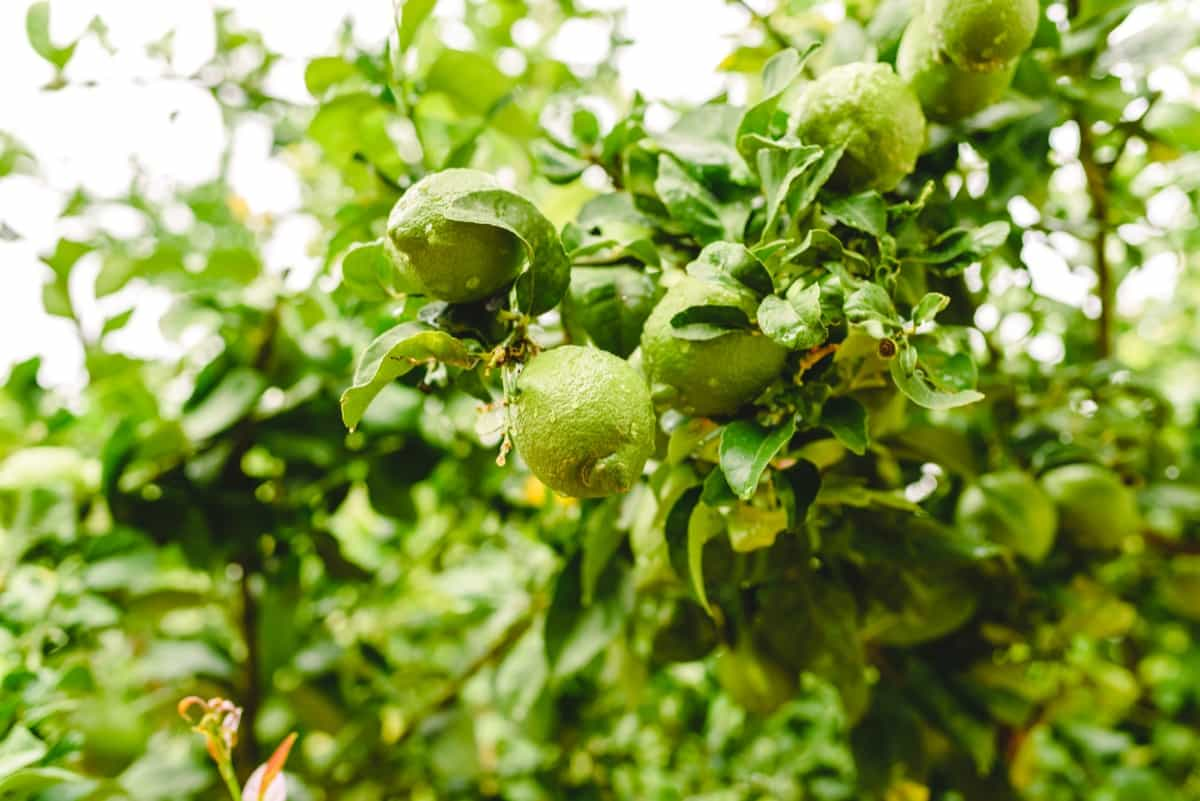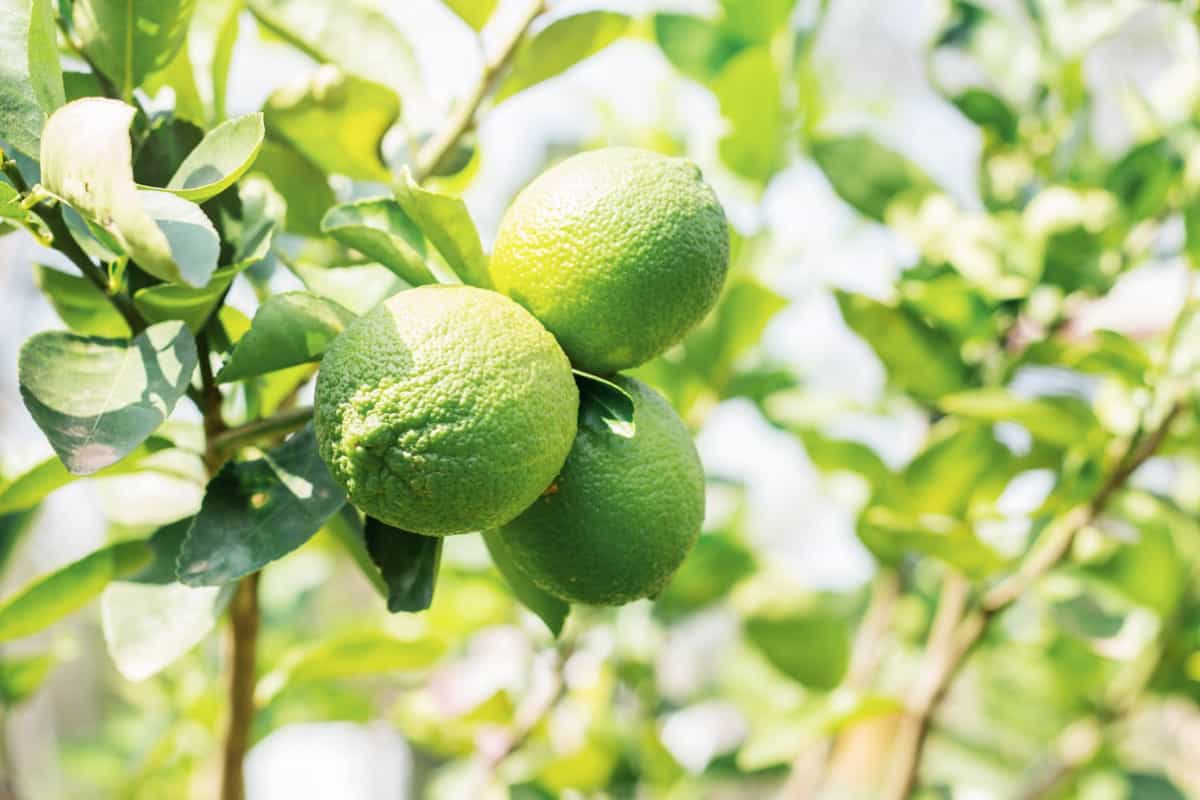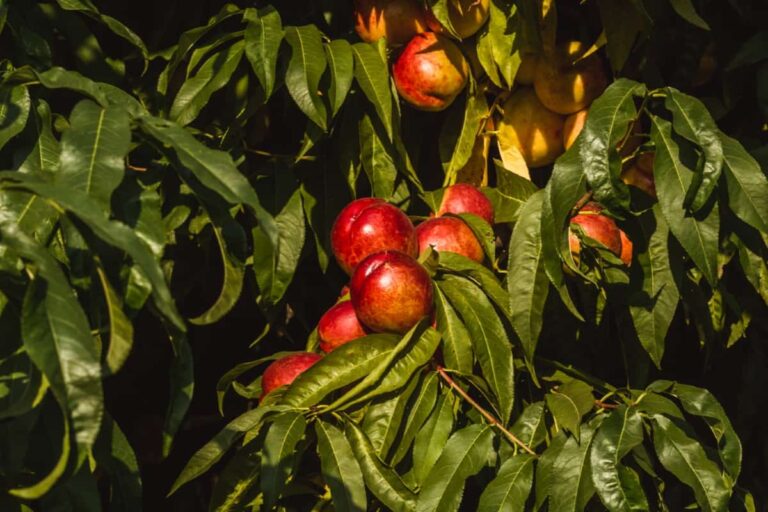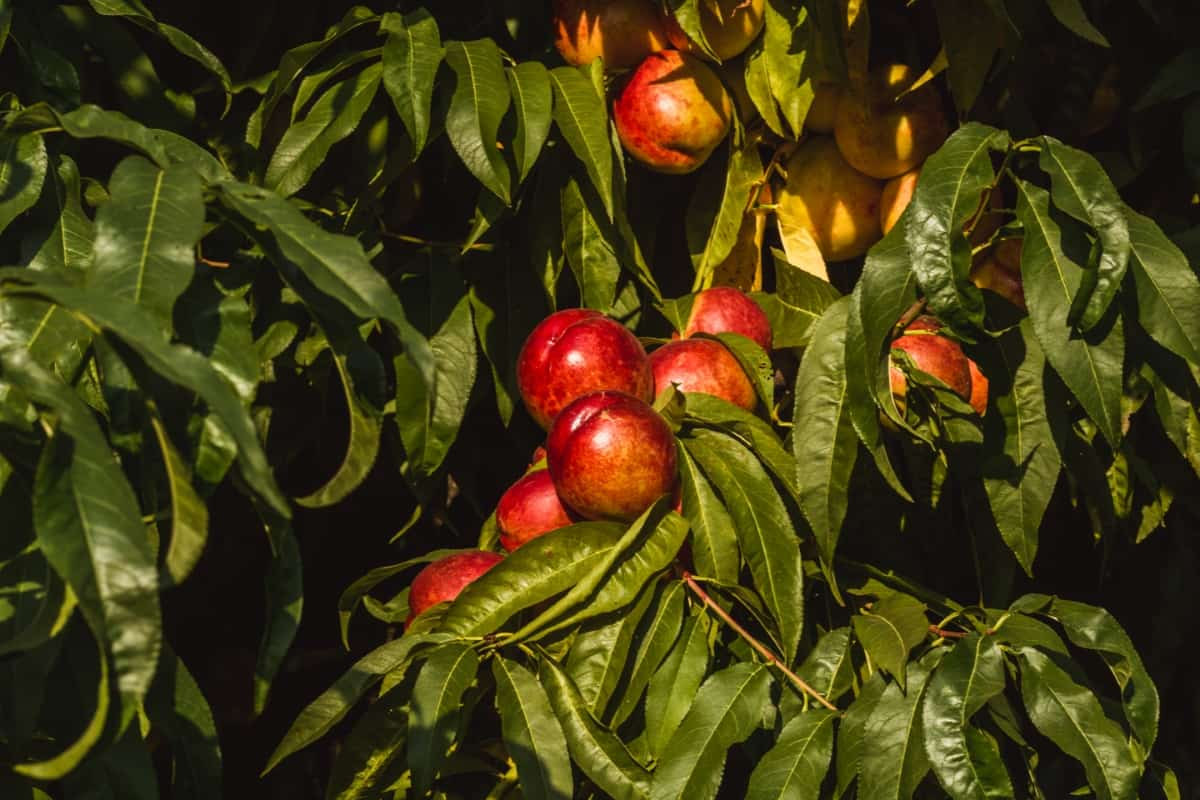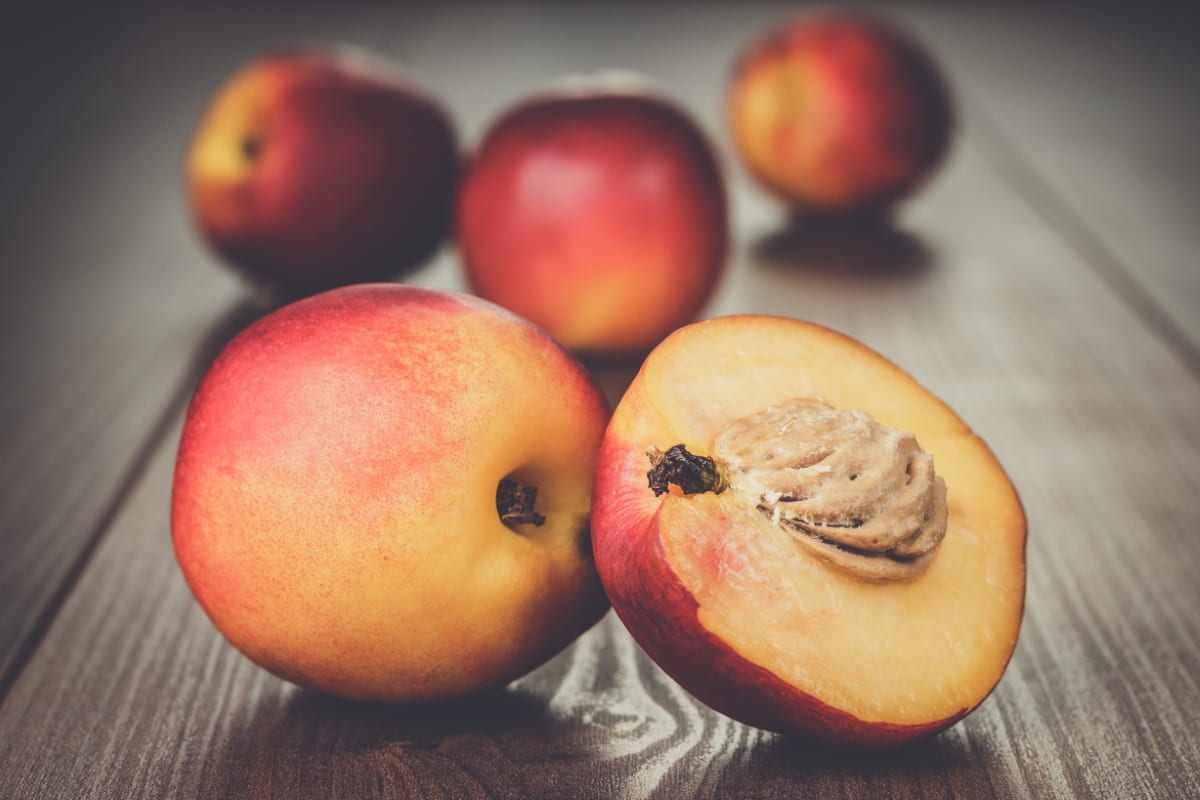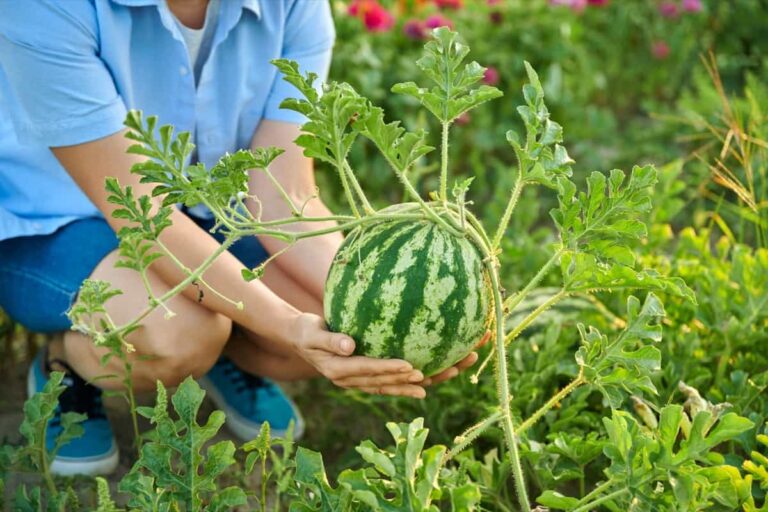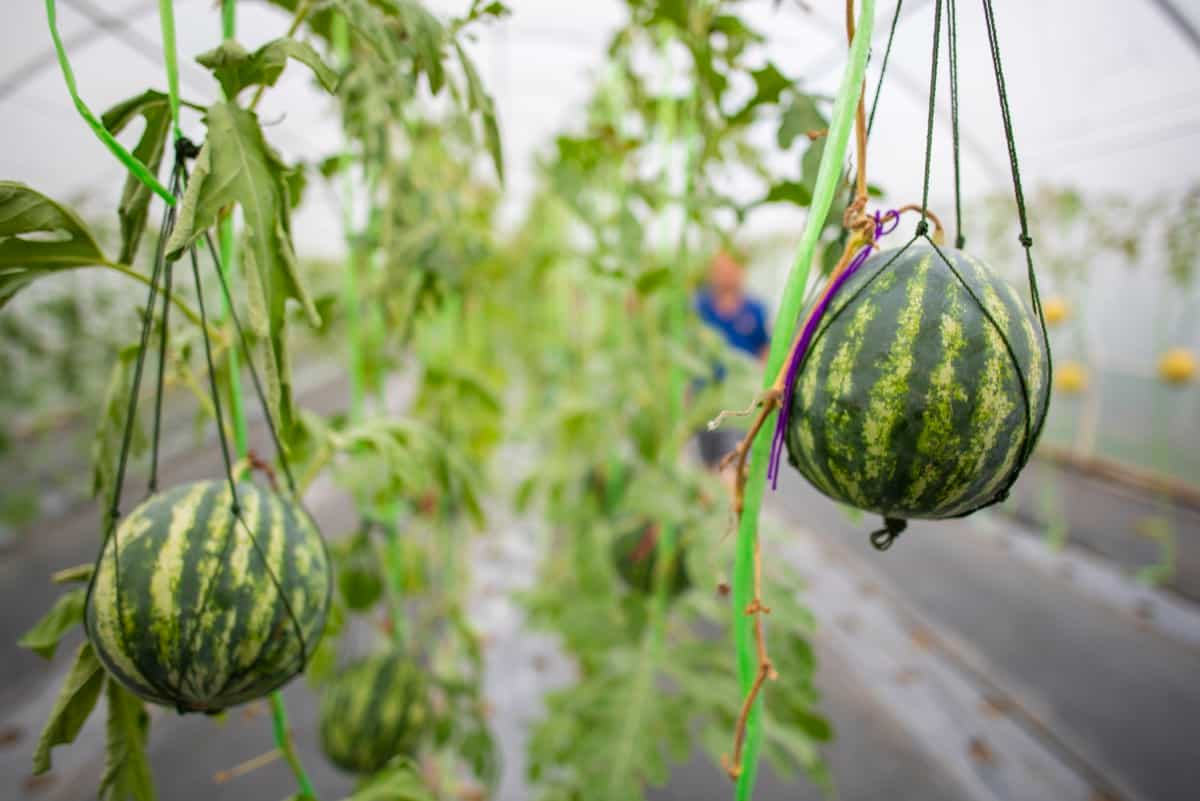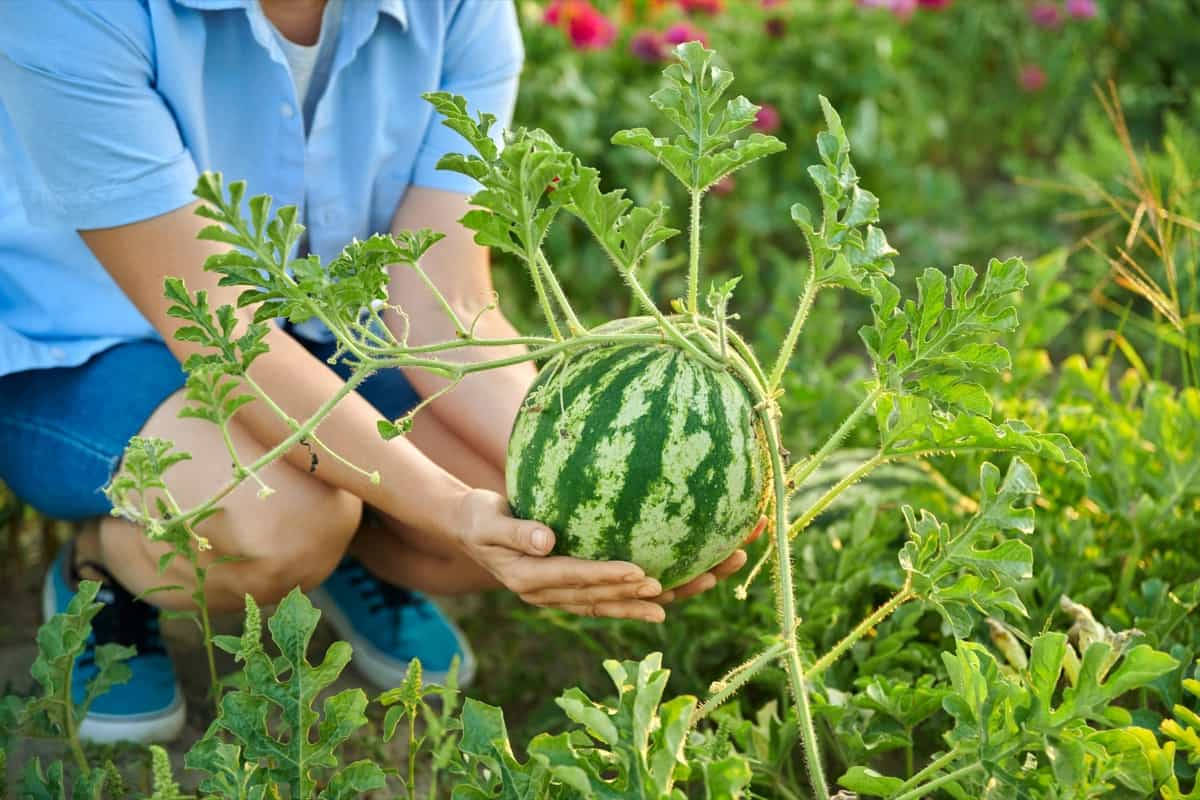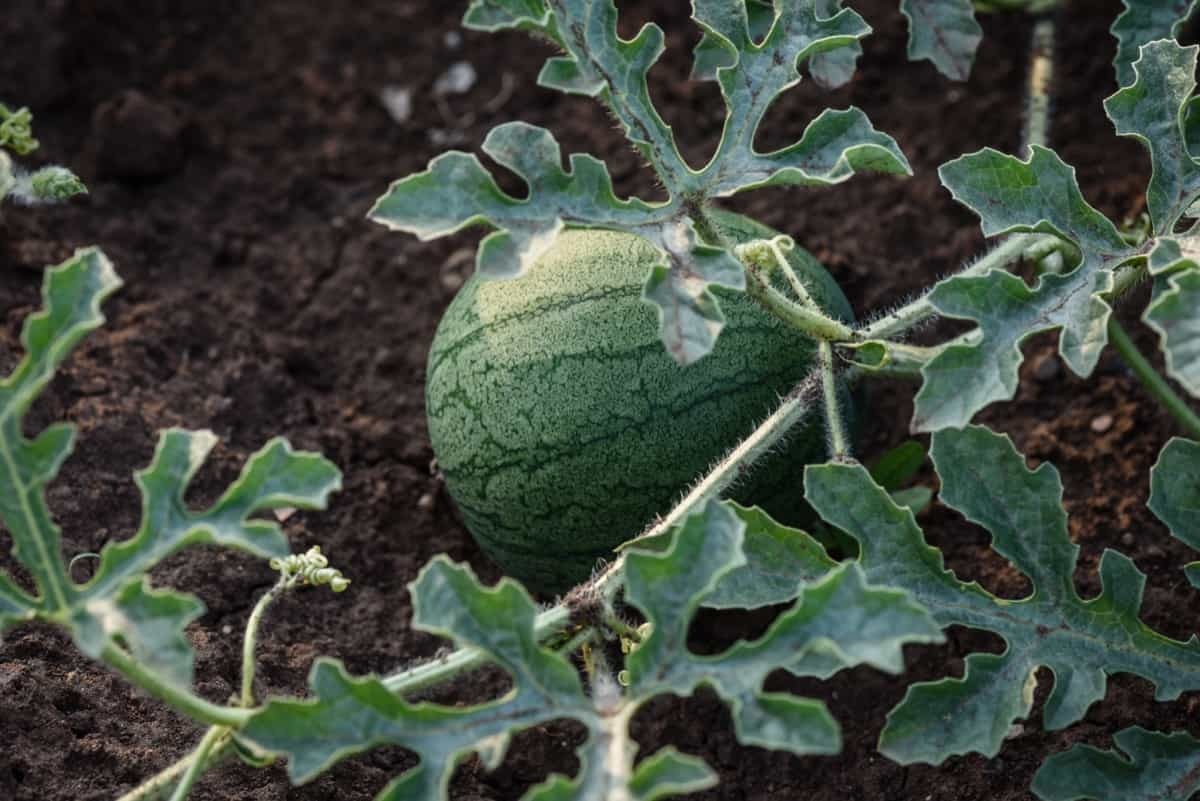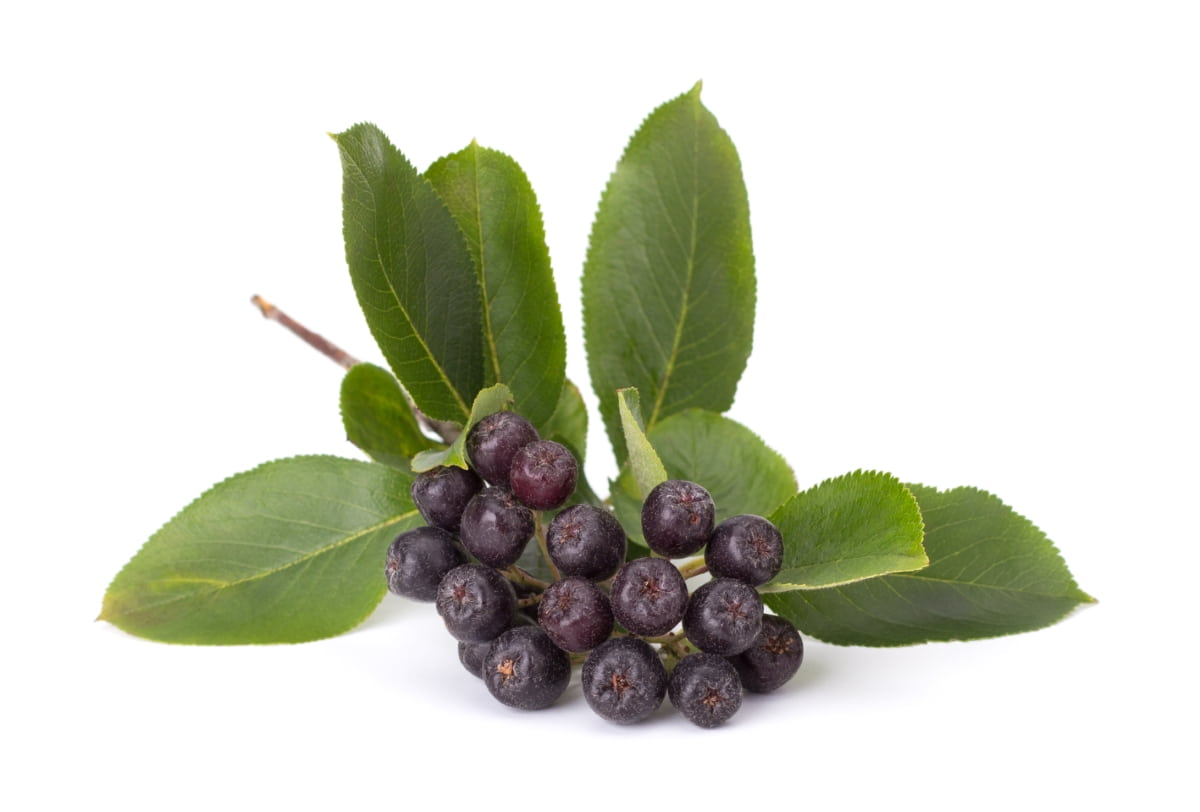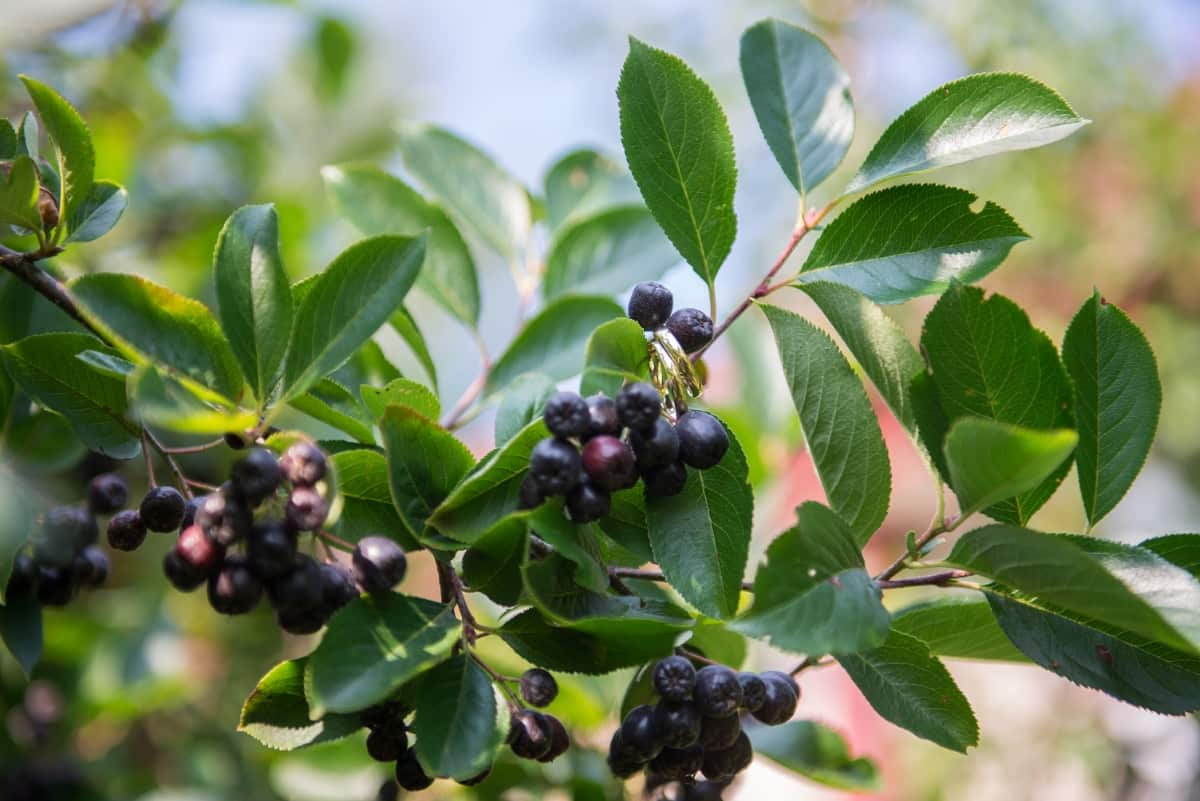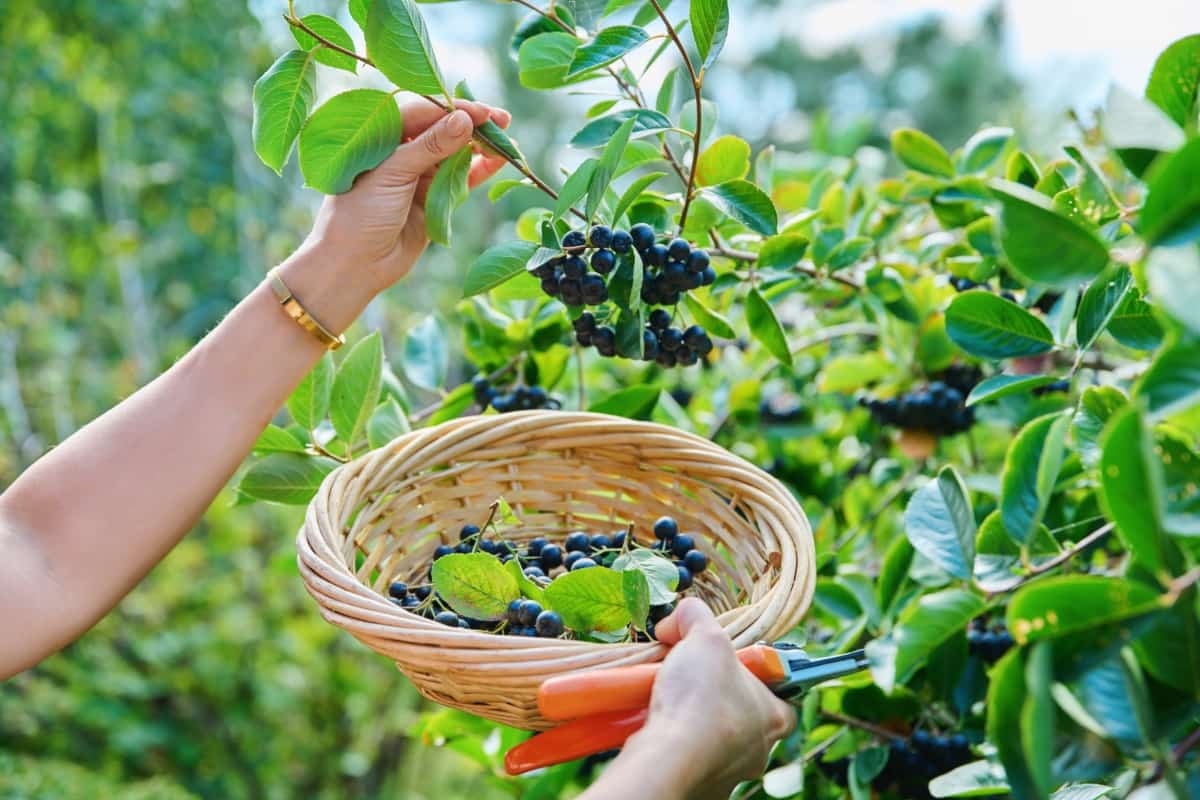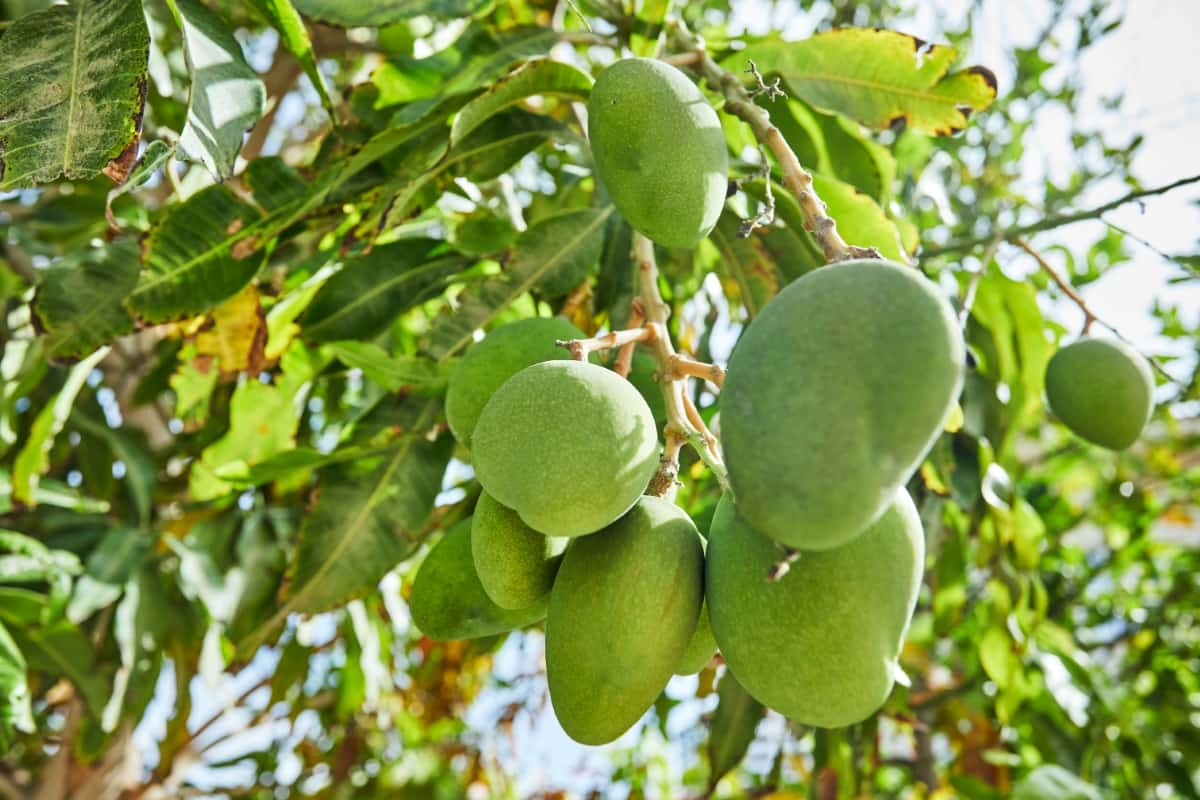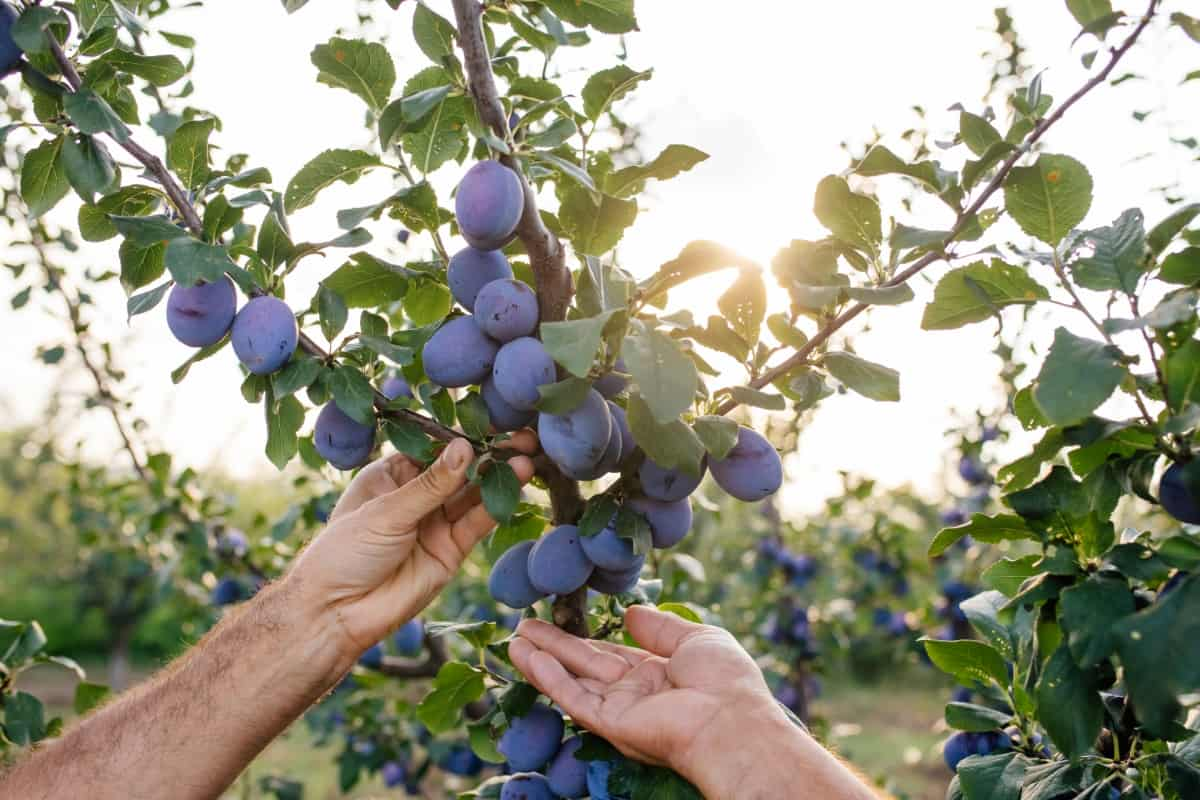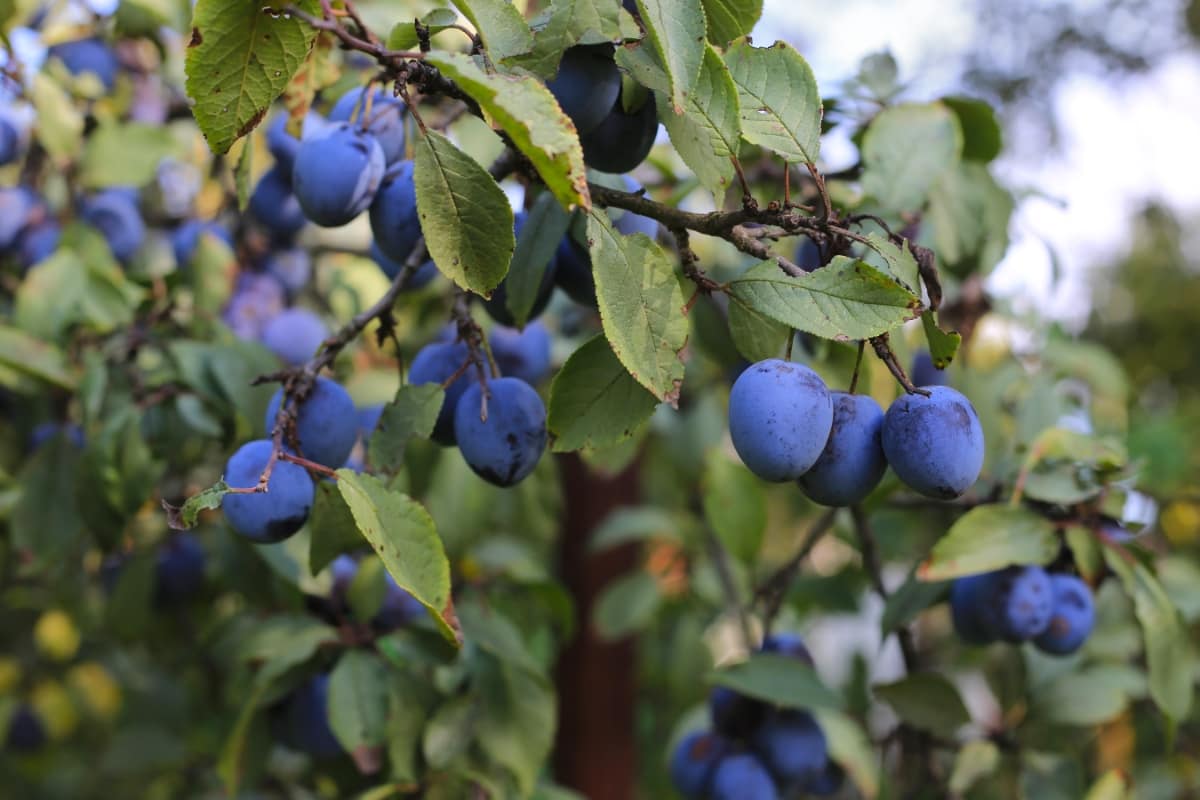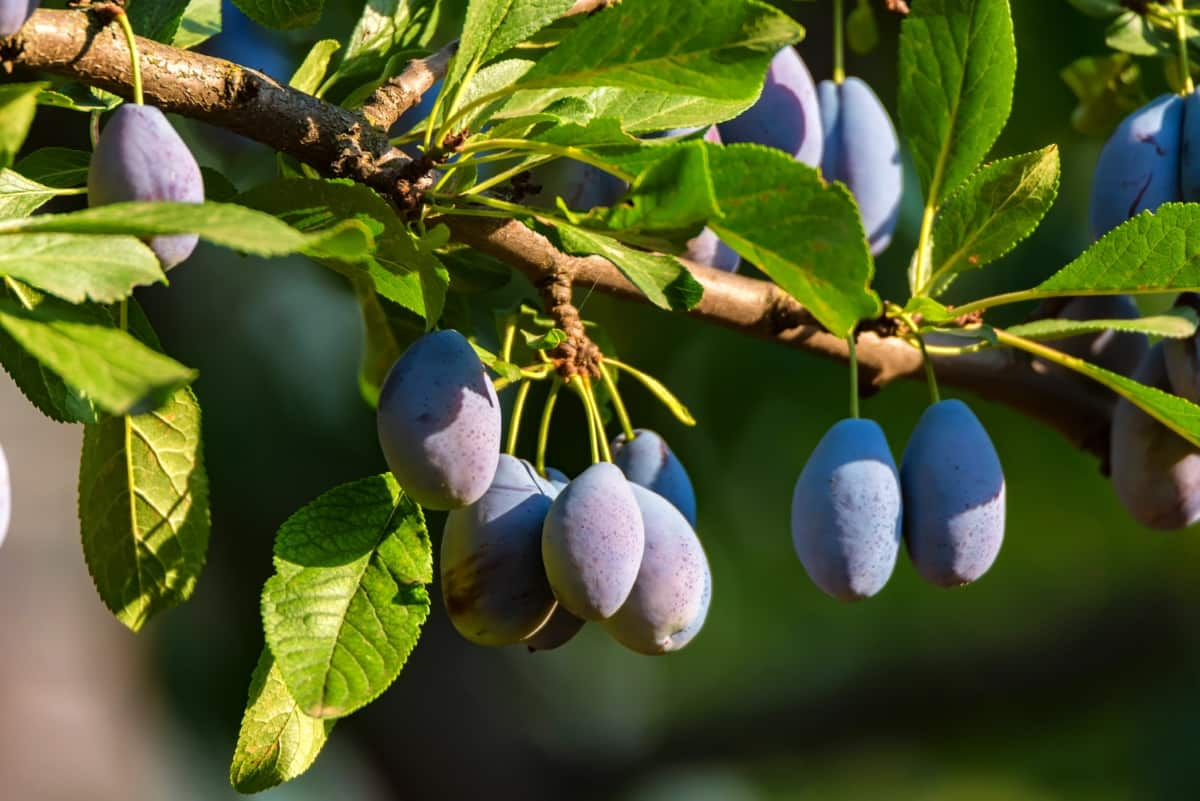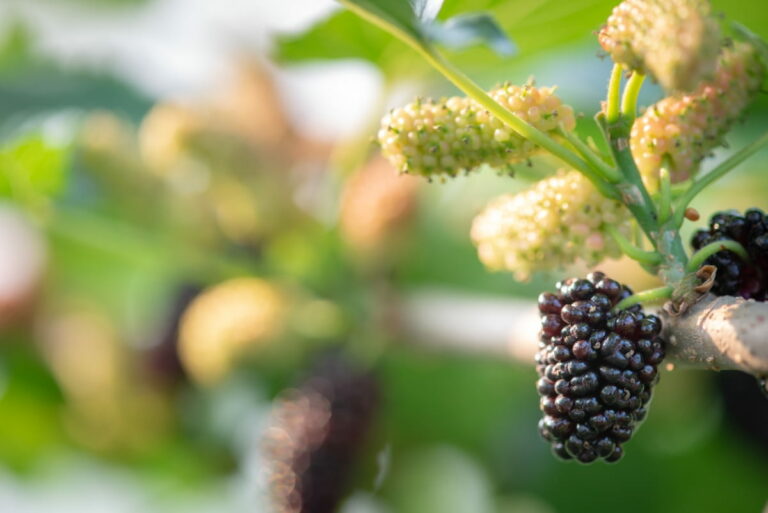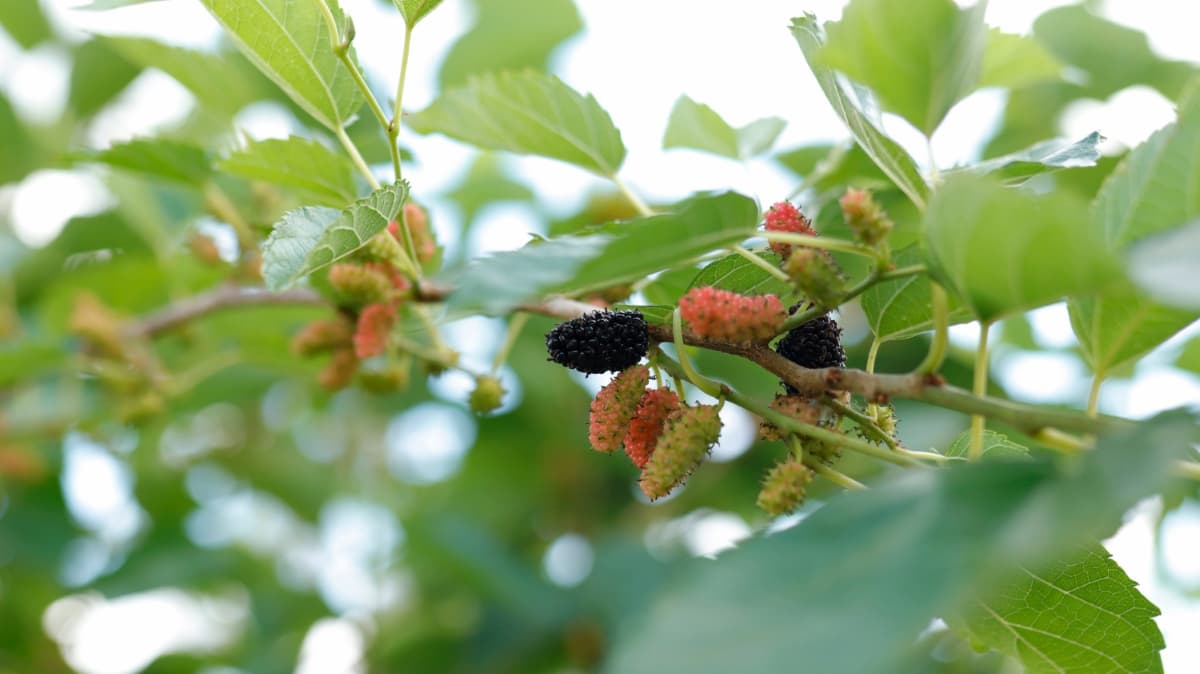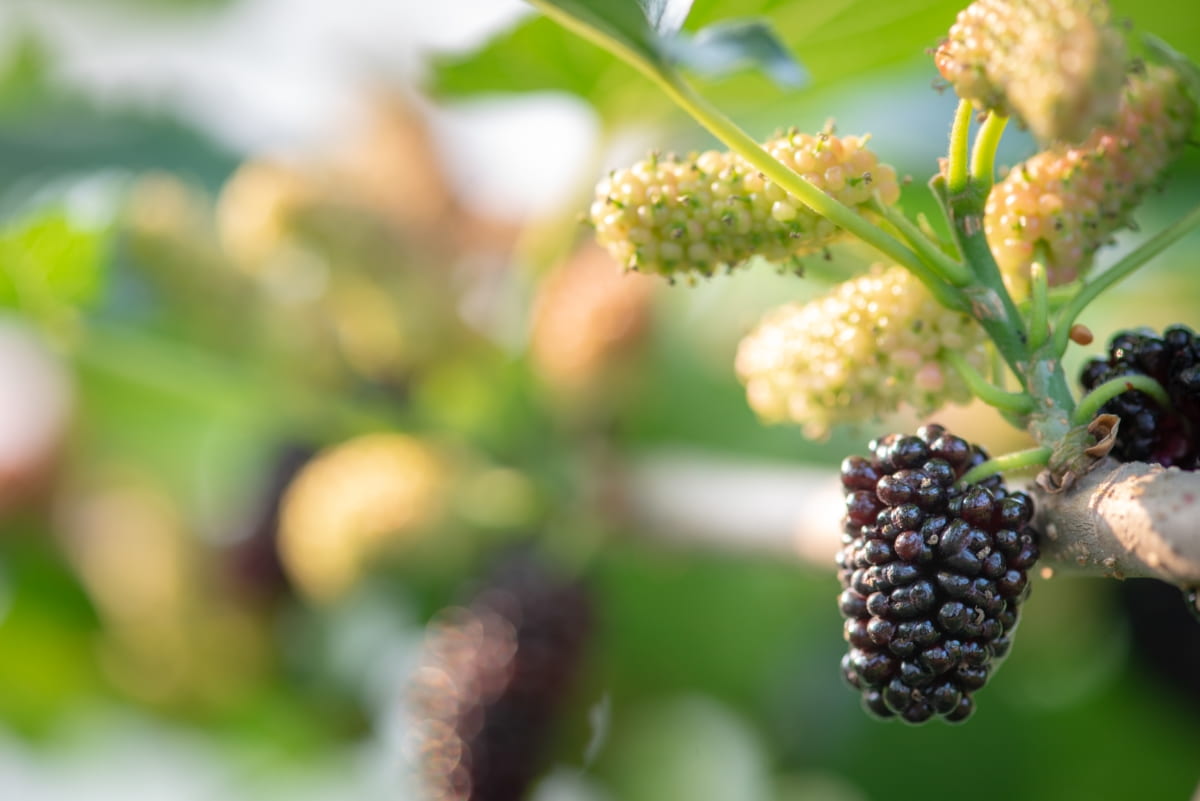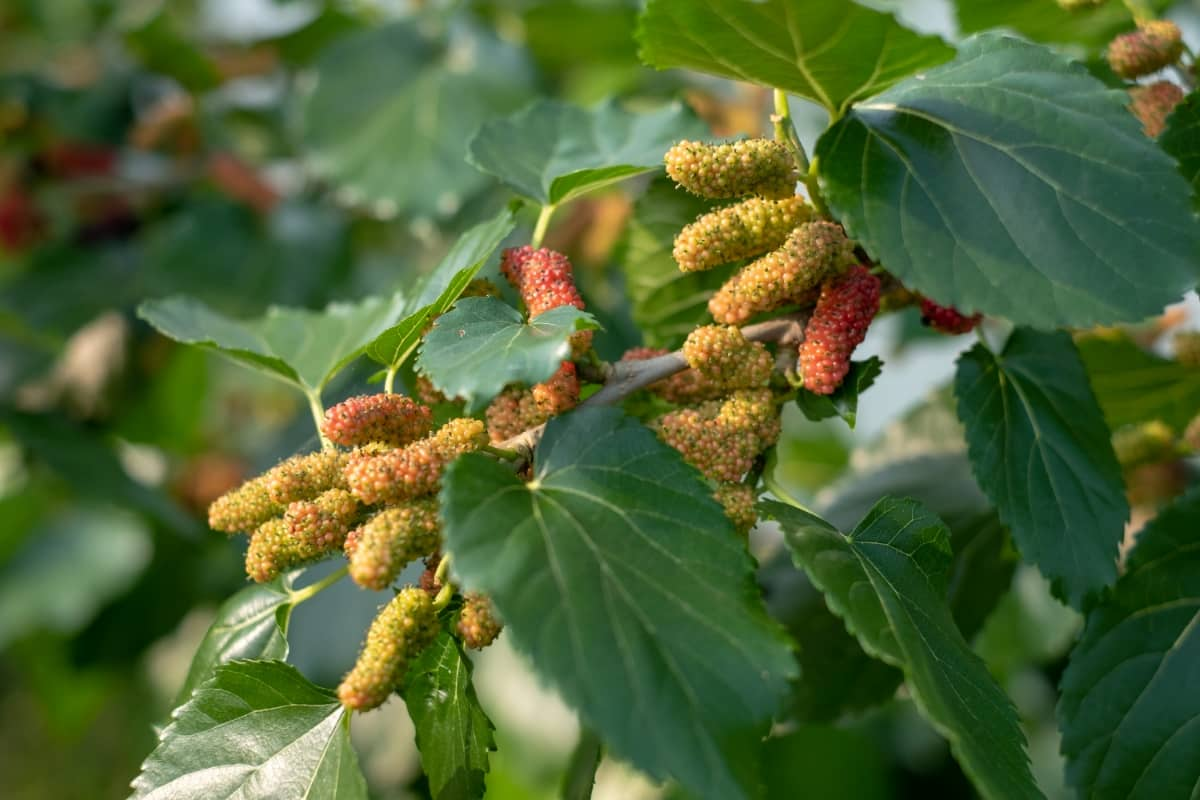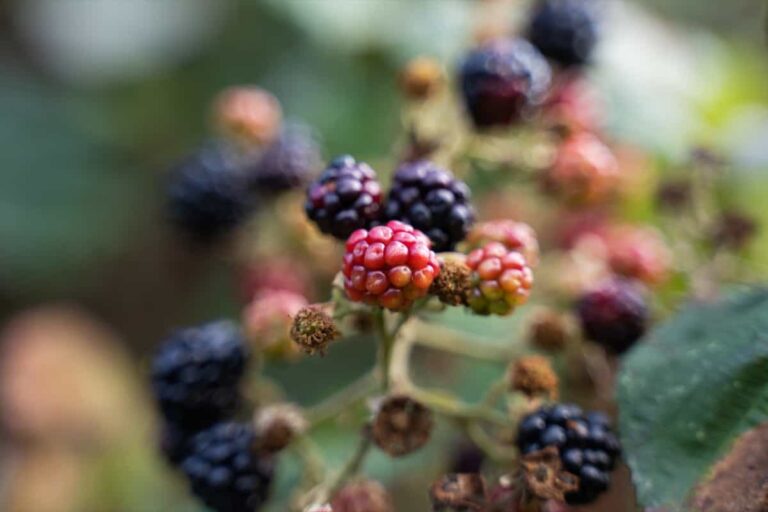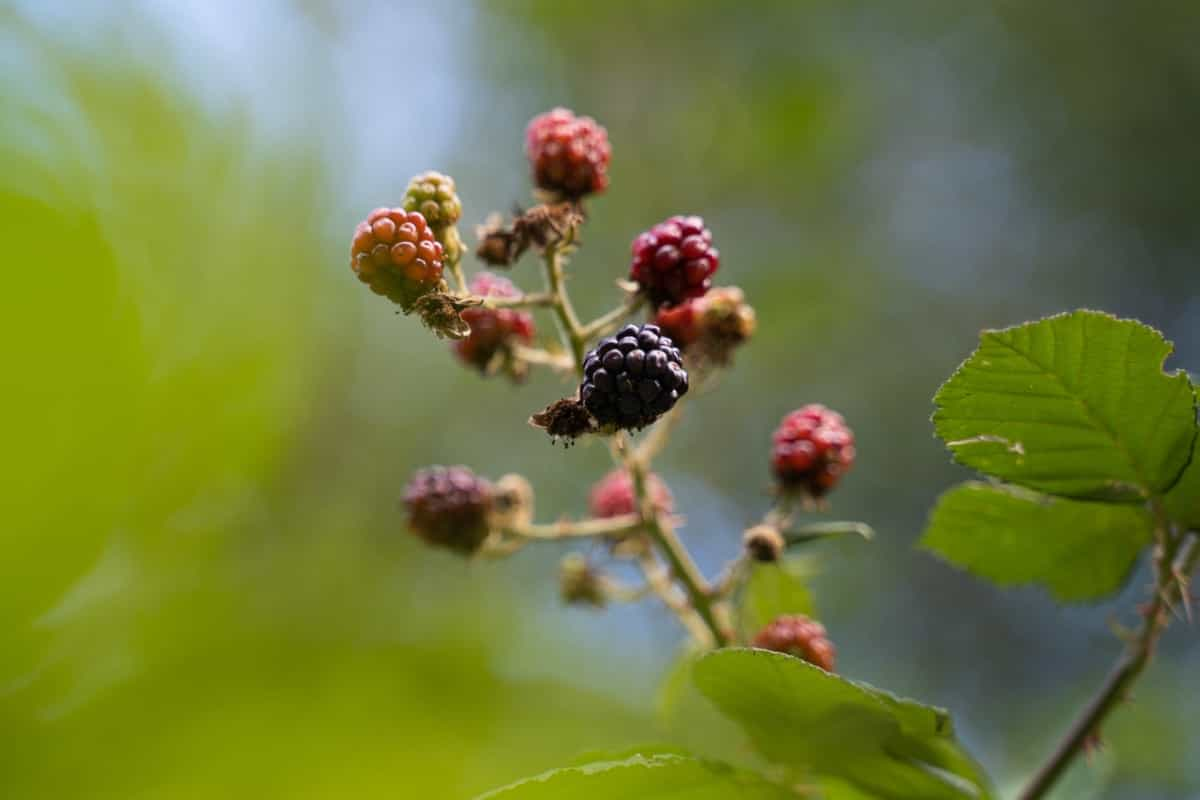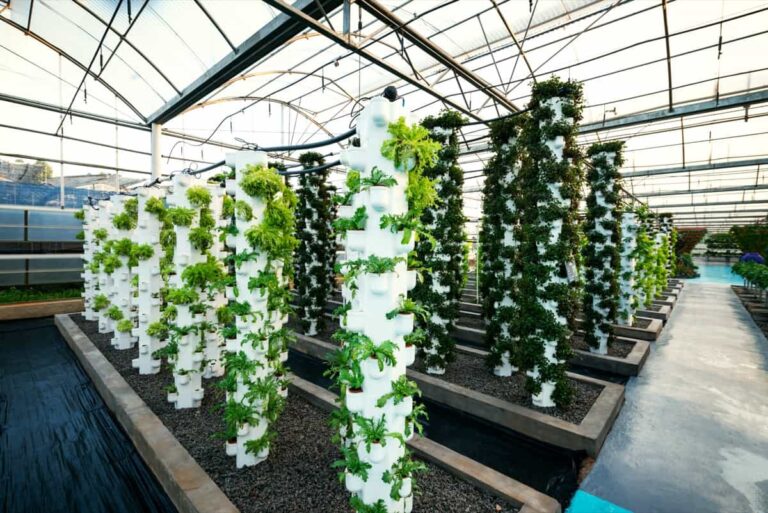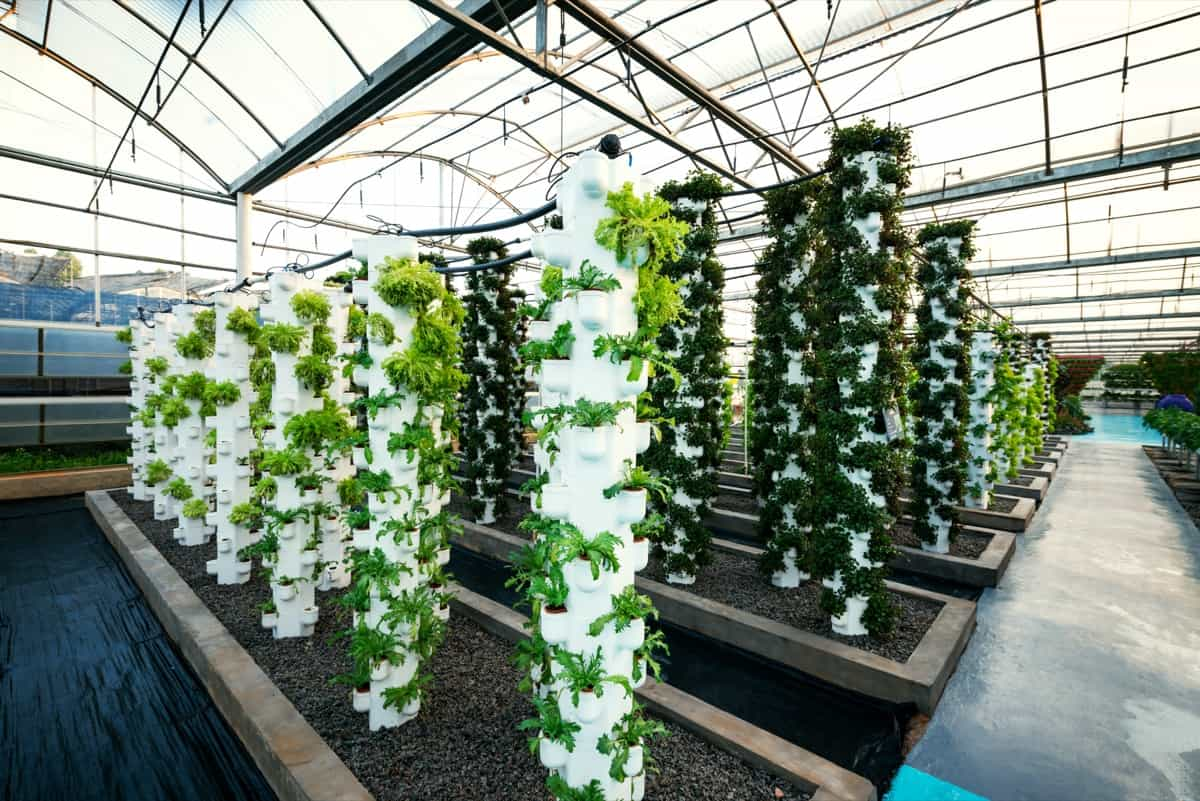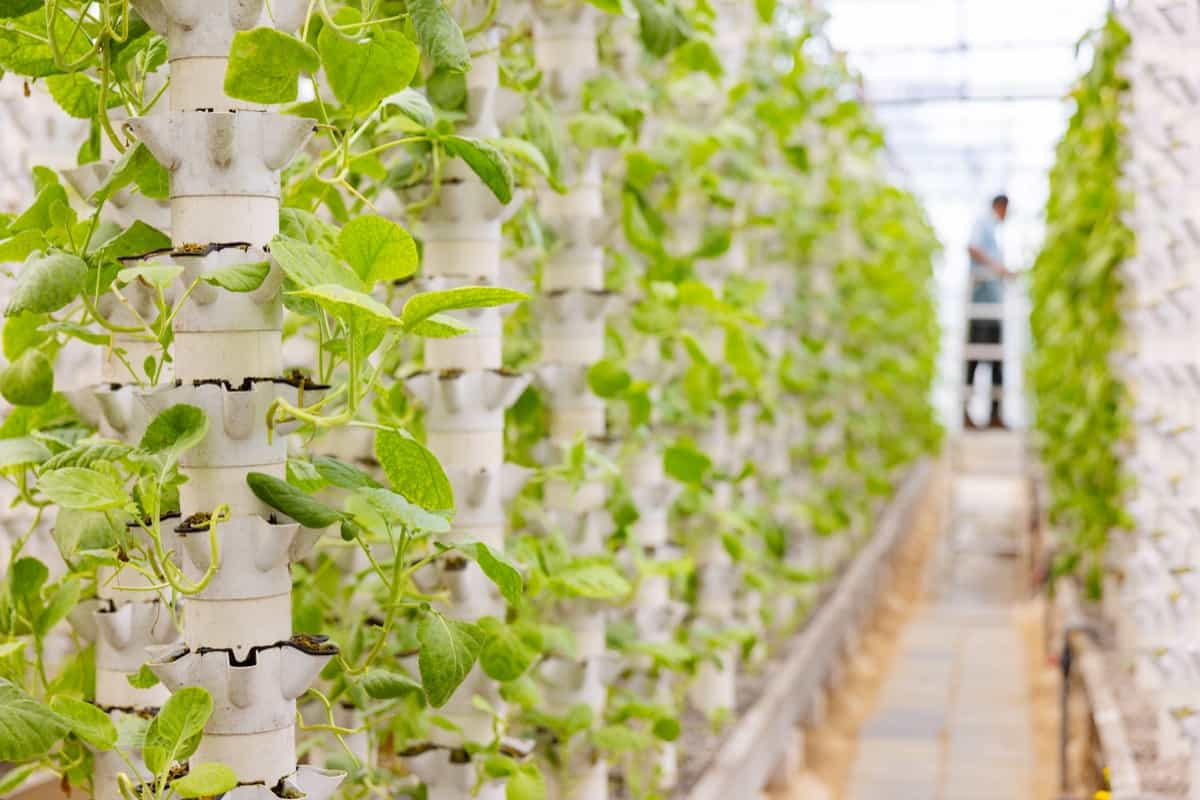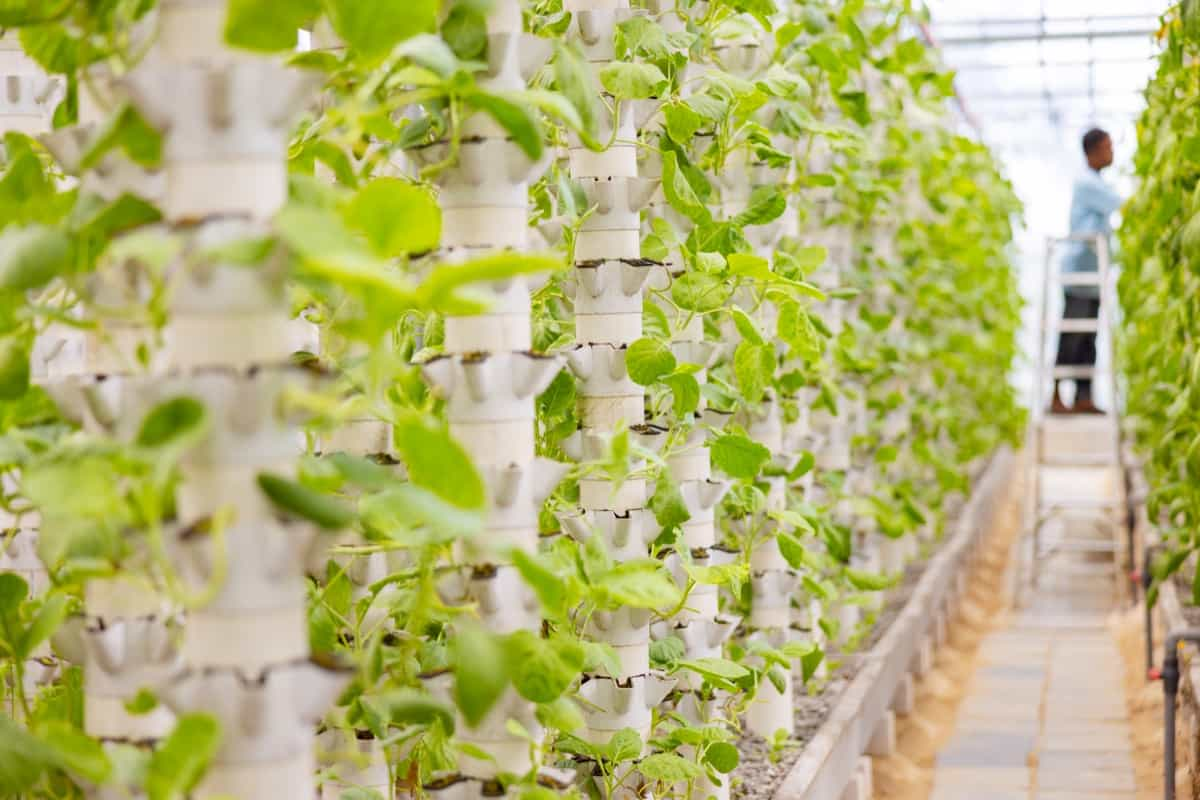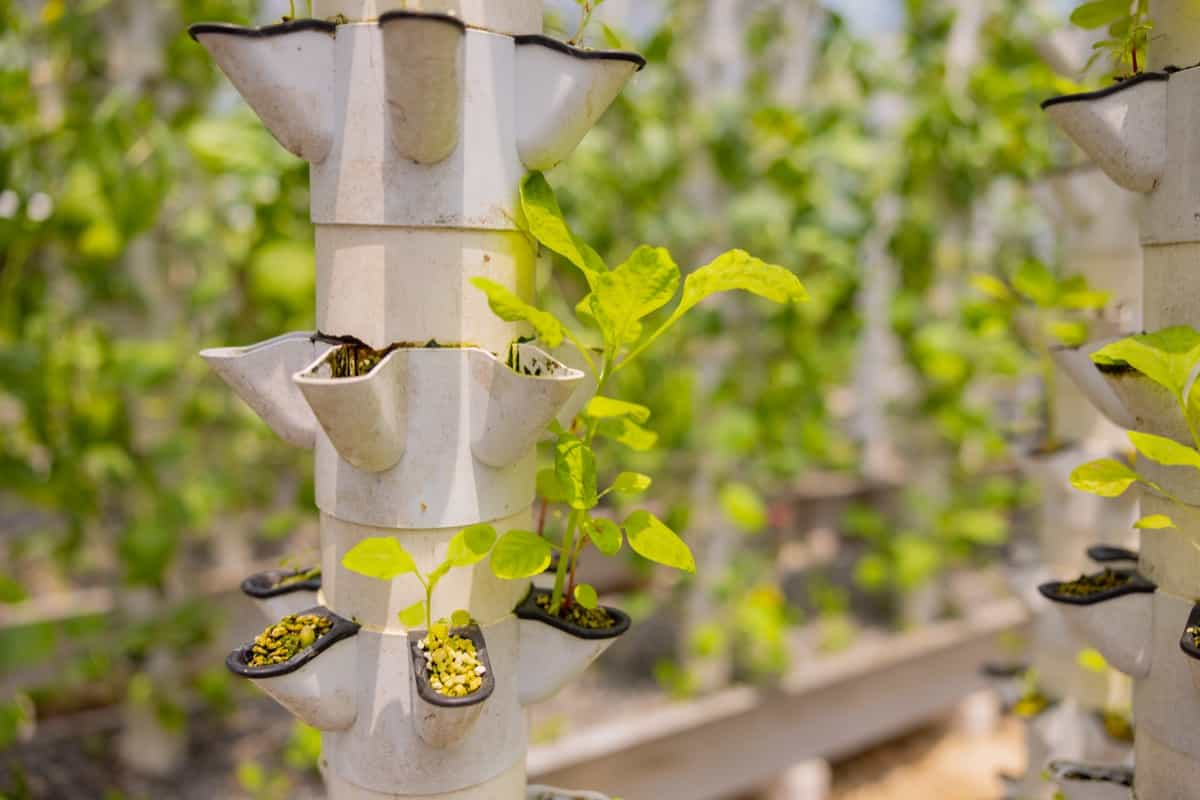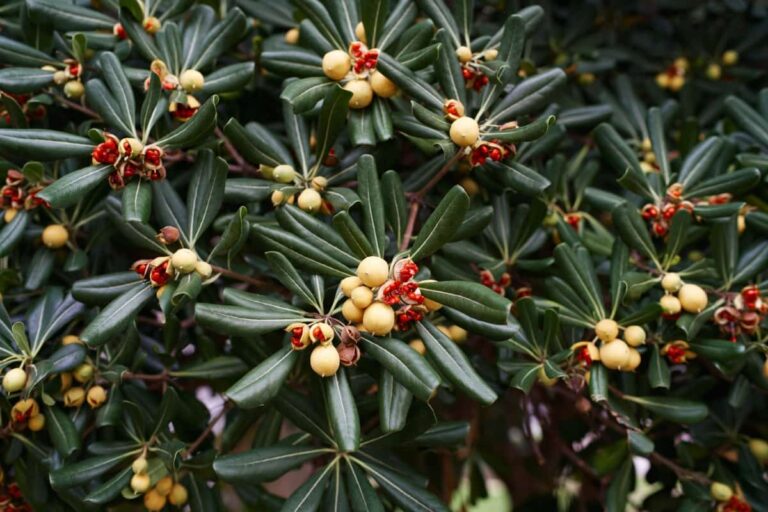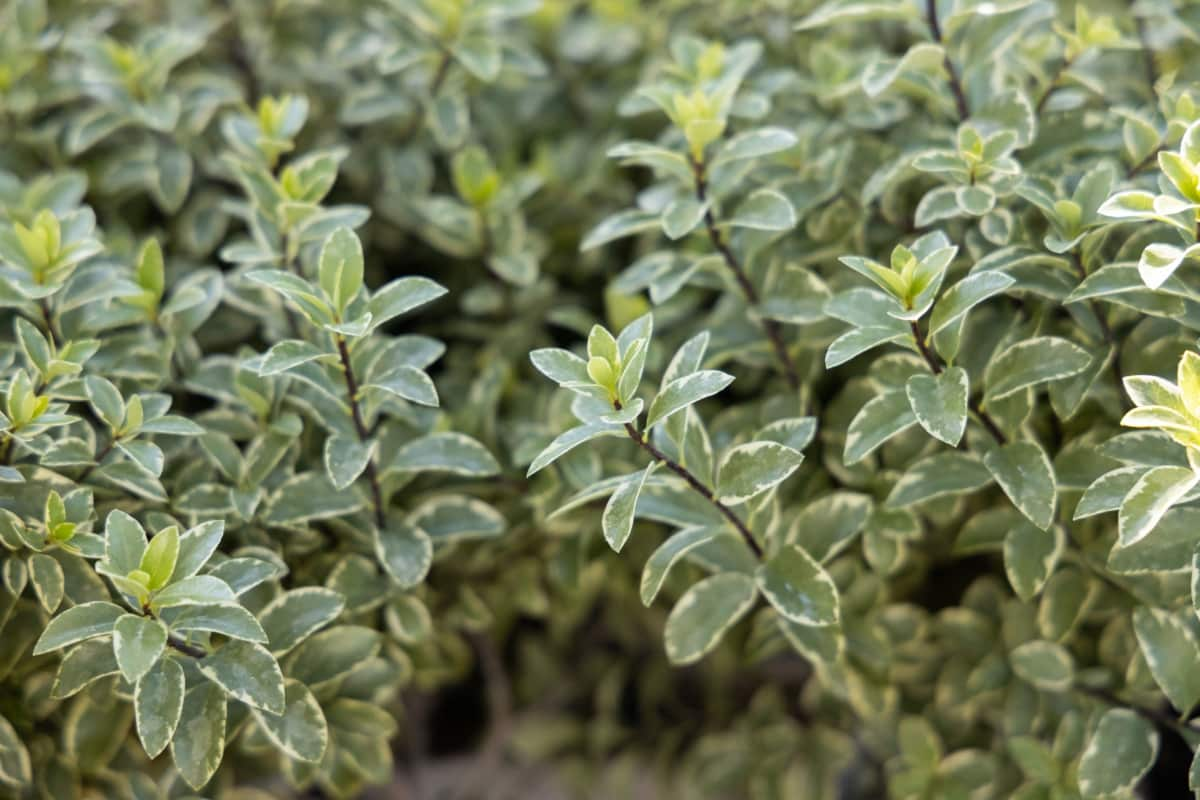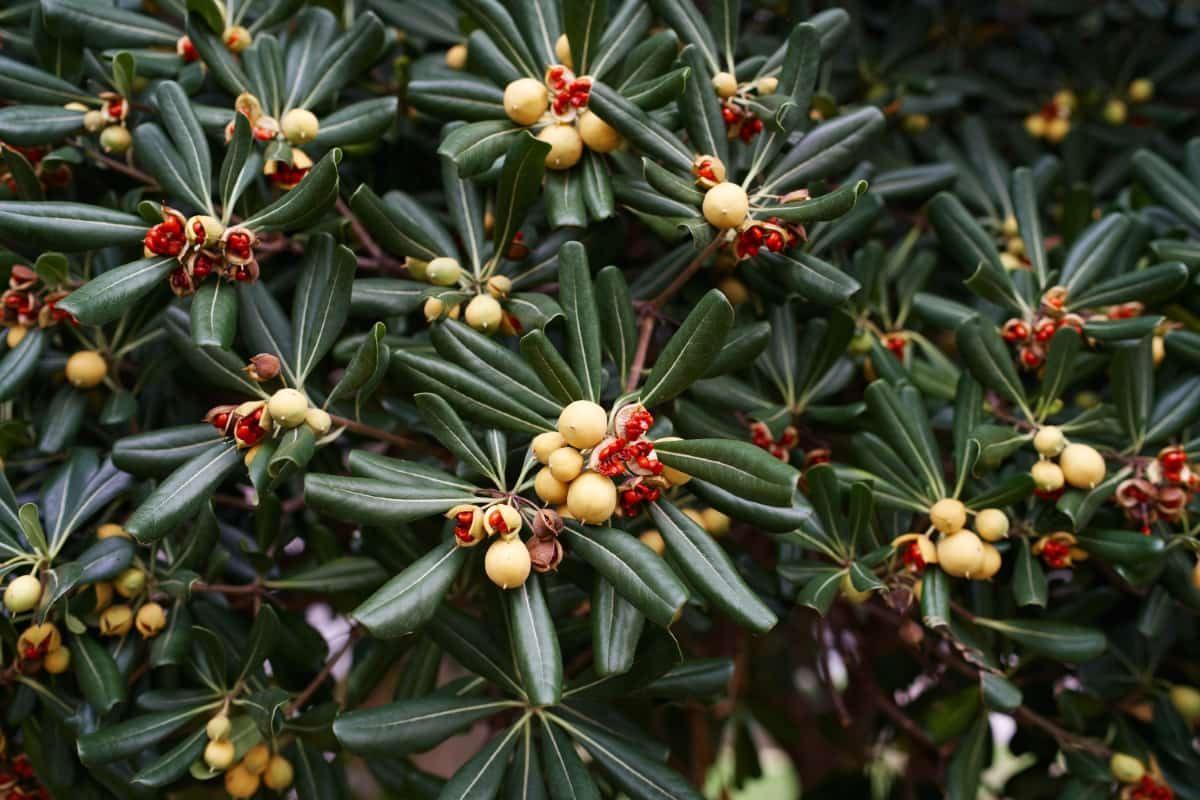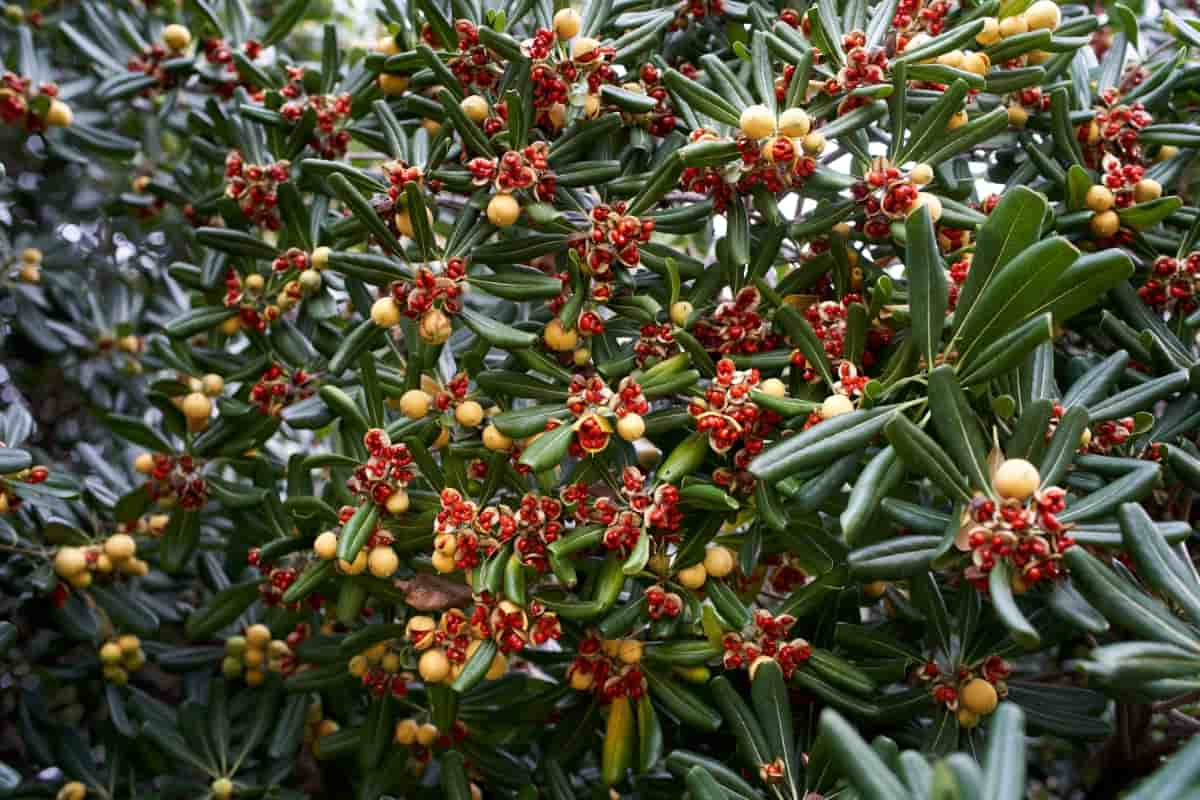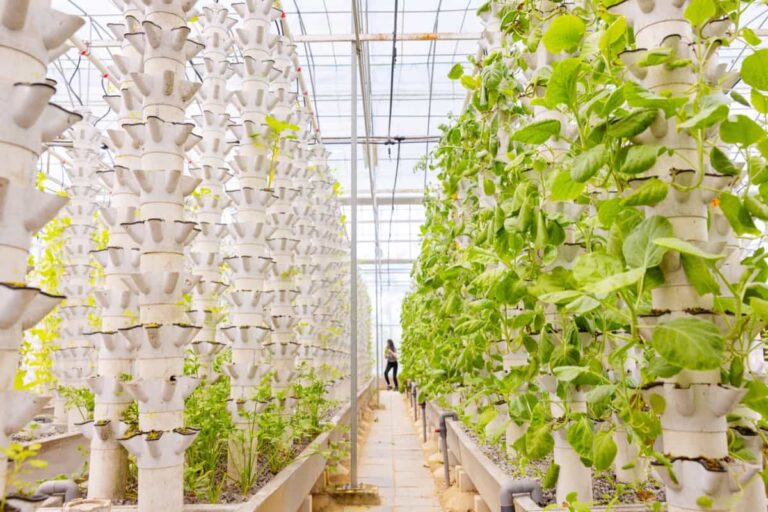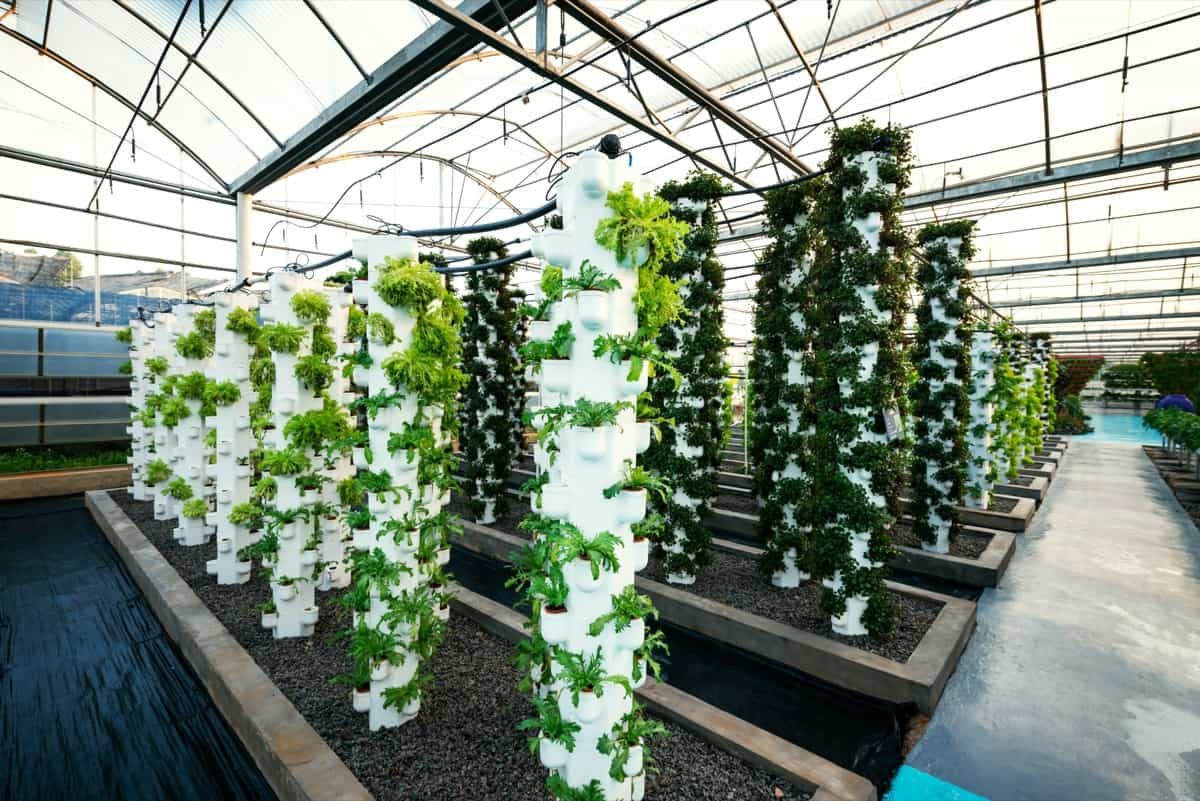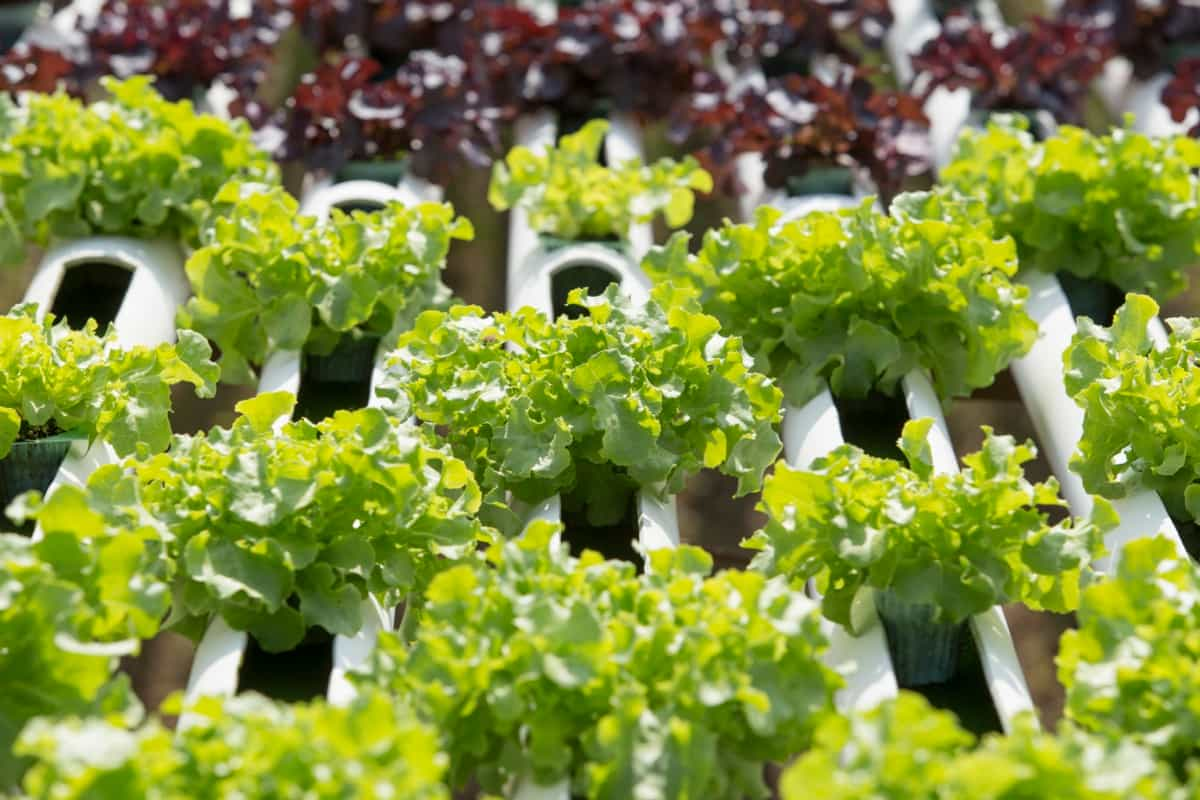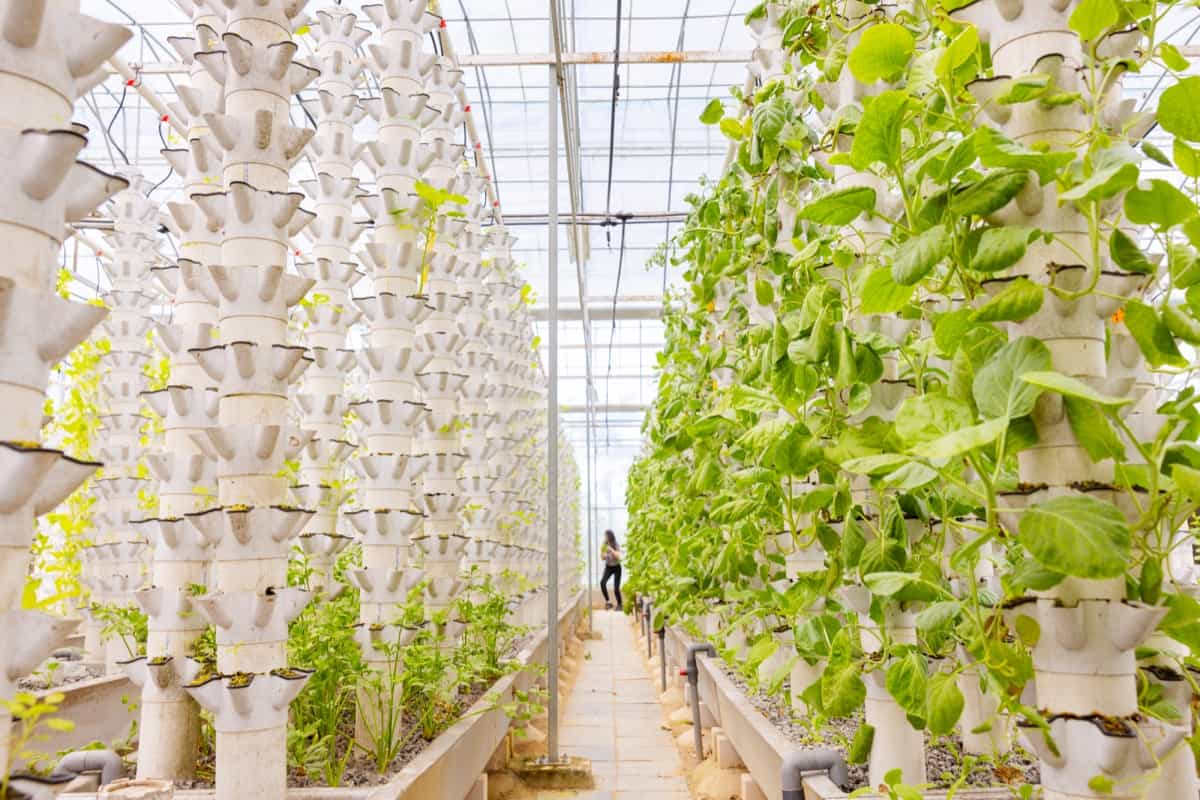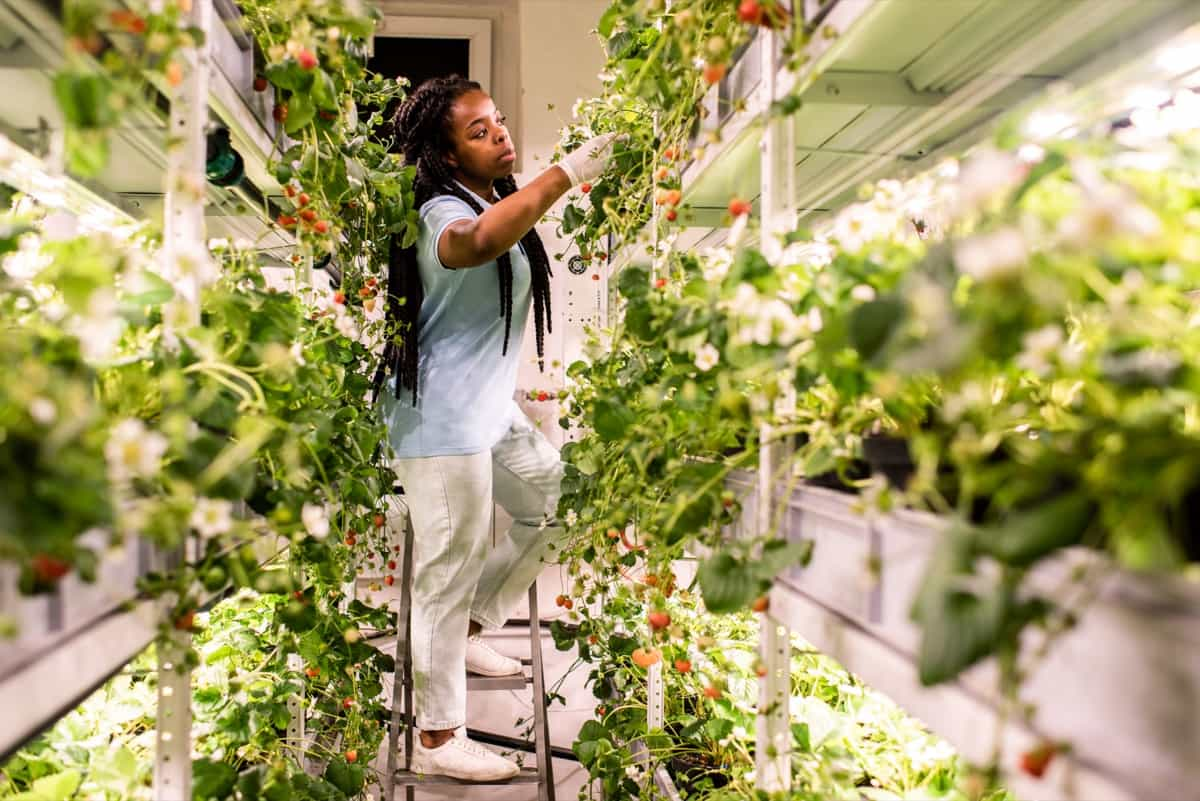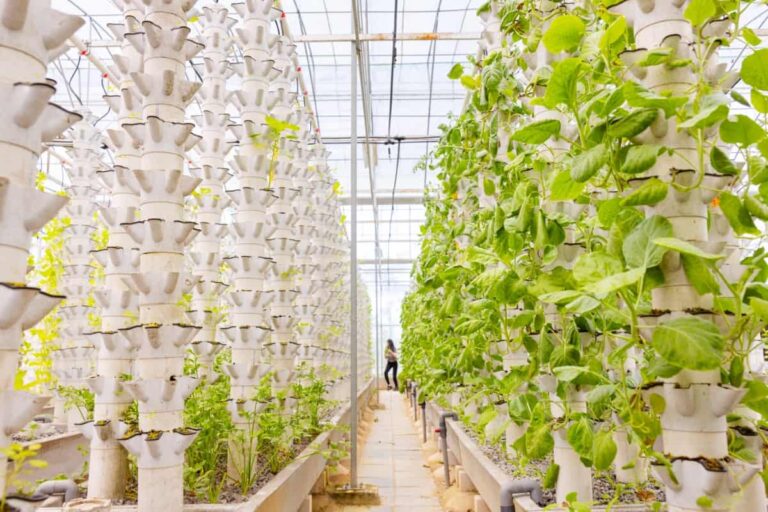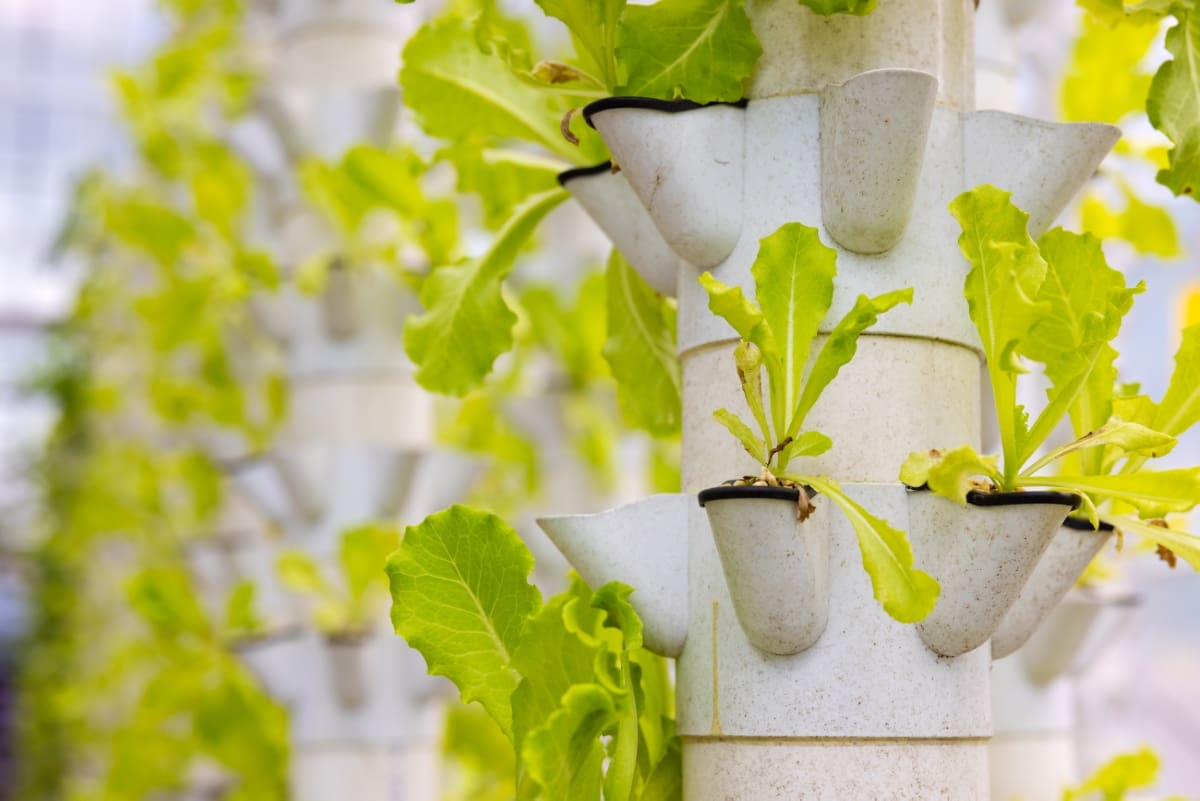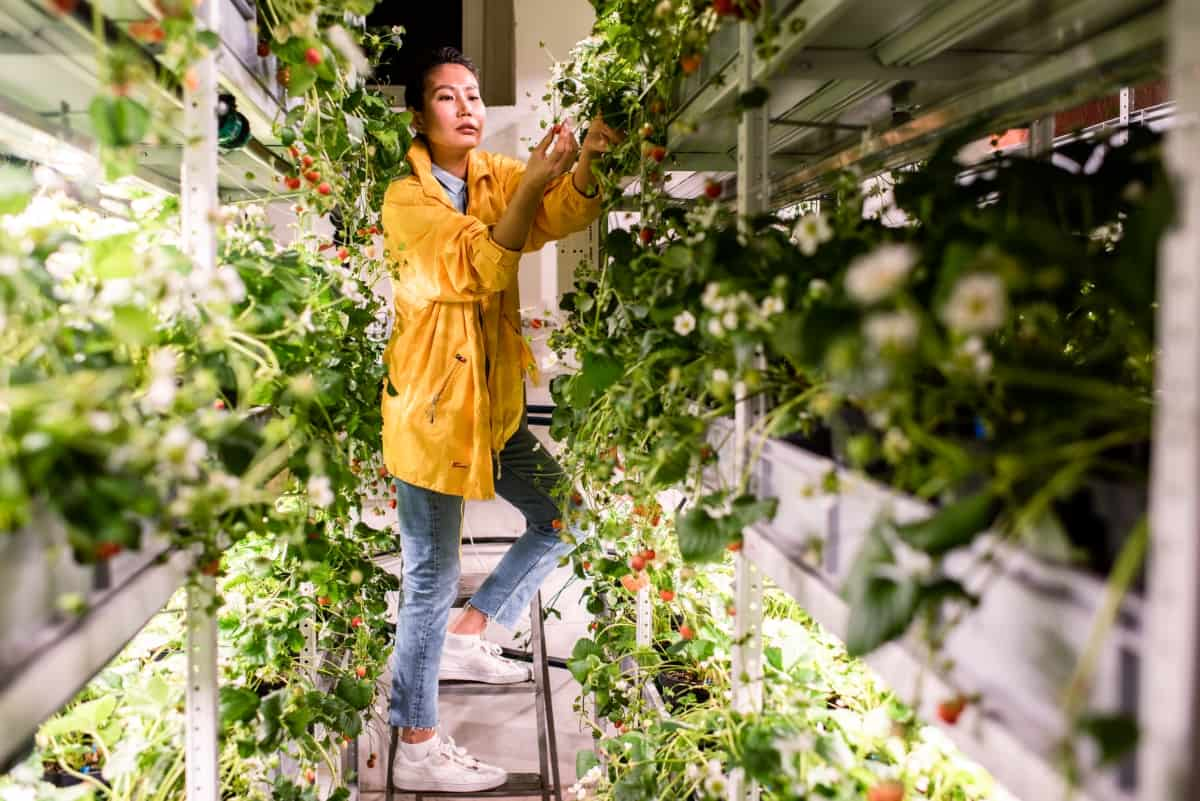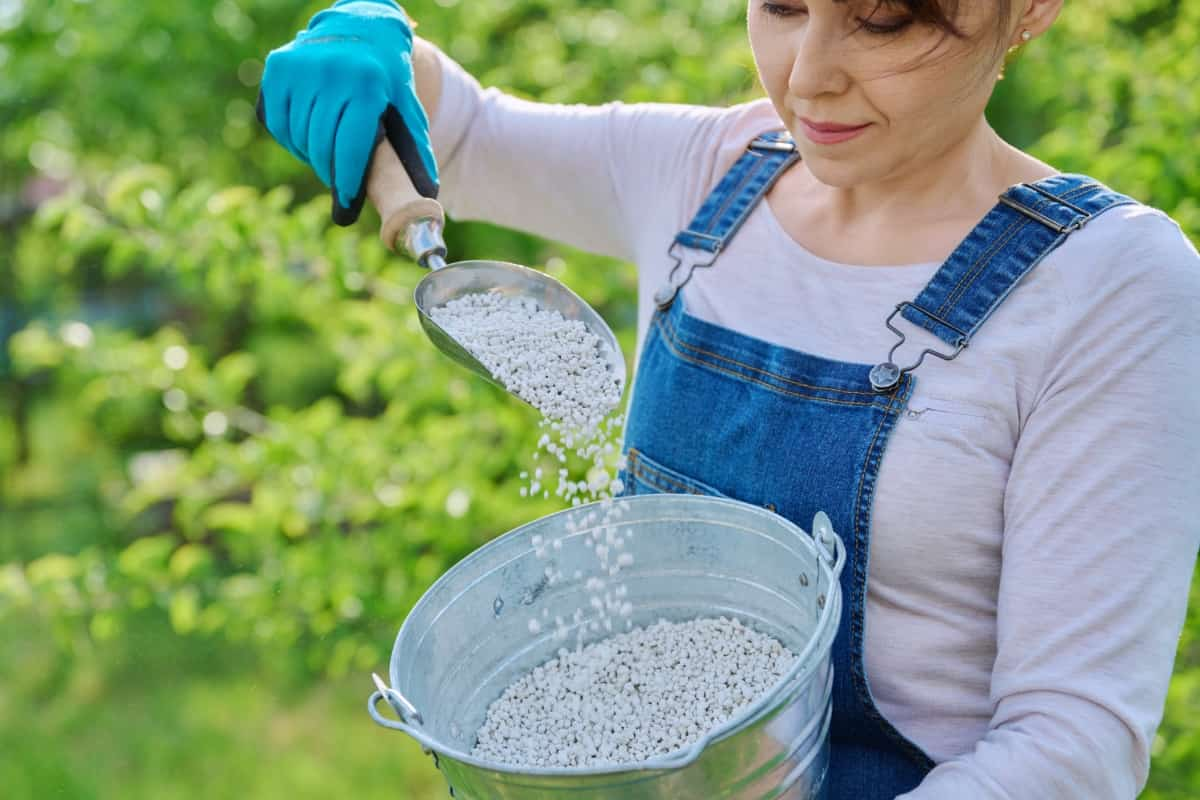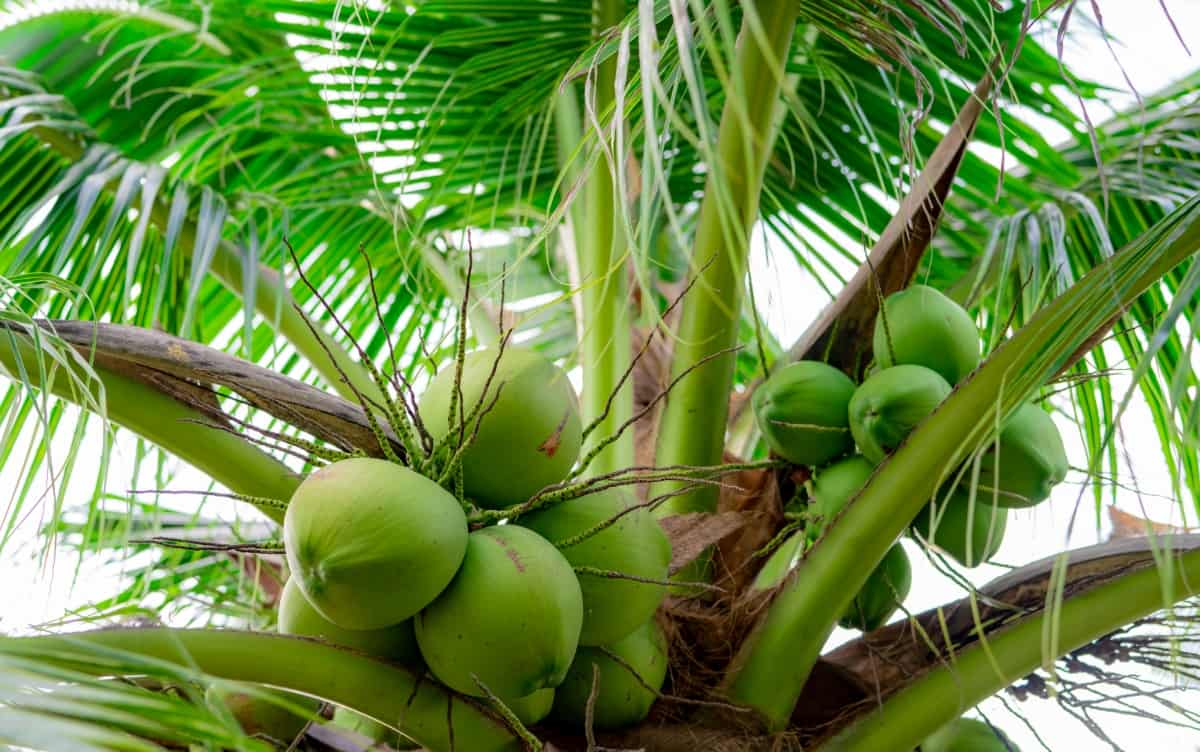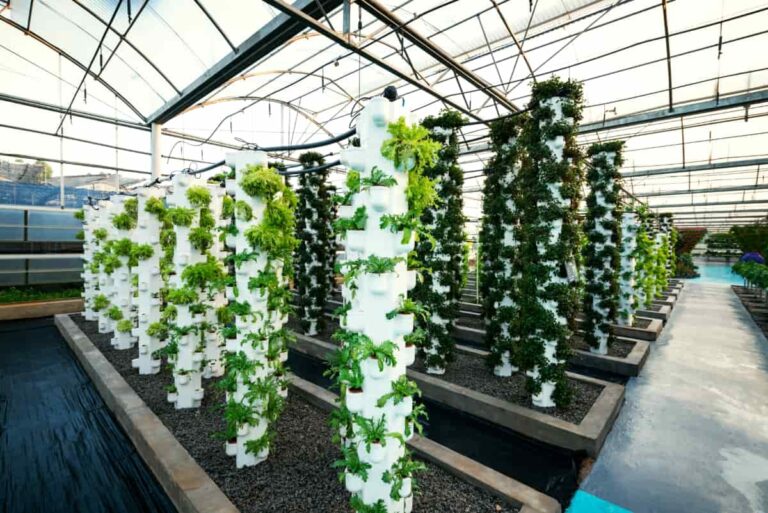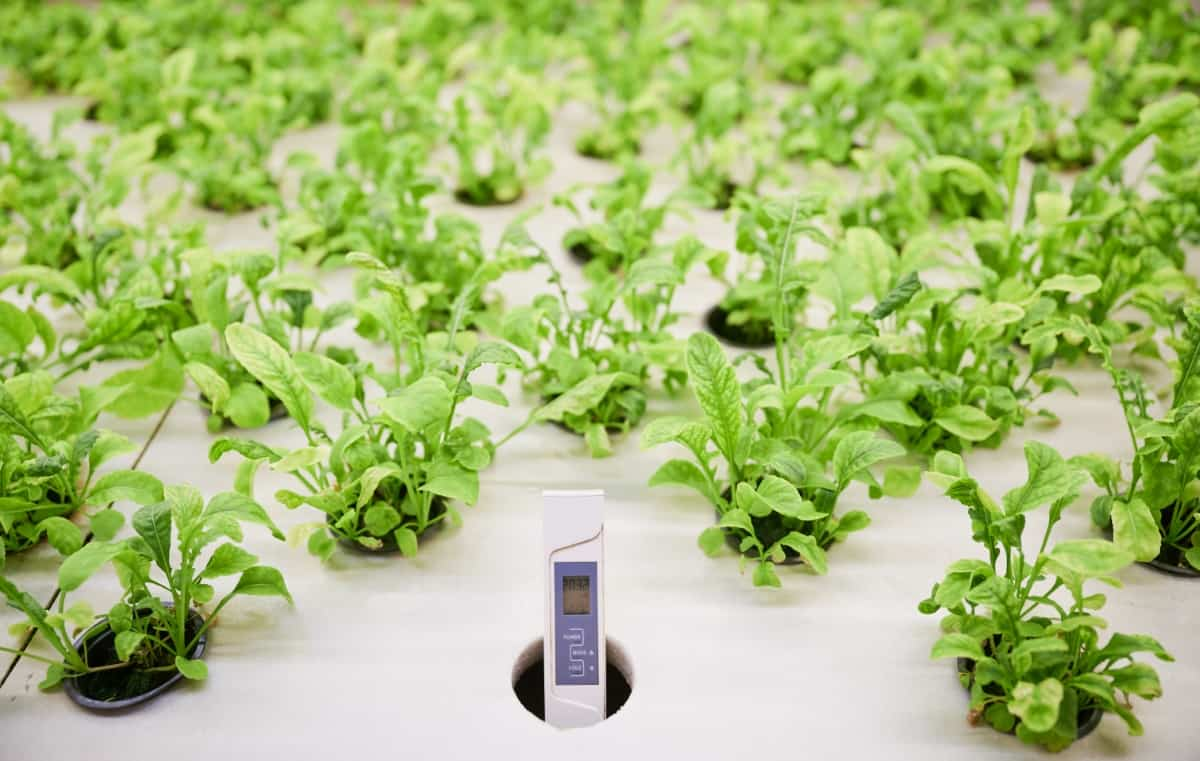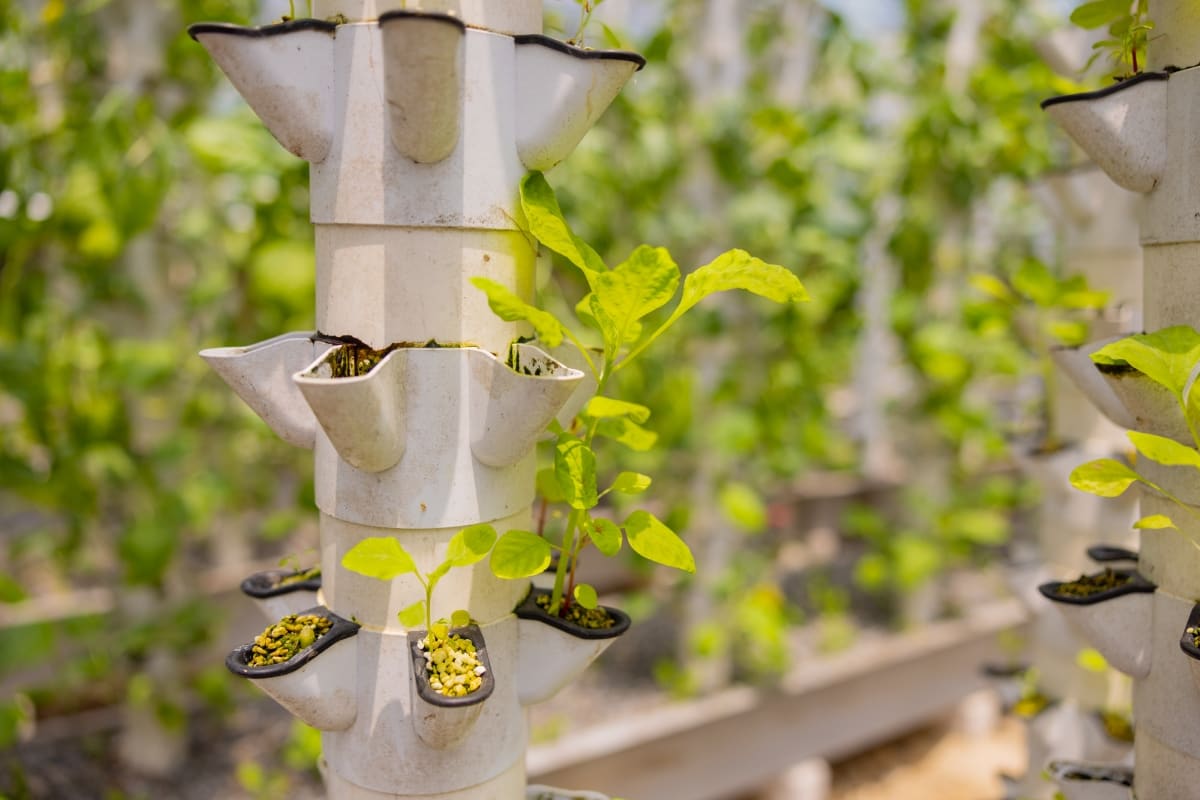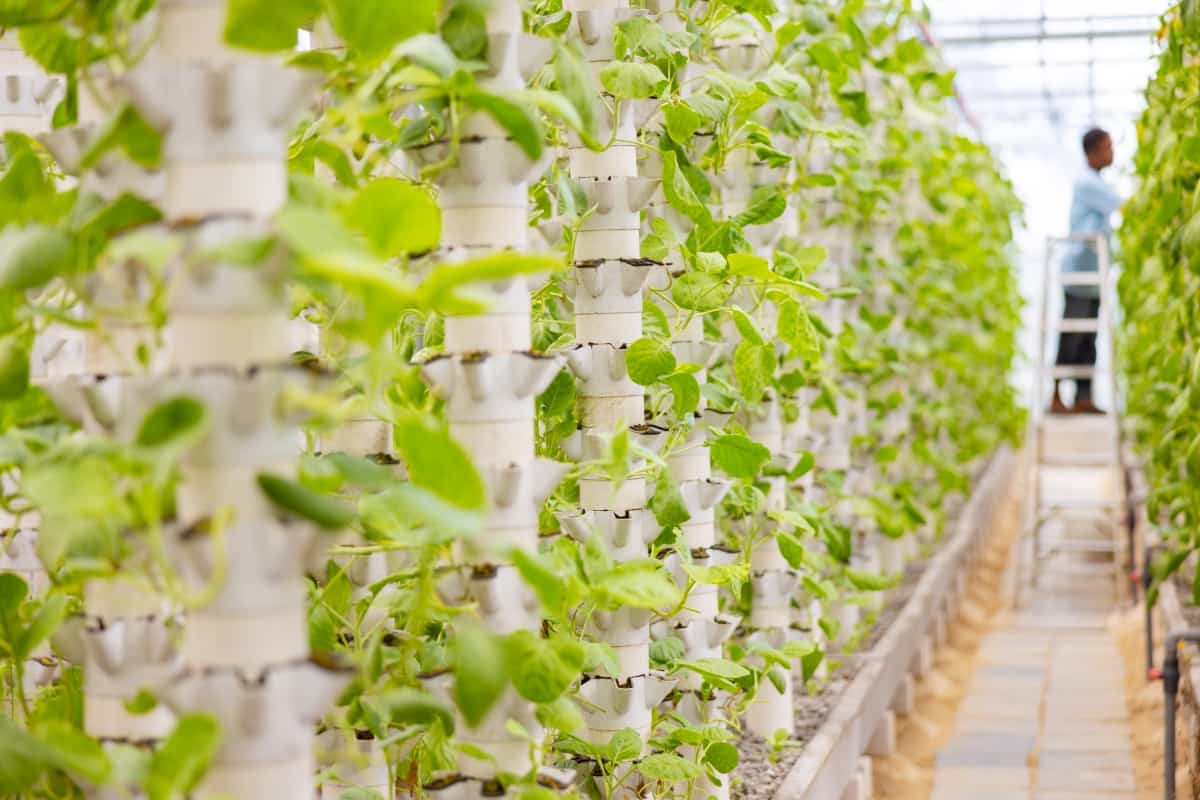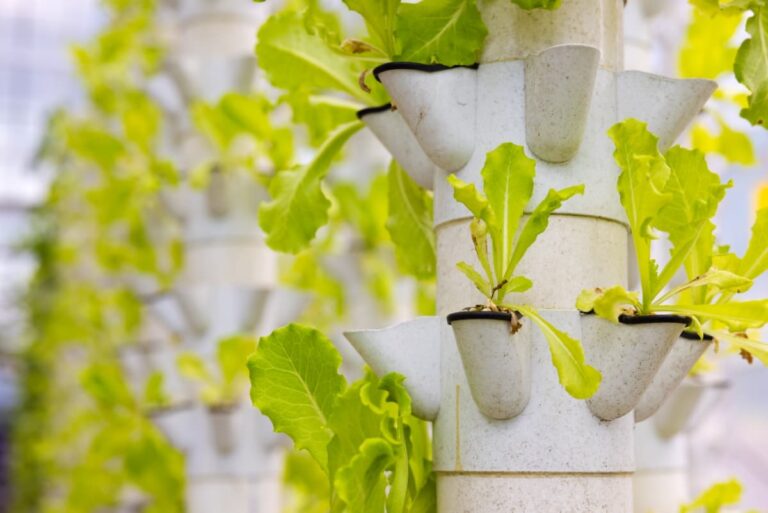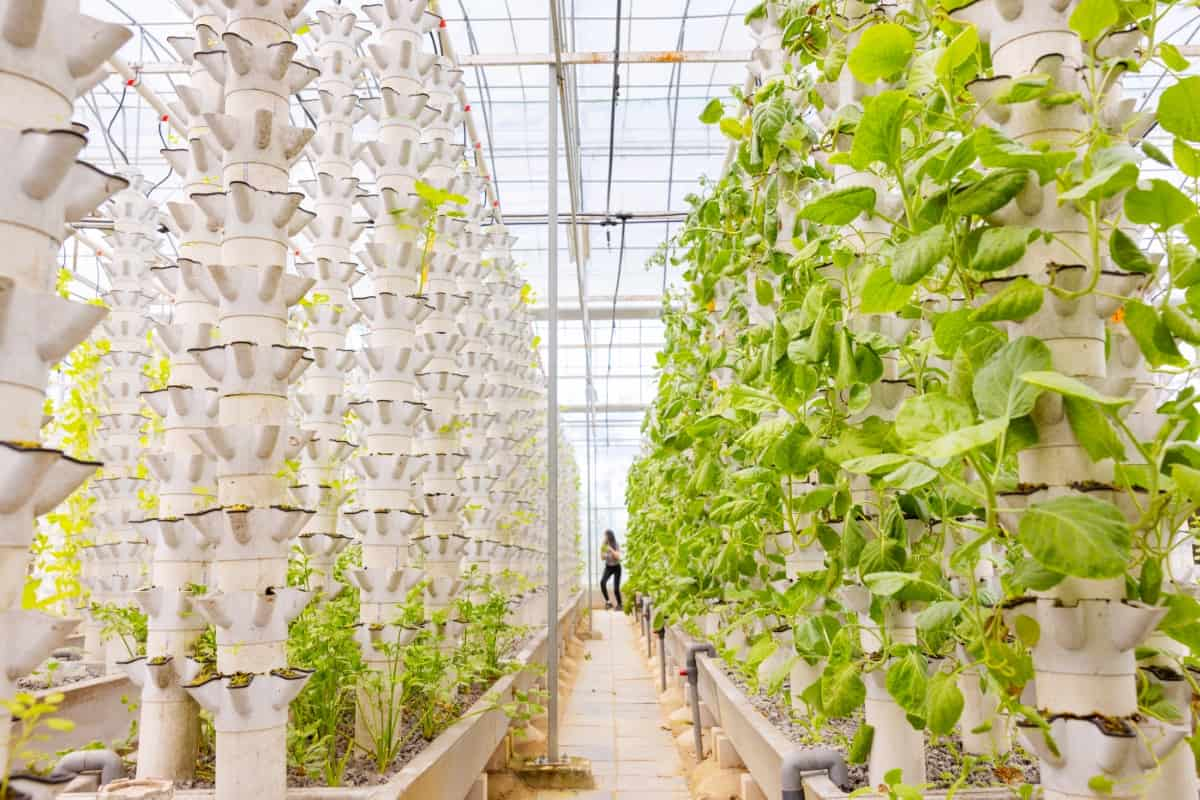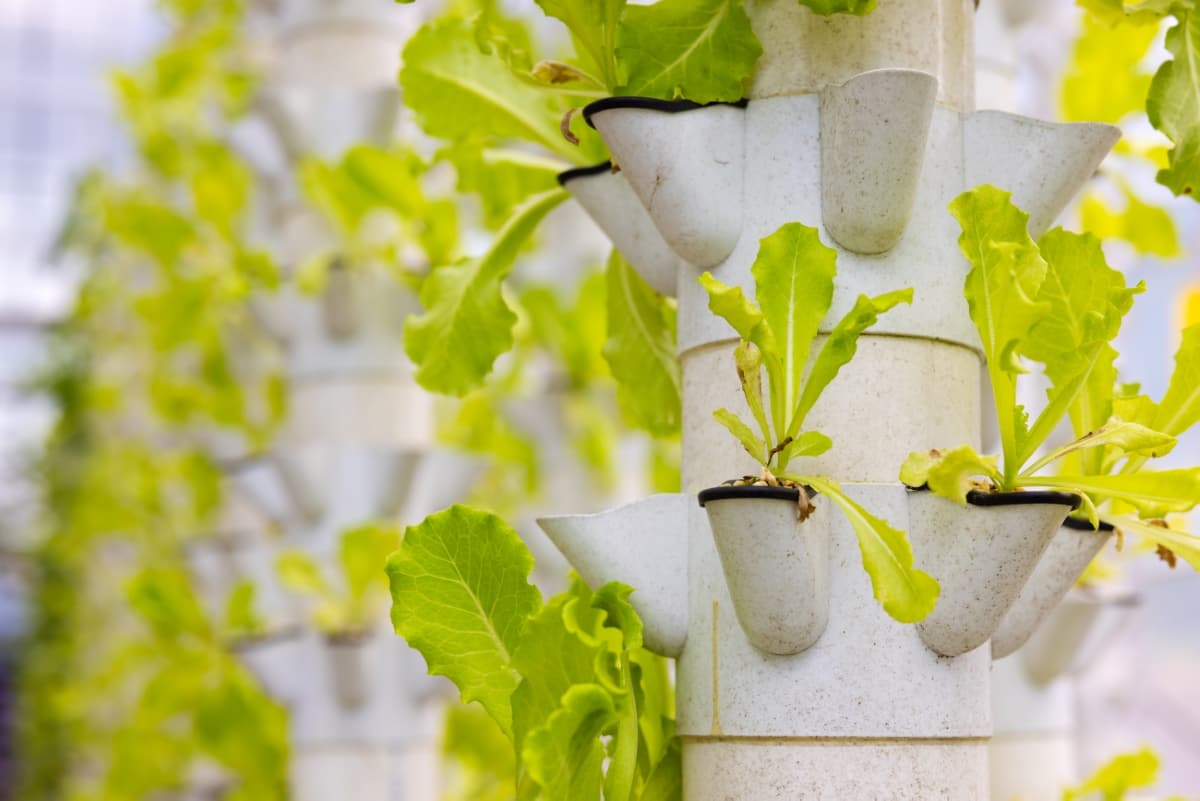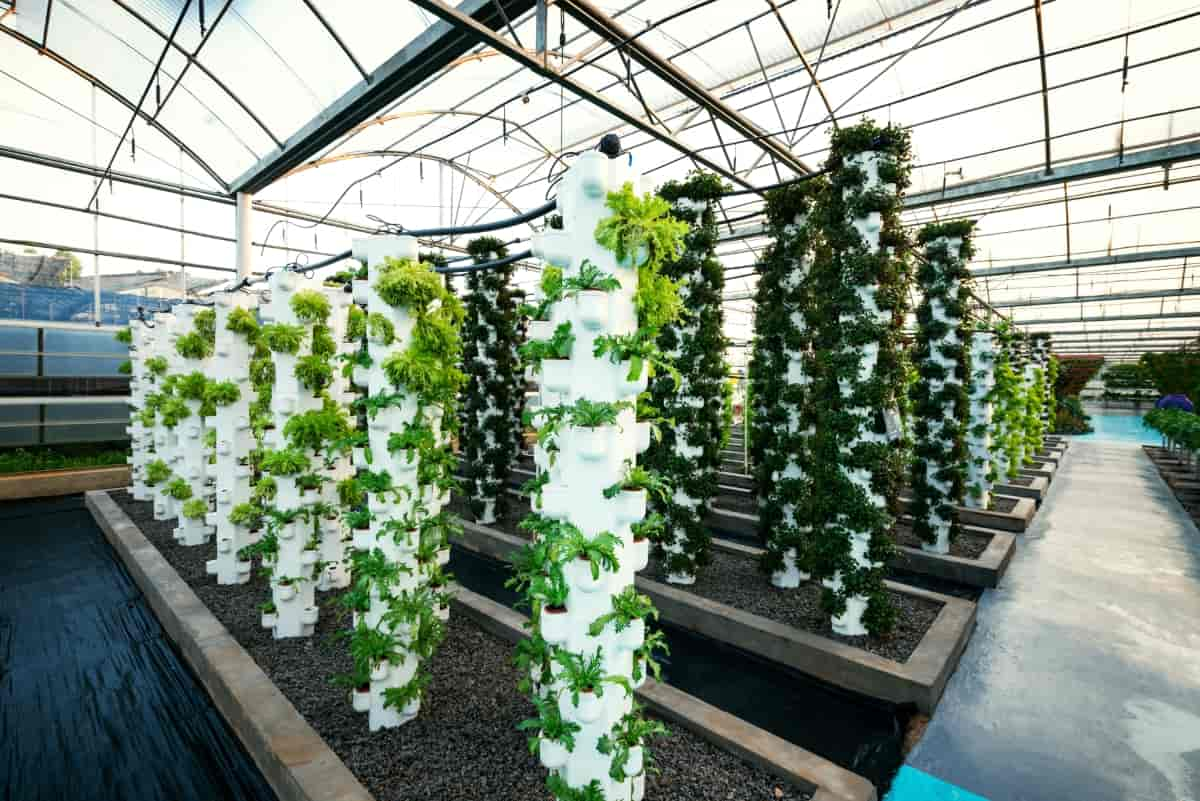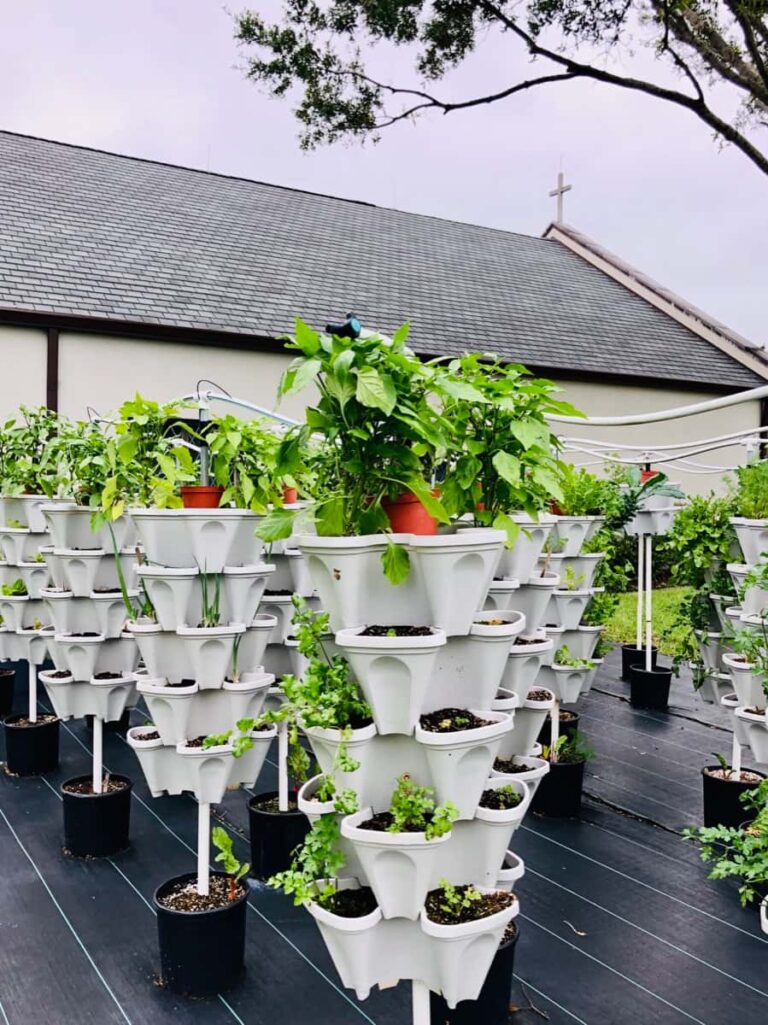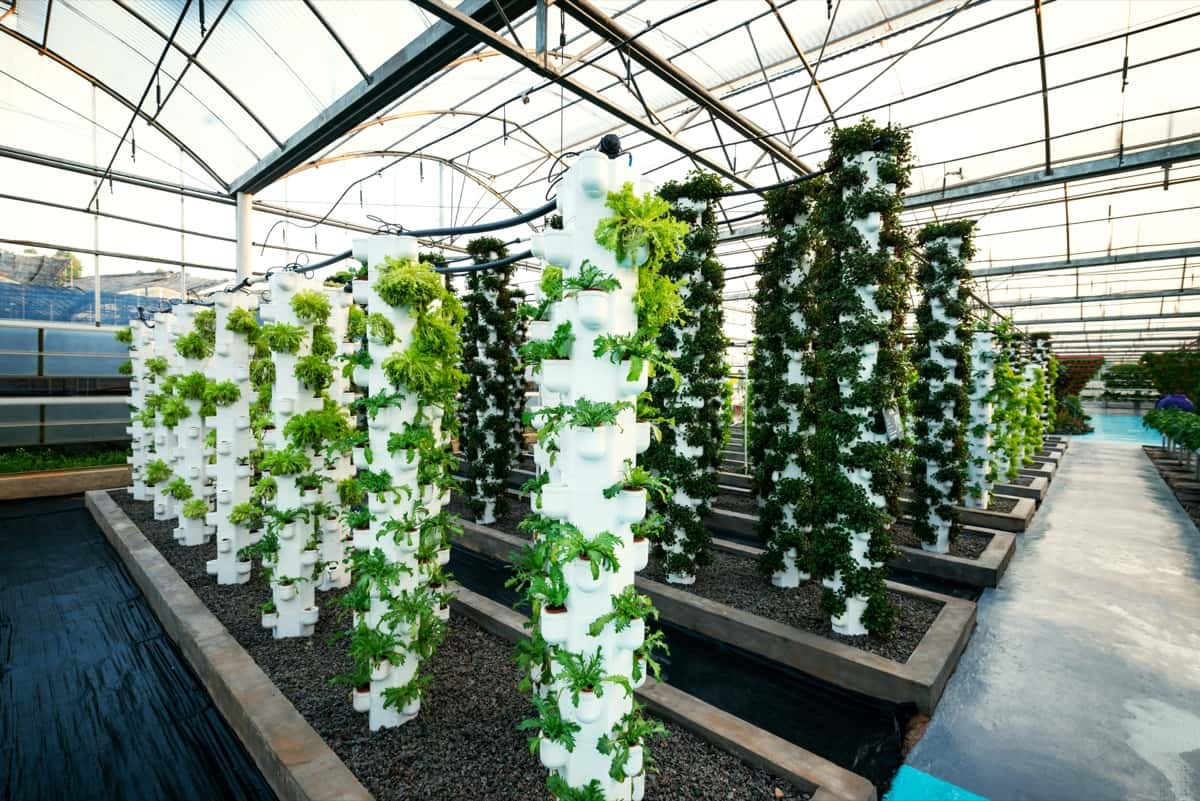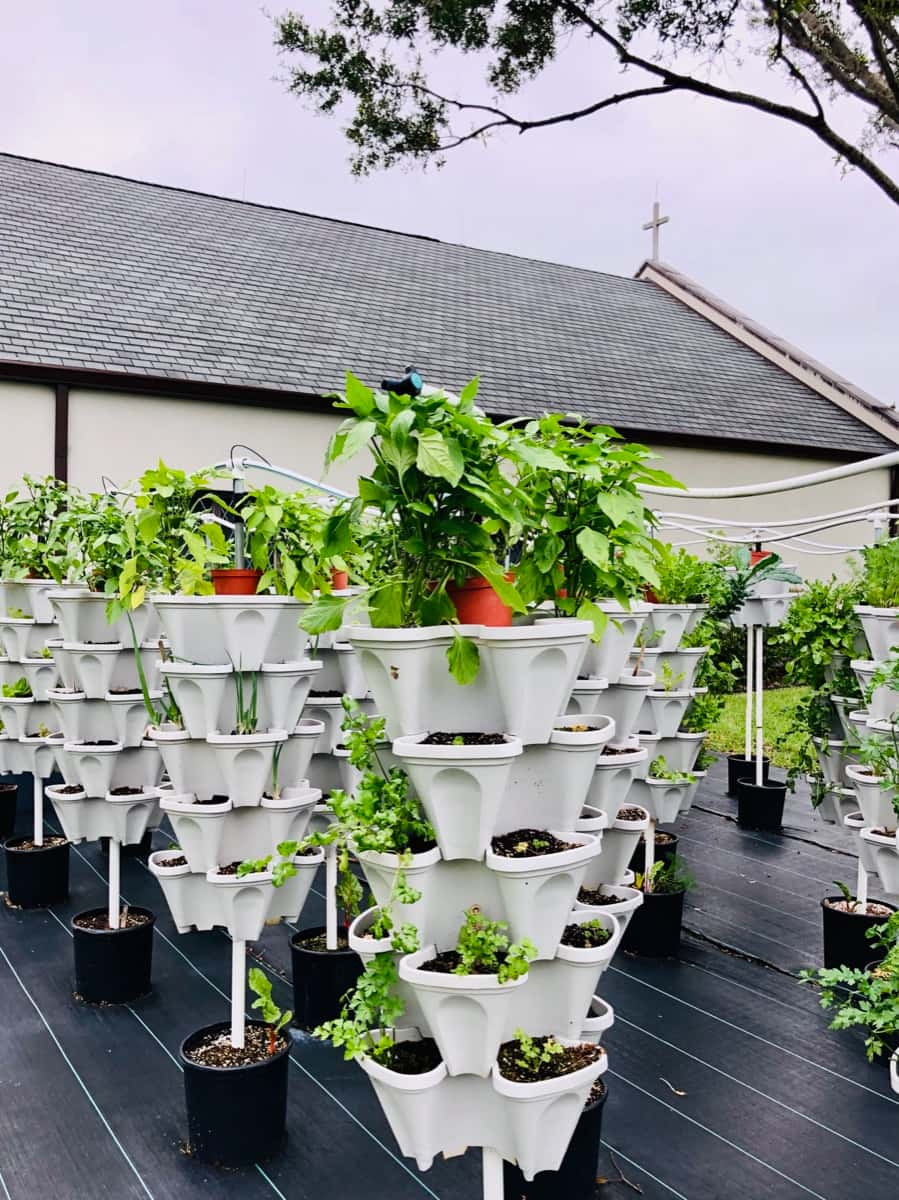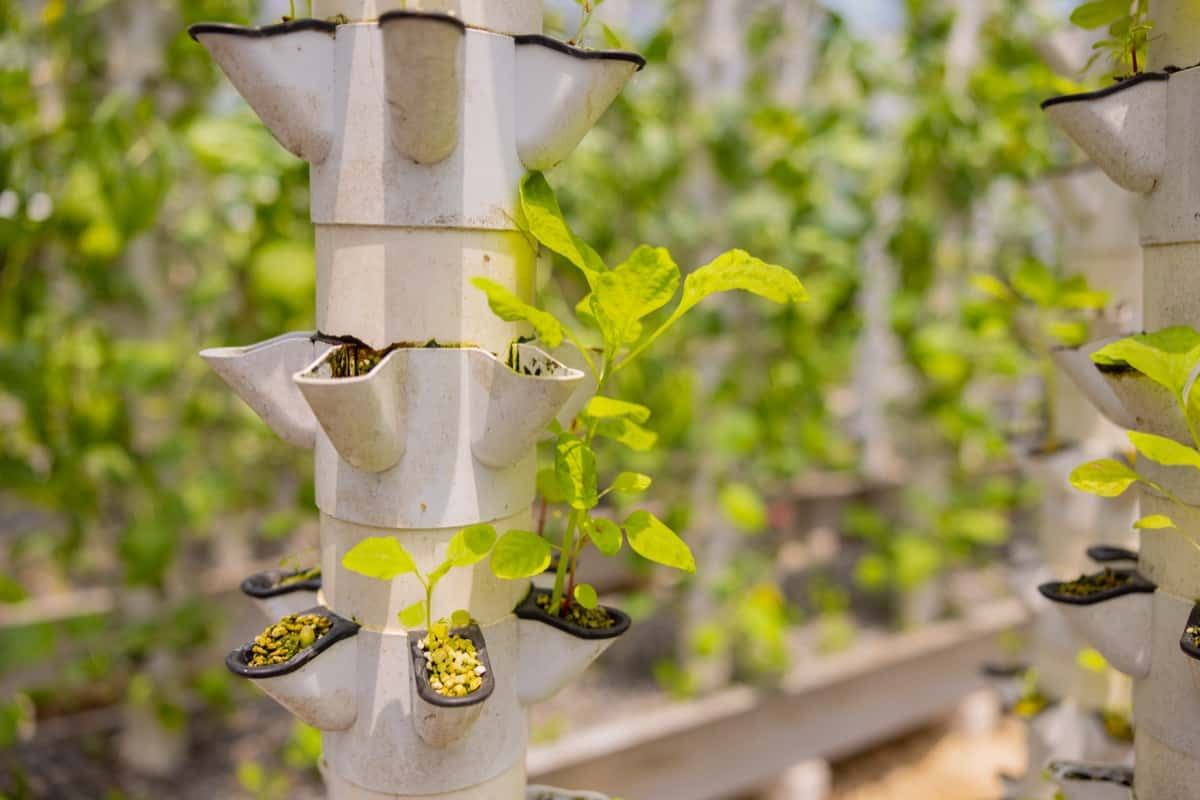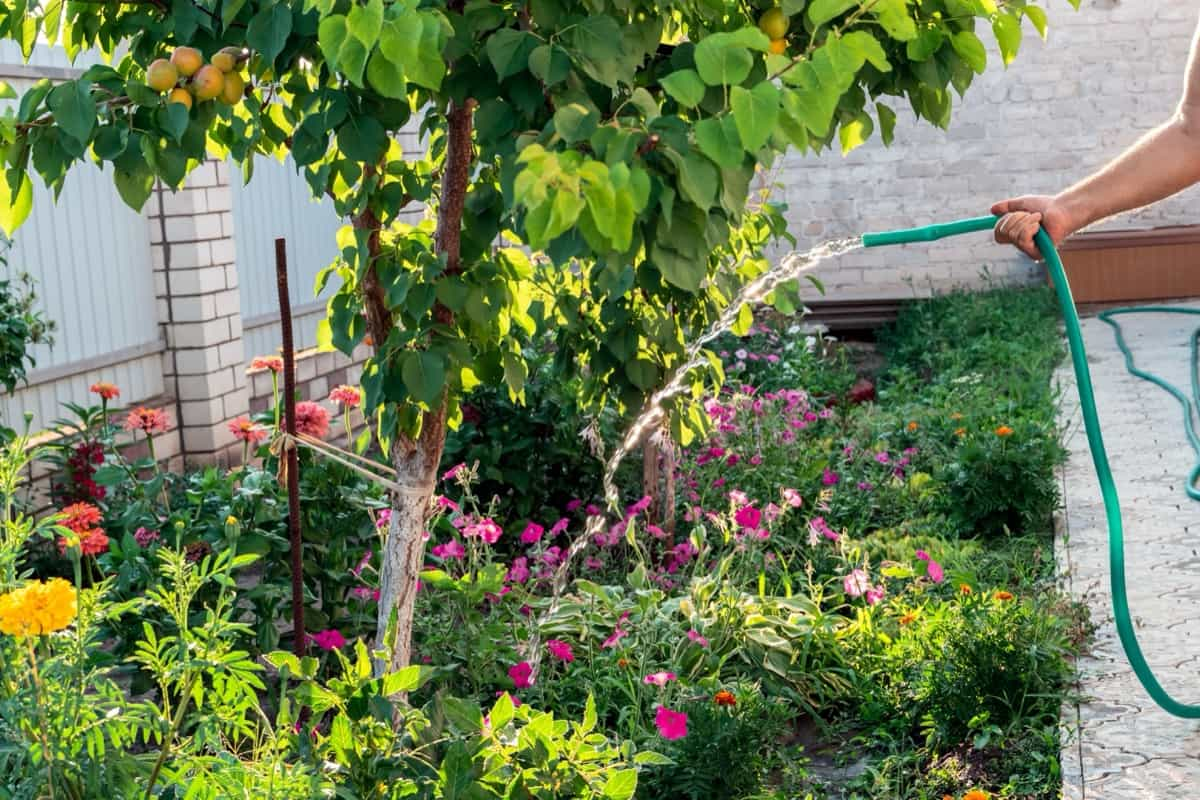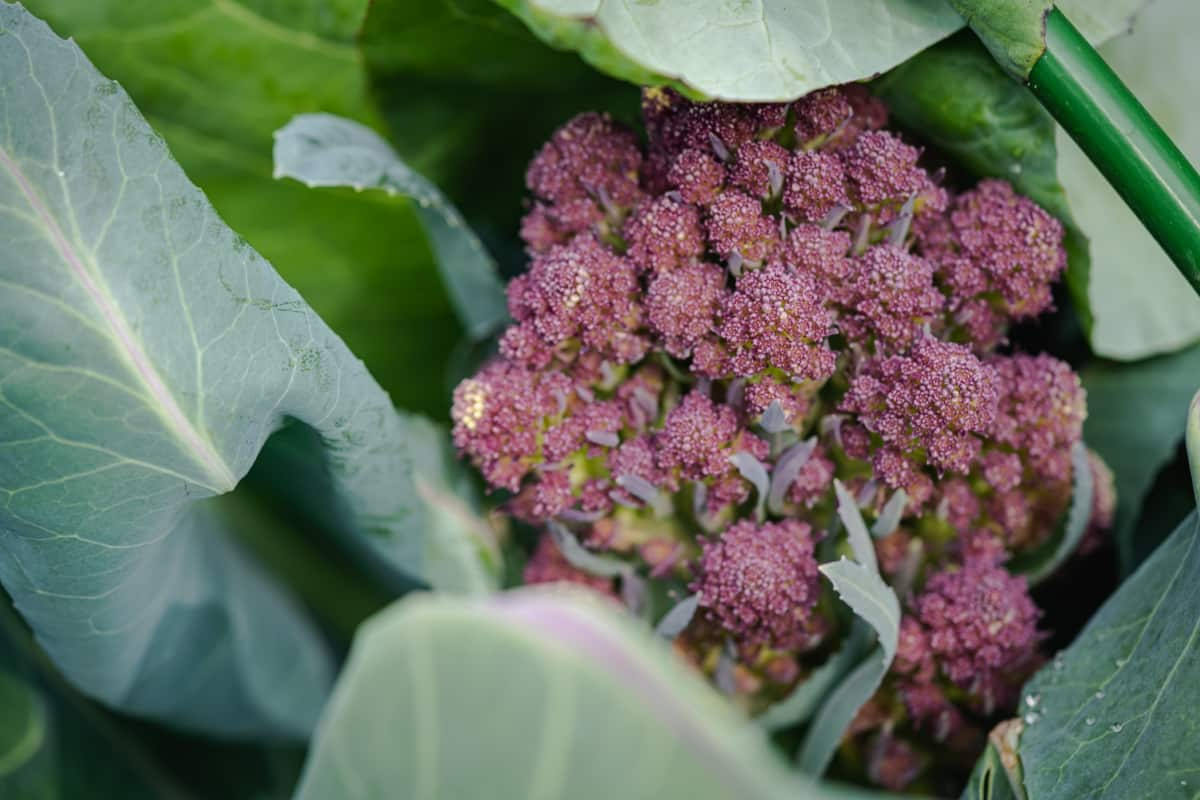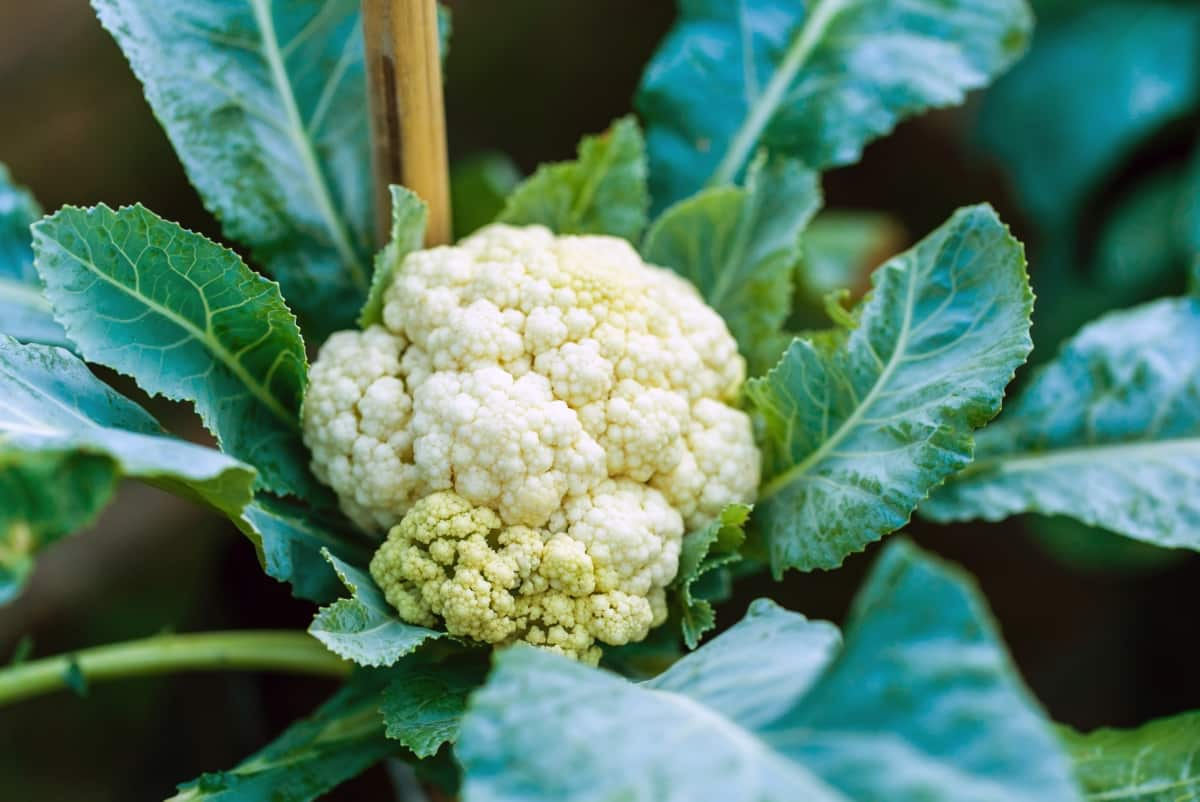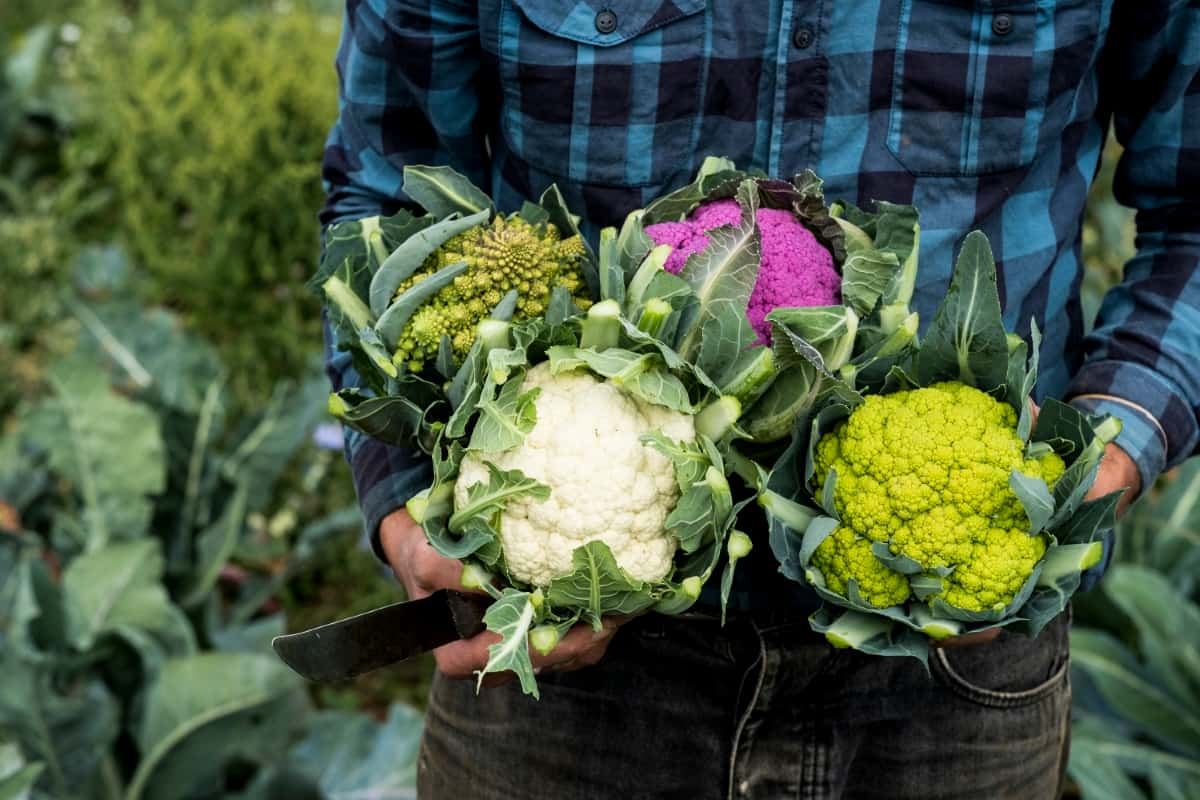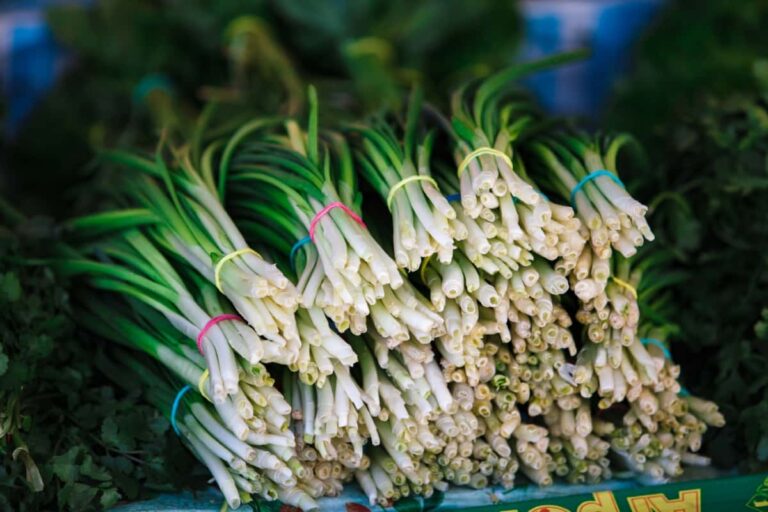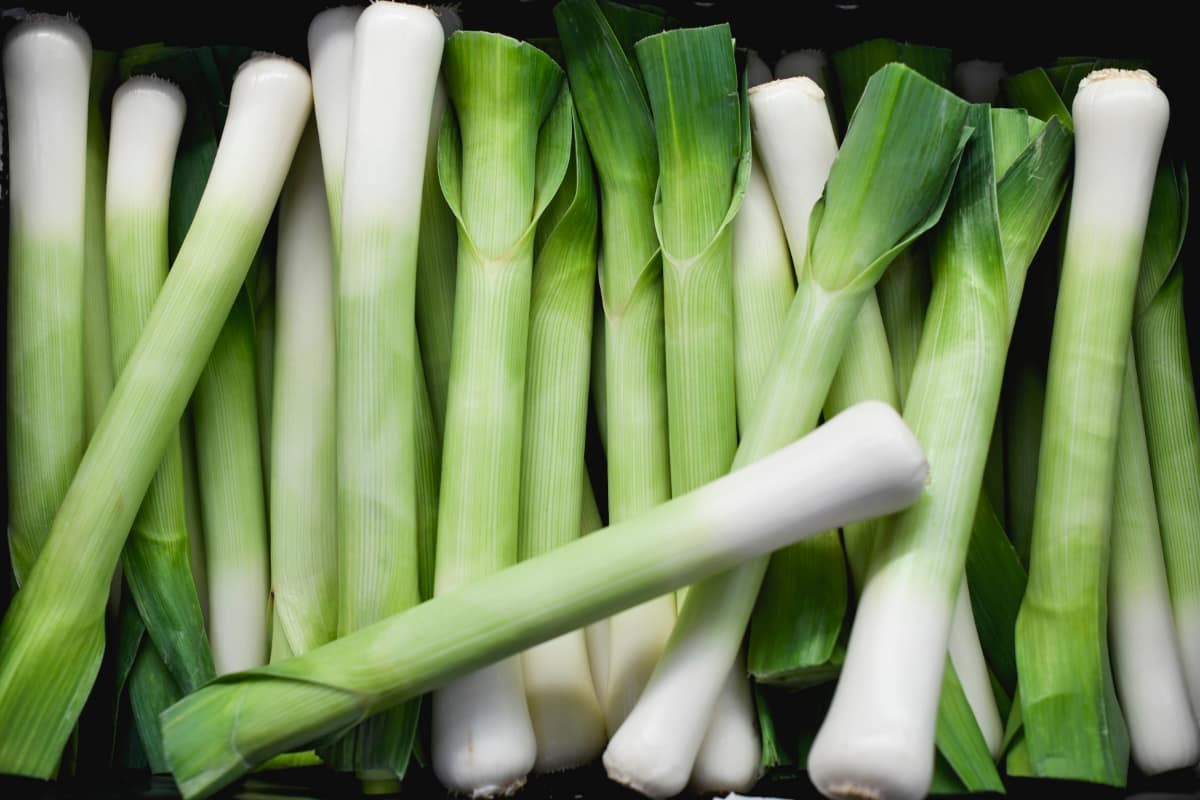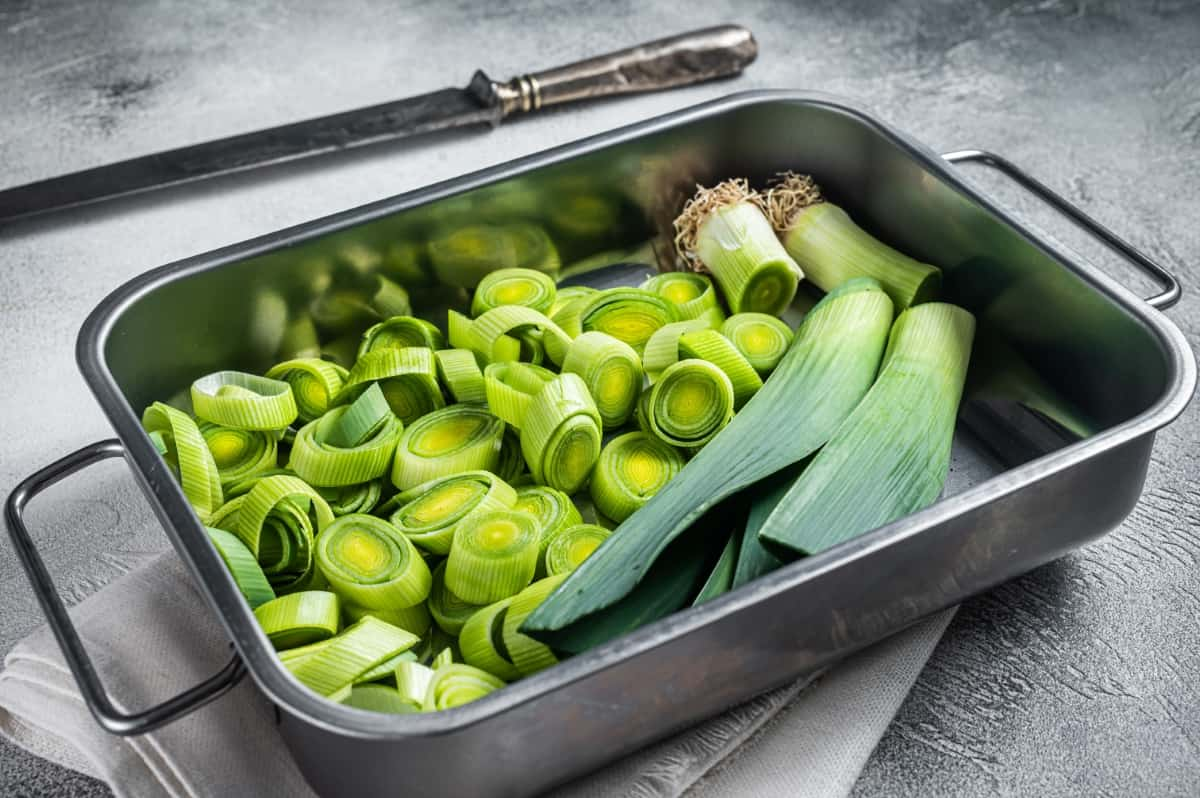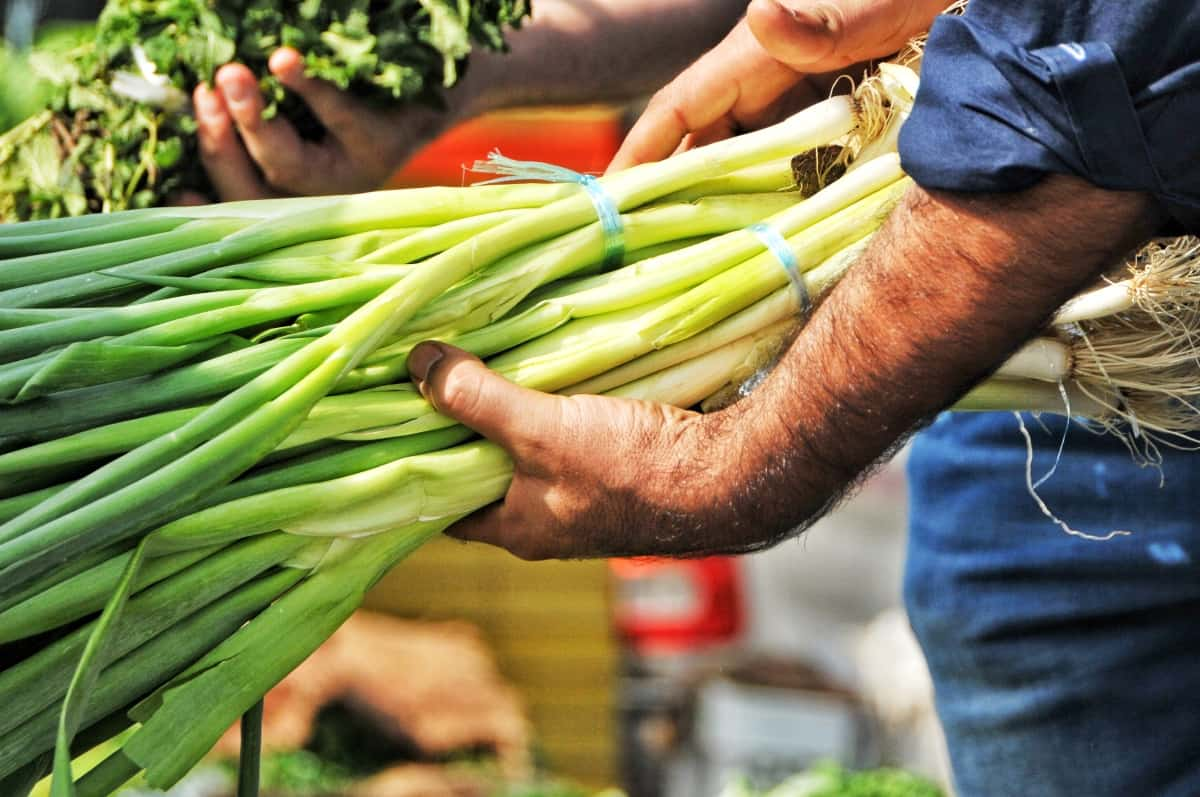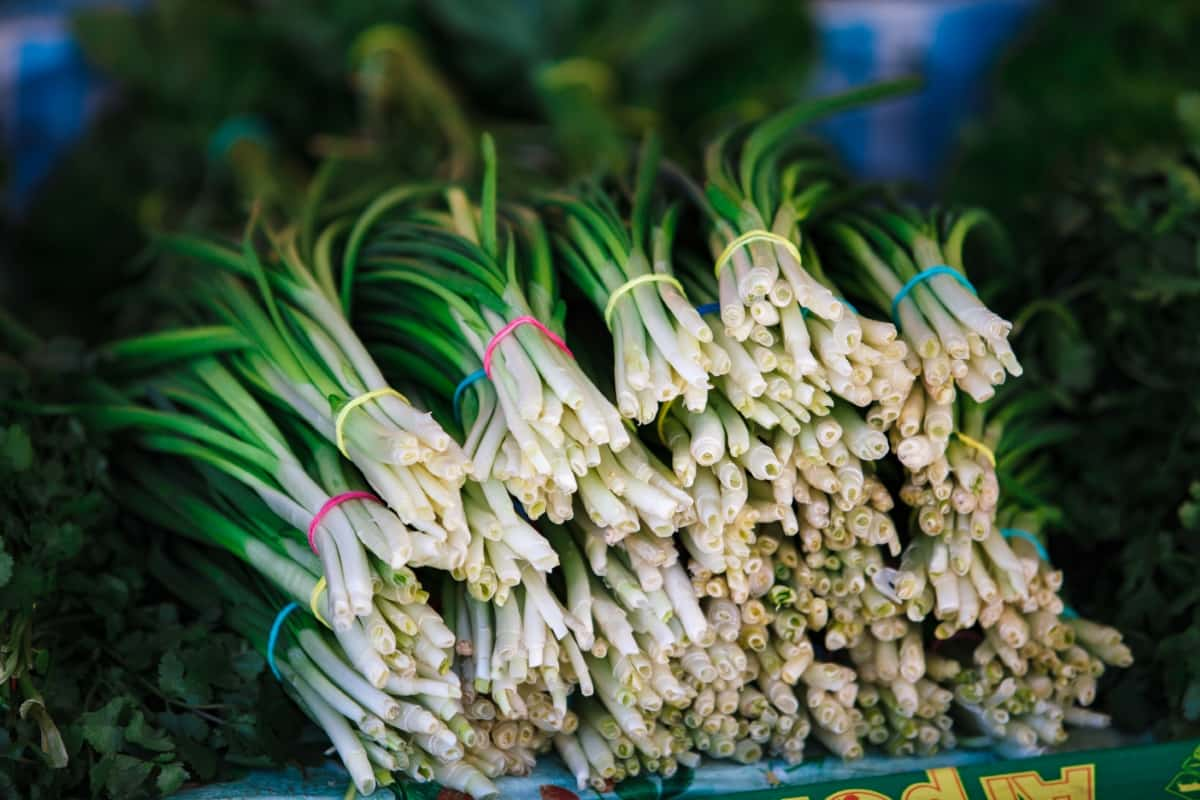Squash plants are known for their vigorous growth and abundant harvests. To ensure that your Squash plants thrive and produce the best yields, it is important to understand the importance of fertilizers in their cultivation. Homemade Squash Fertilizers can be a great option for nourishing your Squash plants and promoting healthy growth. By using readily available natural ingredients, you not only save money but also contribute to a more sustainable gardening practice.
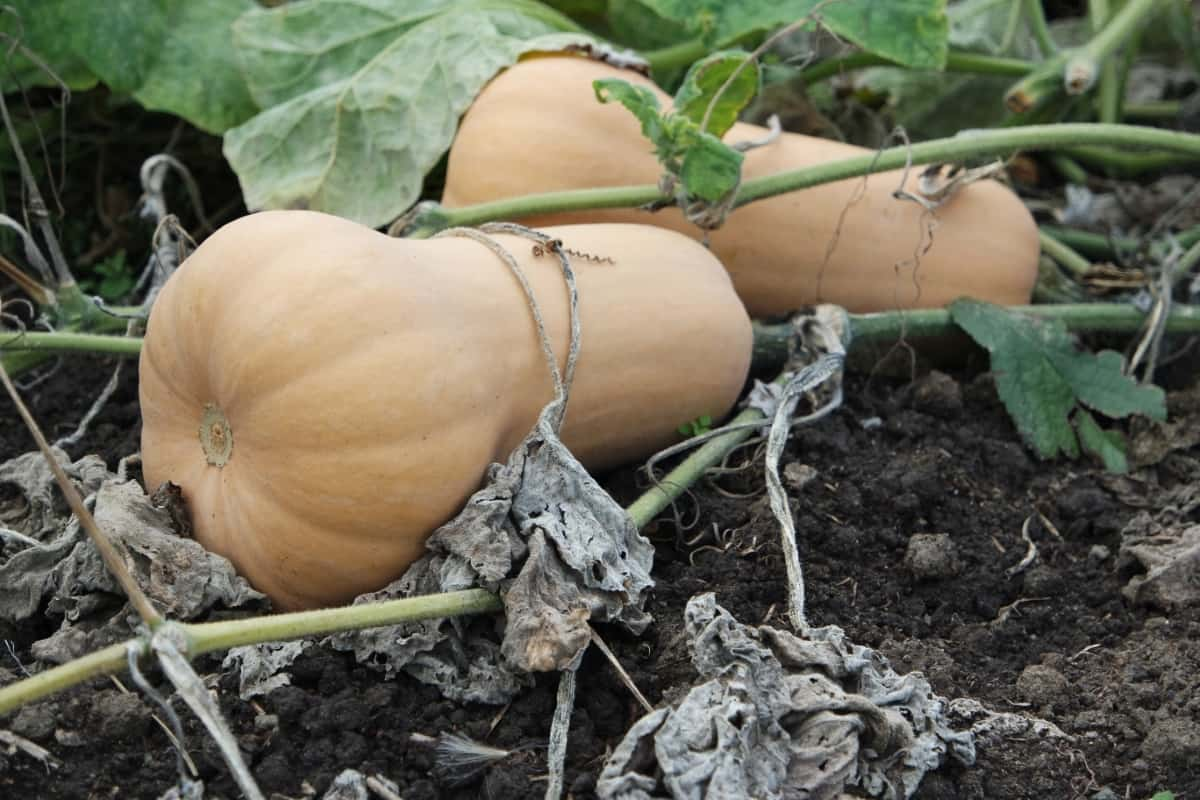
Homemade Fertilizers for Squash
Key Nutrients for Healthy Squash Growth
Nitrogen is one of the most important elements for Squash plant nutrition. It helps in leaf and stem development, as well as overall plant vigor. Calcium is another vital nutrient that shouldn’t be overlooked when it comes to Squash plants. Adequate levels of calcium contribute to strong cell walls, preventing diseases like blossom end rot that can plague your precious fruits. Potassium is yet another essential nutrient for healthy Squash growth. This element helps regulate water movement within the plant and enhances fruit quality and yield.
Advantages of Organic Fertilizers for Squash
DIY Organic Fertilizer for Squash nourishes the soil while feeding your crops, supports beneficial microbial life, and reduces risks associated with chemical runoff. Even though organic fertilization may require more effort, it pays off handsomely when it comes to long-term sustainability.
Starting with Compost
How to Make Compost at Home
To get started with composting, collect kitchen scraps and even yard waste. Next, create a compost pile in your backyard by layering the organic materials. Layer the browns (dry leaves or straw) followed by greens (kitchen scraps). Turn the pile regularly using a pitchfork or shovel to aerate it and accelerate decomposition. Within a few months to a year, you’ll have rich dark brown compost ready for use in your garden.
Applying Compost to Squash Beds
When it comes to Squash Compost Application, spread a layer of about two inches on top of the soil surface. Gently rake it into the top few inches of soil without disturbing any plant roots.
Coffee Grounds for Nitrogen
Preparing Coffee Grounds for Squash Fertilizer
When it comes to Coffee Grounds Squash Fertilizer, prepare coffee grounds for use as Squash fertilizer, and collect used coffee grounds. Allow the grounds to dry out completely before applying them to your Squash beds. Once dried, scatter the coffee grounds around the base of your Squash plants, being mindful not to pile them too close to the stems.
Nitrogen’s Role in Squash Development
Nitrogen is essential for Squash development as it helps in leafy green growth and overall plant vigor. It plays a vital role in promoting photosynthesis, which is essential for energy production and nutrient absorption in plants. By using coffee grounds as a natural nitrogen-rich fertilizer, you can provide your Squash plants with an extra boost of nutrients without relying on synthetic chemical fertilizers.
Eggshell Calcium Enrichment
Creating Eggshell Fertilizer for Squash
When it comes to the health and productivity of your Squash plants, calcium plays a crucial role. Creating eggshell fertilizer for Squash is not only easy but also a sustainable way to utilize kitchen waste. Start by collecting clean eggshells from your kitchen scraps. Rinse them and let them dry completely. Once the shells are dry, crush them or grind them into a fine powder using a blender.
The Importance of Calcium for Squash Plants
Remember that maintaining adequate calcium levels in your soil is crucial throughout the entire growing season. Regular applications of eggshell fertilizer can help prevent conditions like blossom end rot—a common problem in Squashes caused by calcium deficiency.
In case you missed it: Squash Plant Diseases, Pests and Control Methods

Banana Peels for Potassium
How to Use Banana Peels as Squash Fertilizer
To utilize banana peels as fertilizer, start by collecting them from your kitchen scraps. It’s important to note that organic bananas are preferred since conventionally grown ones may have pesticide residues. Once you have gathered enough peels, cut them into small pieces to speed up decomposition. Next, bury the banana peel pieces directly into the soil around your Squash plants or blend them into a liquid fertilizer by soaking them in water for several days. This will allow the nutrients from the peels to leach out and create a potassium-rich solution.
Potassium’s Impact on Squash Health and Yield
Potassium is vital for overall plant growth and development. It helps strengthen cell walls, improve disease resistance, regulate water balance within cells, enhance root development, and promote fruiting and flowering in Squash plants.
Wood Ash for Potassium and pH Adjustment
Using Wood Ash in the Squash Garden
Wood ash is a valuable resource when it comes to providing potassium and adjusting soil pH in your Squash Garden. Potassium is an essential nutrient for Squash plants as it promotes healthy root development, improves disease resistance, and enhances fruit production. Using wood ash as a natural fertilizer can help ensure that your Squash plants have an adequate supply of this important mineral.
To use Wood Ash for Squash Gardens, start by collecting the ashes from hardwood fires or fireplaces. Avoid using ashes from coal or treated wood, as they may contain harmful chemicals. Spread the ashes evenly over the soil in your Squash beds and gently work them into the top layer of soil.
Balancing Soil pH for Optimal Squash Growth
Squash plants prefer slightly acidic to neutral soils with a pH between 6.0 and 7.0. Wood ash has alkaline properties that can help raise the pH level if your soil is too acidic. However, it’s important not to overdo it with wood ash application since excessive amounts can lead to overly alkaline conditions, which are not suitable for the optimal growth of Squash plants.
Fish Emulsion for a Nutrient Boost
Making Homemade Fish Emulsion Fertilizer
To start the Fish Emulsion Recipe for Squash, gather the necessary ingredients: fresh fish scraps (such as heads, bones, and organs), water, and a large container with a lid. Begin by chopping the fish into smaller pieces to increase the surface area. Place the chopped fish in the container and cover it with water.
For every pound of fish scraps, add two gallons of water. Seal the container tightly with the lid. Allow this mixture to ferment for about two weeks in a cool location away from direct sunlight. During this time, beneficial bacteria will break down the fish scraps, transforming them into an odoriferous liquid fertilizer packed with essential nutrients.
Benefits of Fish Emulsion for Squash
Fish emulsion also contains calcium and phosphorus, which are essential for overall plant health. These minerals contribute to strong root systems and enhance flower production in Squash plants. Another advantage of using fish emulsion as a fertilizer is its ability to improve soil fertility over time.
Seaweed for Micronutrients
Preparing Seaweed Fertilizer for Squash
To prepare Seaweed Fertilizer for Squash Plants, start by collecting fresh seaweed from beaches or purchase dried seaweed online or at gardening stores. Rinse off any saltwater and debris before using it in your garden. For a liquid extract, chop up the seaweed into small pieces and soak them in water for several days. Stir occasionally to help release its nutrients into the water. Strain out the solids and use the liquid as a foliar spray or root drench.
Micronutrients’ Roles in Squash Plant Health
Micronutrients are vital for Squash plants’ development as they play crucial roles in enzyme activation, photosynthesis, hormone production, and disease resistance. These trace elements include iron, manganese, zinc, copper, boron, molybdenum, nickel, and chlorine. While needed in small amounts compared to macronutrients like nitrogen and phosphorus, they are equally important for achieving optimal plant health.
In case you missed it: Growing Butternut Squash – A Full Guide

Epsom Salt for Magnesium and Sulfur
Using Epsom Salt in Squash Cultivation
When it comes to Epsom Salt for Squash Growth, ensure that your plants receive nutrients that are essential for their growth. One nutrient that plays an key role in promoting vigorous Squash plants is magnesium. And one way to provide this vital mineral is by using Epsom salt. Epsom salt can be easily dissolved in water and applied to the soil or sprayed onto the leaves of your Squash plants. It not only provides magnesium but also supplies sulfur, another important element for plant development.
Enhancing Squash Plant Vigor with Magnesium and Sulfur
Magnesium is involved in physiological processes within the plant, such as photosynthesis and enzyme activation. Sulfur, on the other hand, aids in protein synthesis and enhances root development. By incorporating Epsom salt into your fertilization routine, you are giving your Squash plants a boost of the sulfur they need for optimal growth.
Green Manure for Soil Fertility
Selecting and Growing Green Manure Crops for Squash
Green manure crops are a fantastic way to improve the fertility of your soil and provide essential nutrients for your Squash plants. When choosing Green Manure for Squash Beds, consider their nitrogen-fixing abilities. Legumes like Clover, Peas, or Beans are excellent choices as they have a symbiotic relationship with bacteria that convert atmospheric nitrogen into plant-available form.
This helps boost nitrogen levels in the soil naturally. Another option is incorporating grasses such as Rye or Oats into your garden. These cover crops help prevent erosion, suppress weeds, and add organic matter when turned under.
Incorporating Green Manure into the Squash Garden
To incorporate green manure into your Squash garden, start by planting these nutrient-rich cover crops in sections where you plan to grow Squash later in the season. Allow them to grow until they reach maturity before cutting them down and turning them under. By doing this several weeks before planting your Squashes, you give enough time for organic matter from the cover crop to break down and release its nutrients into the soil.
In case you missed it: Growing Spaghetti Squash; Planting; Care; Harvesting
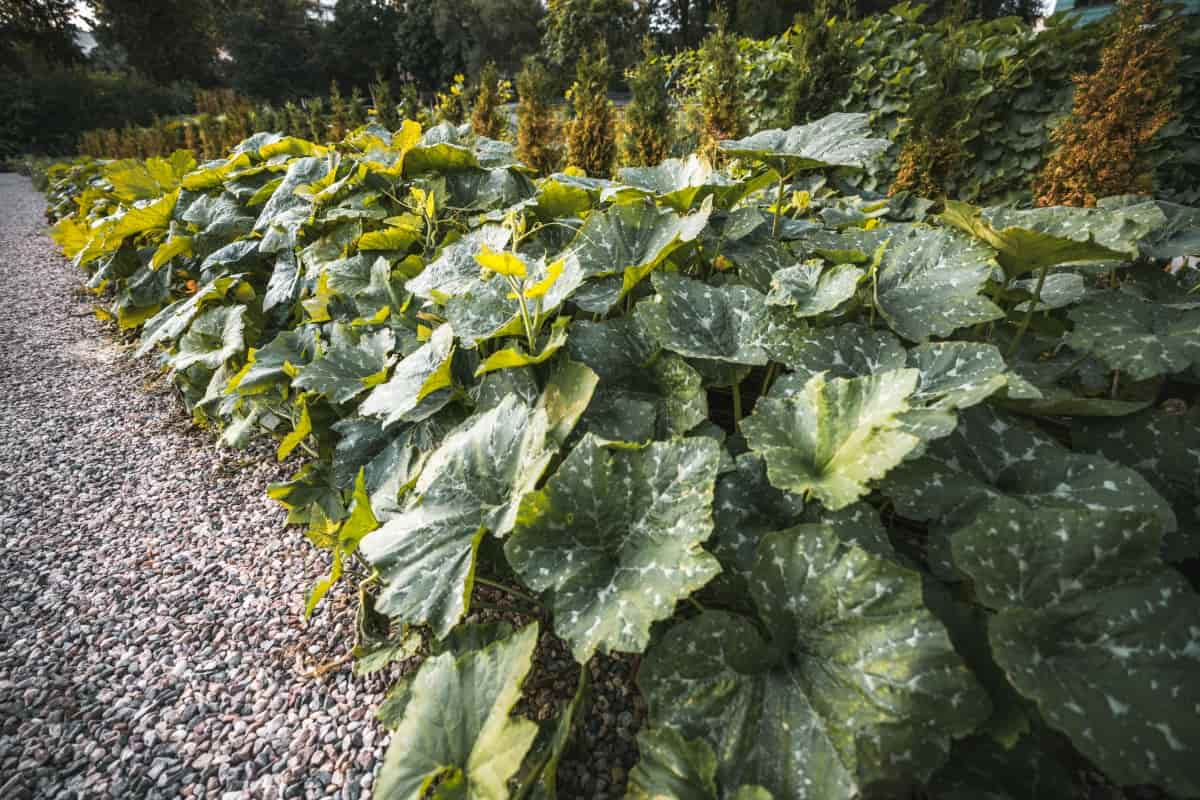
Conclusion
Incorporating homemade fertilizers and Organic Squash Growing Tips into your Squash garden is not only a sustainable and cost-effective approach but also a way to promote Squash Soil Health and the productivity of your plants. Remember to experiment with proportions and application methods based on your specific growing conditions until you find what works best for your garden. With a little patience and dedication toward creating homemade fertilizers suited for Squash cultivation, you’ll be rewarded with bountiful harvests year after year.
- Asparagus Seed Germination and Variety Selection
- Seasonal Flower Gardening: Best Practices for Spring, Summer, Fall, and Winter
- How to Grow Hibiscus from Flower
- Plantation Ideas for Home Decoration: A Beginners Guide
- Flower Garden Designs and Layouts for Beginners
- Planting and Spacing Techniques in Papaya: A Beginner’s Guide
- Growing Gold: Essential Techniques for Planting Pineapples
- How to Make Kalanchoe Plant Bushy: Home Remedies and Solutions
- 11 Reasons Why Your Gardenia is Not Blooming: Home Remedies and Solutions

